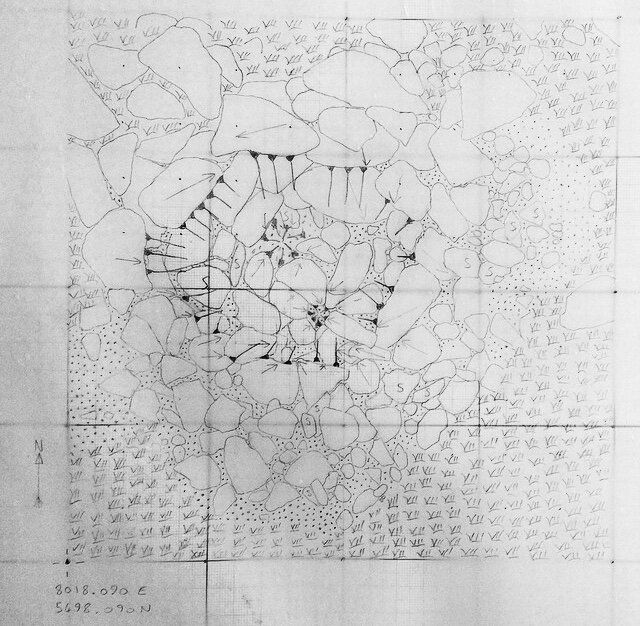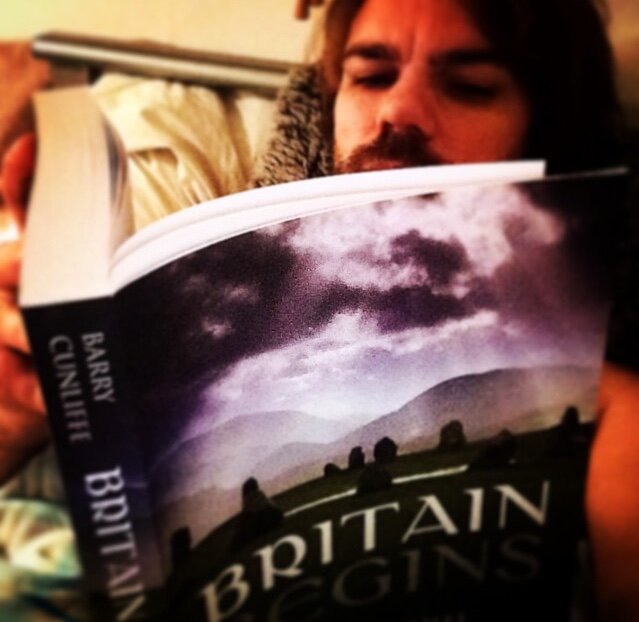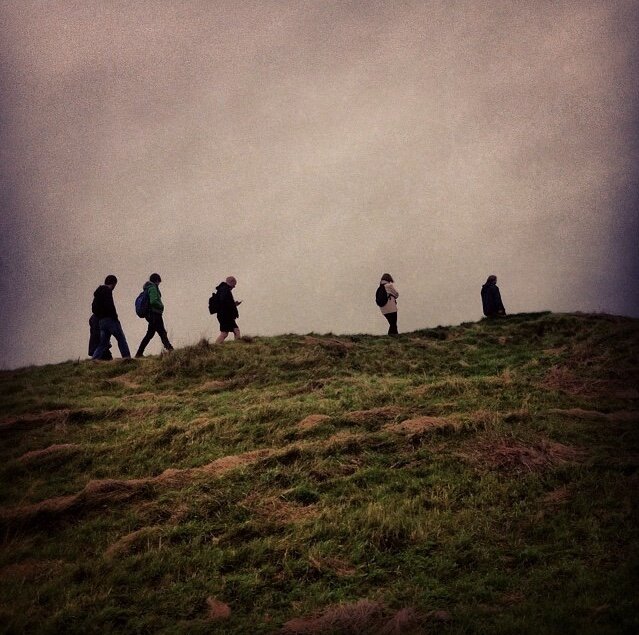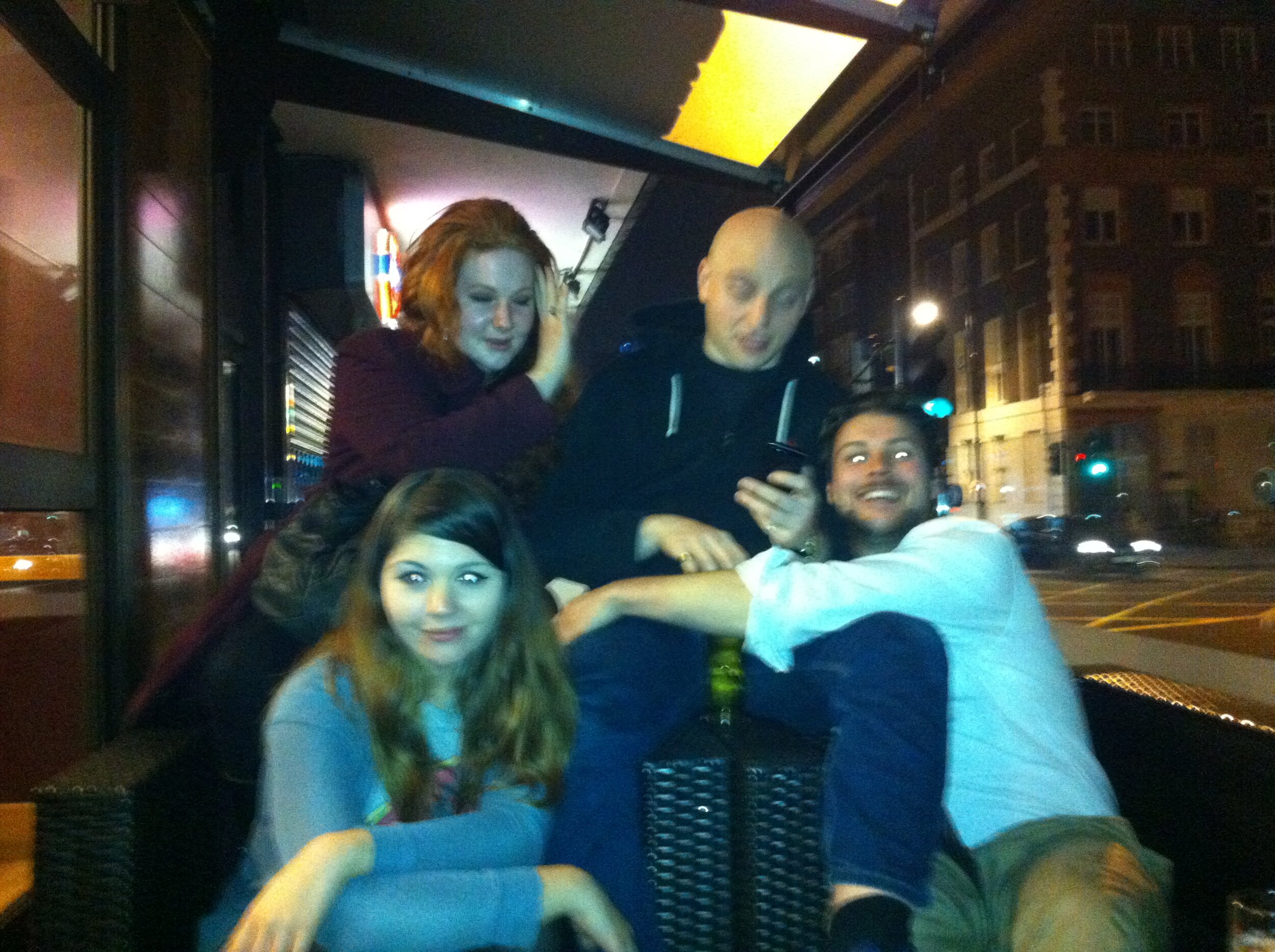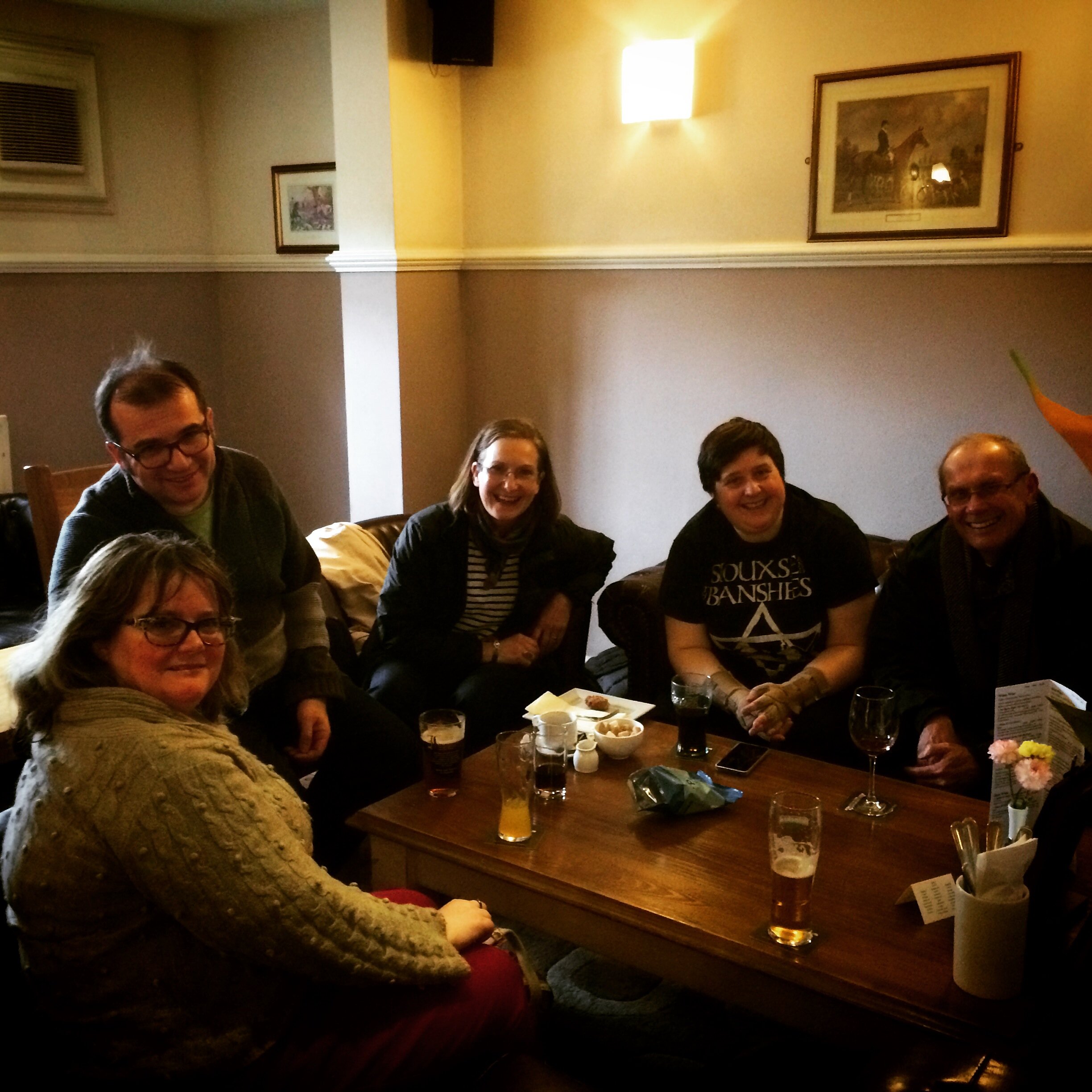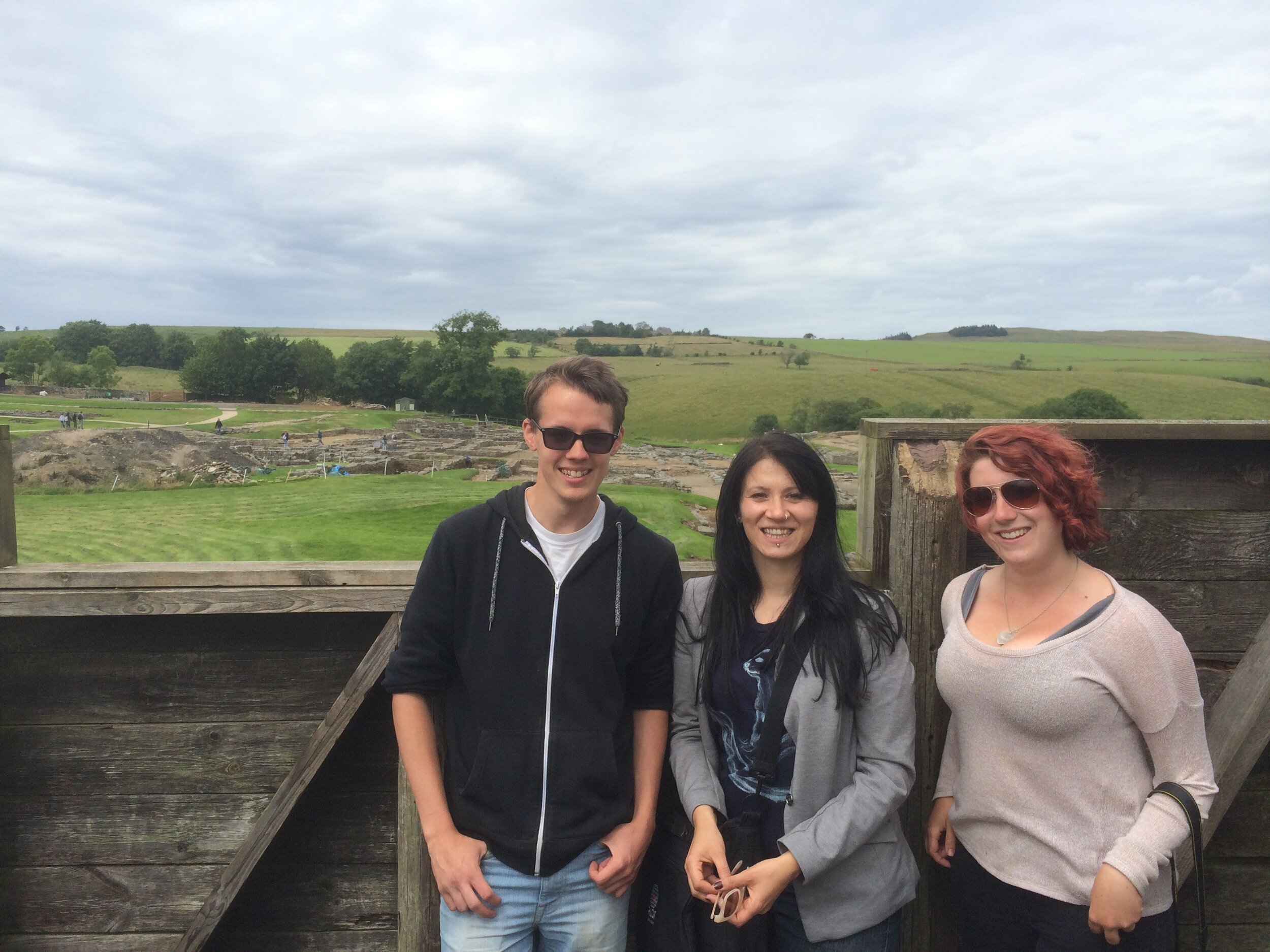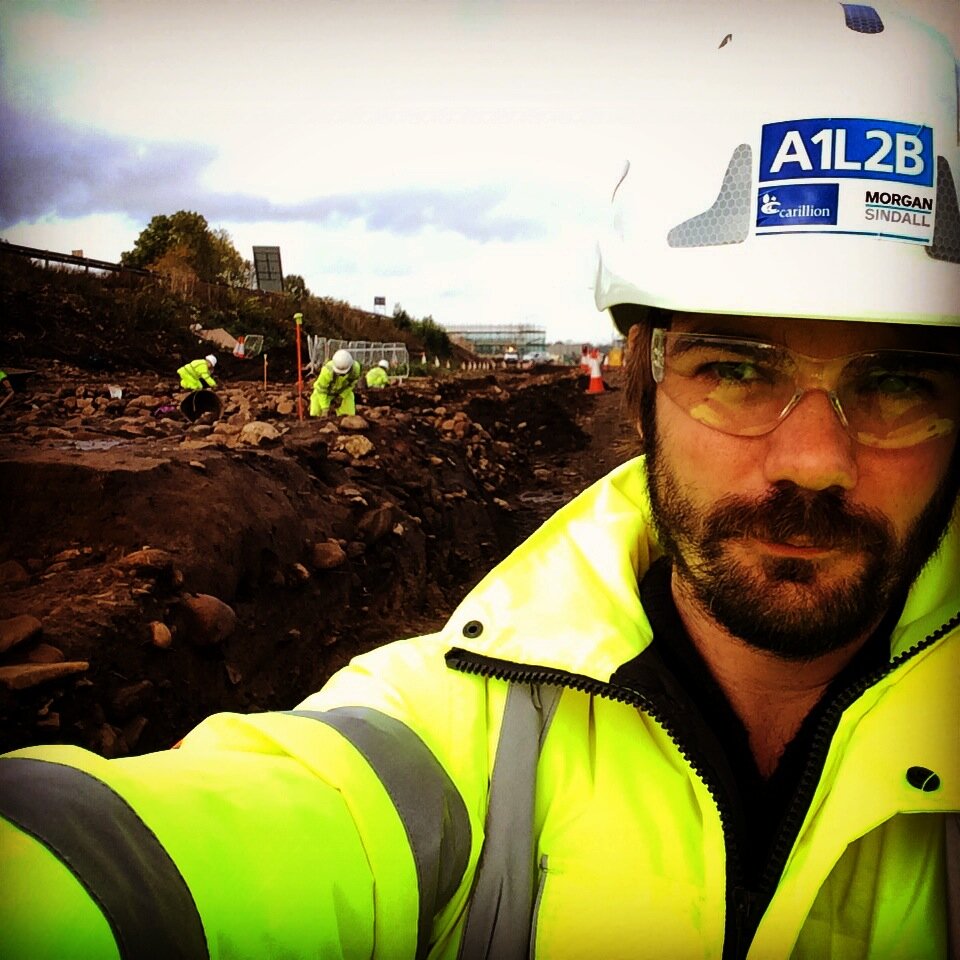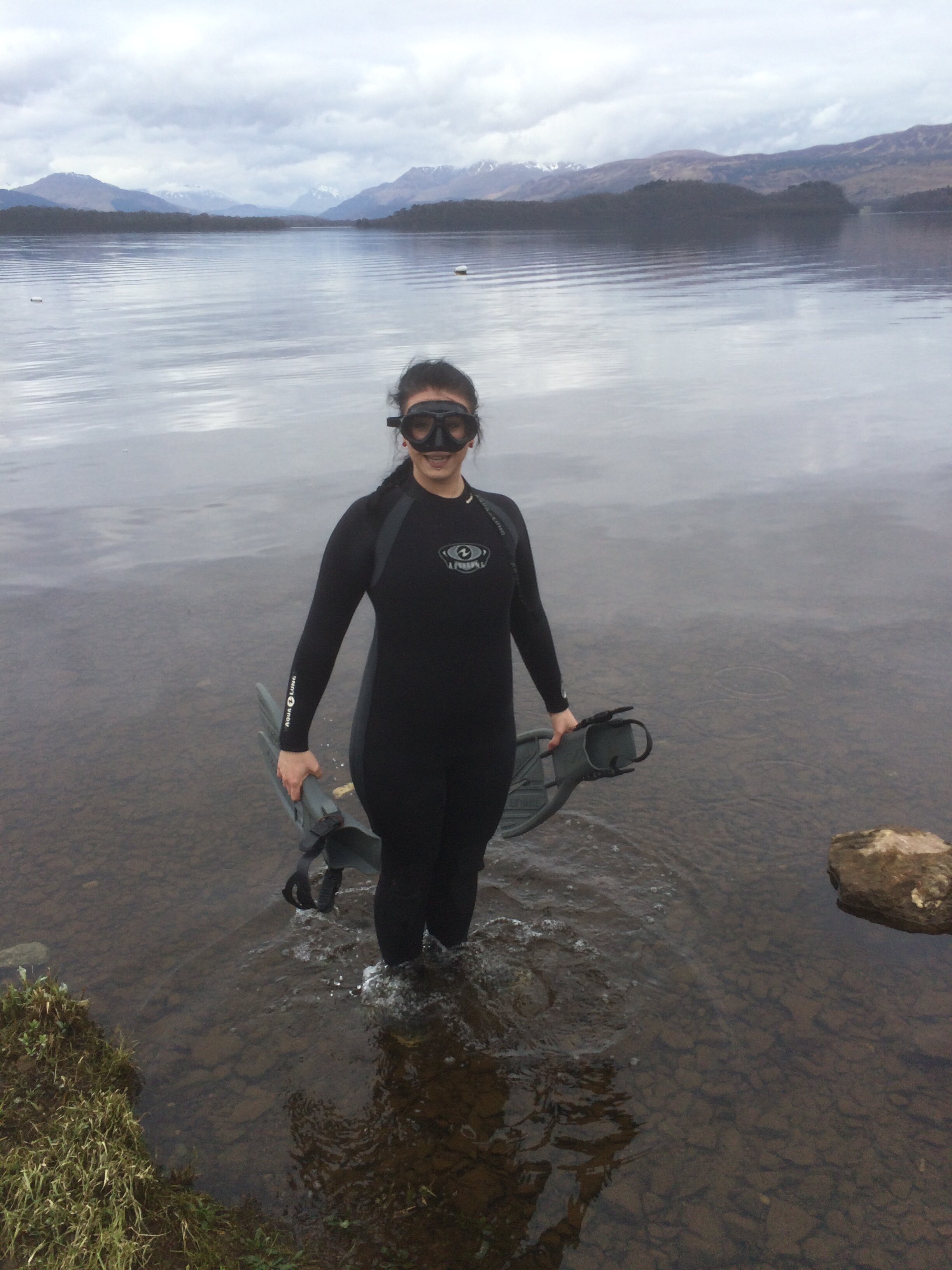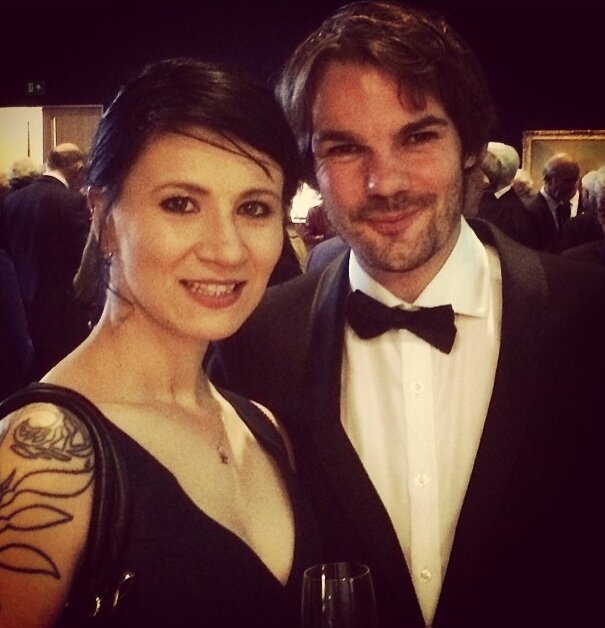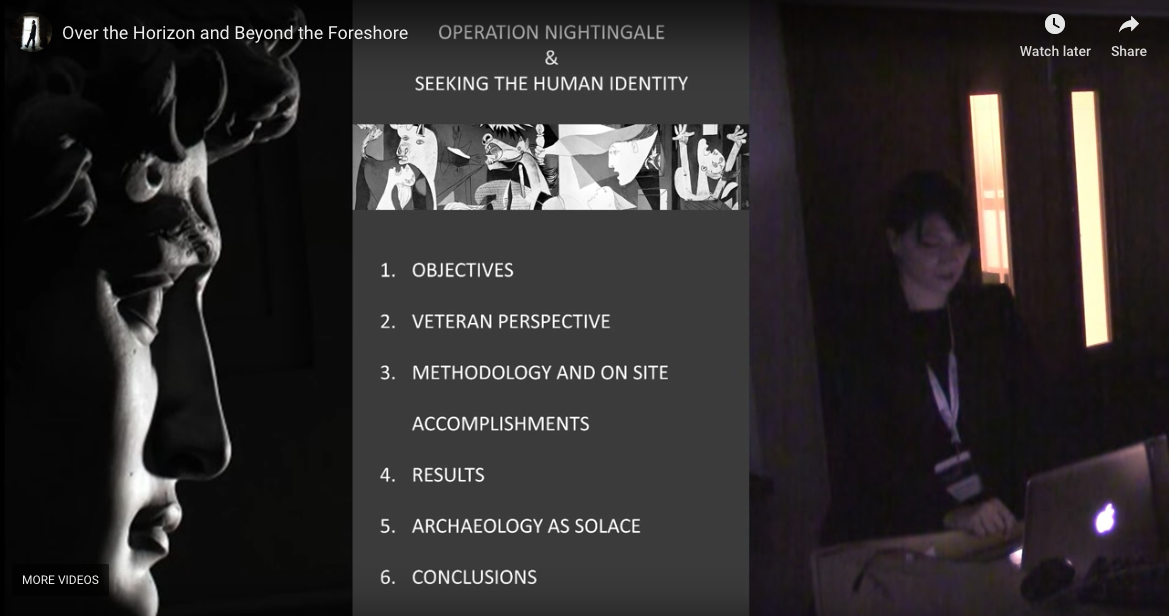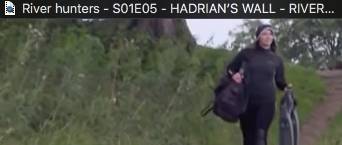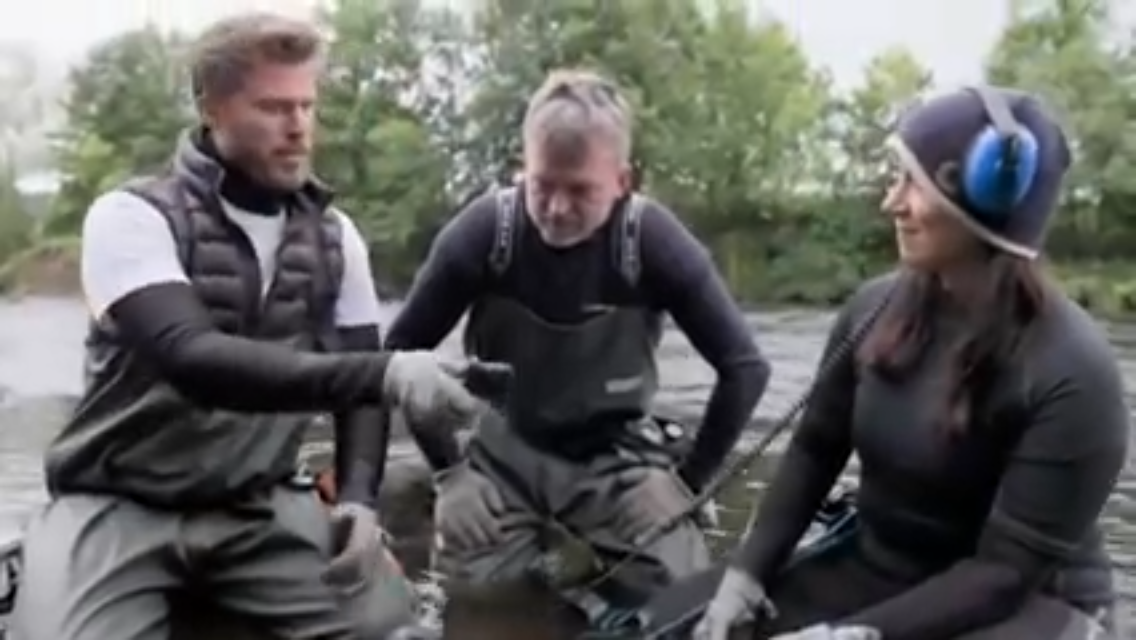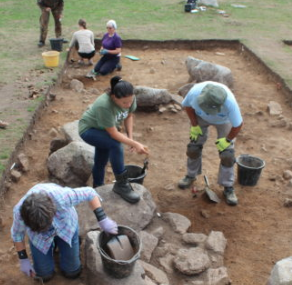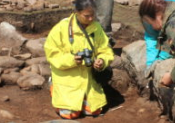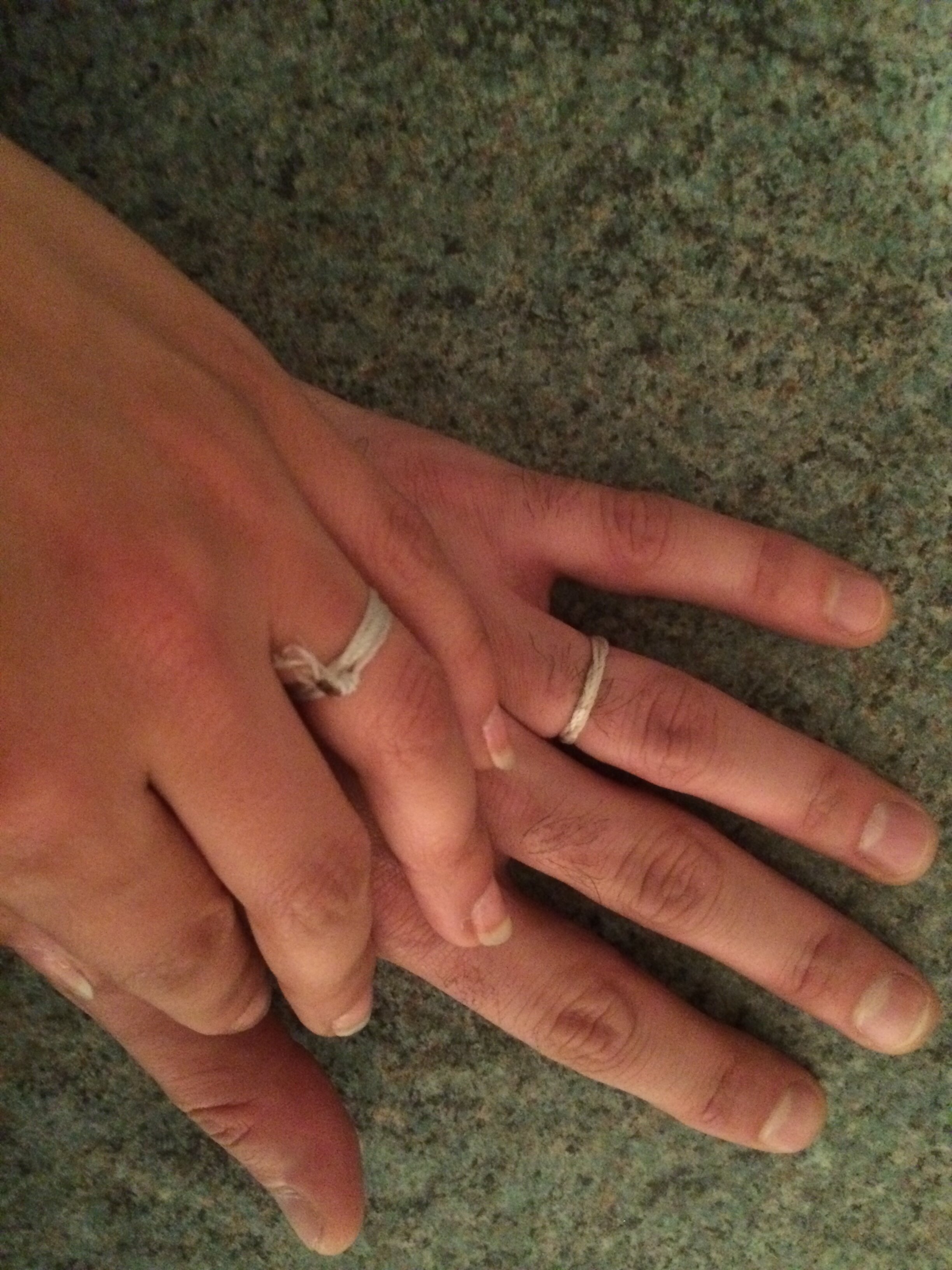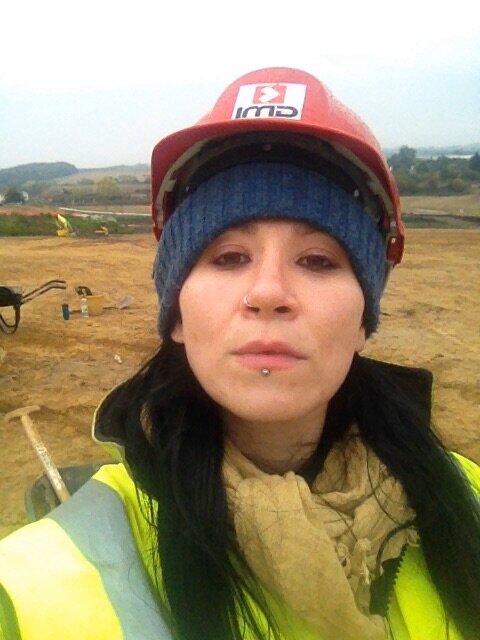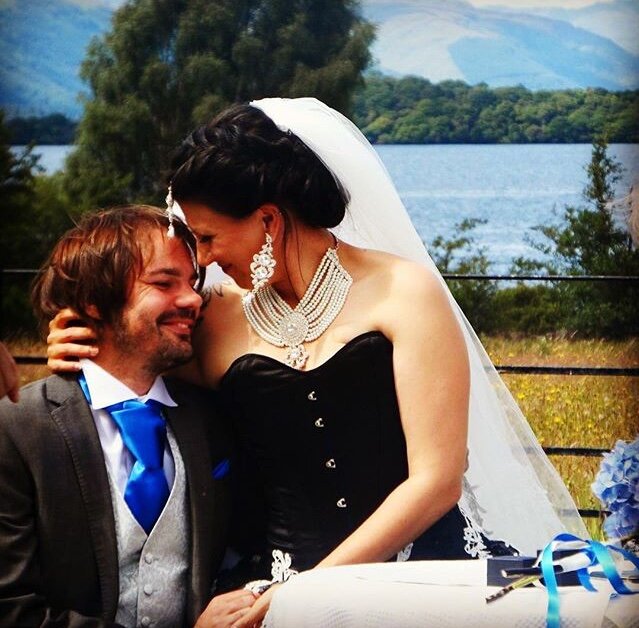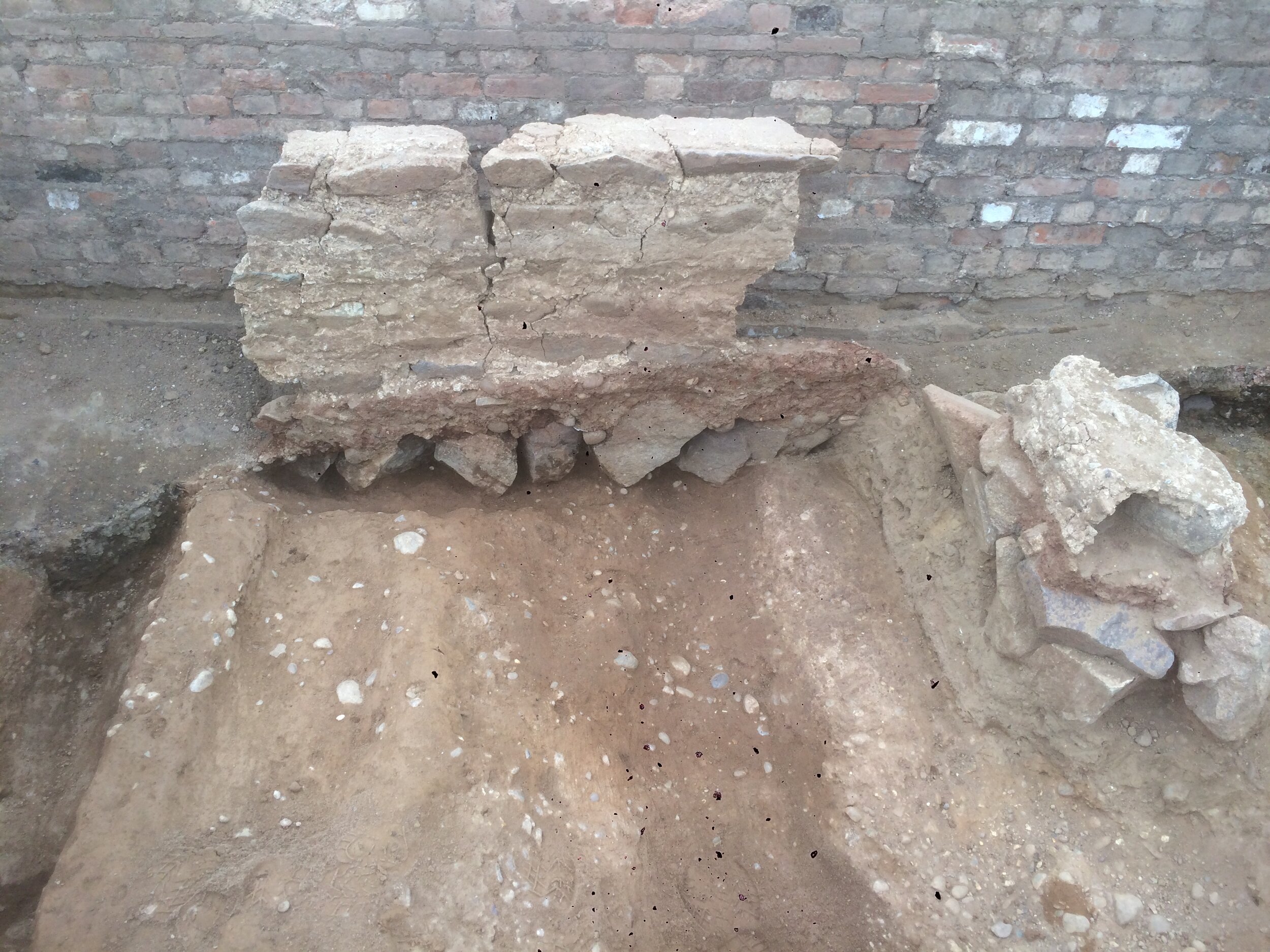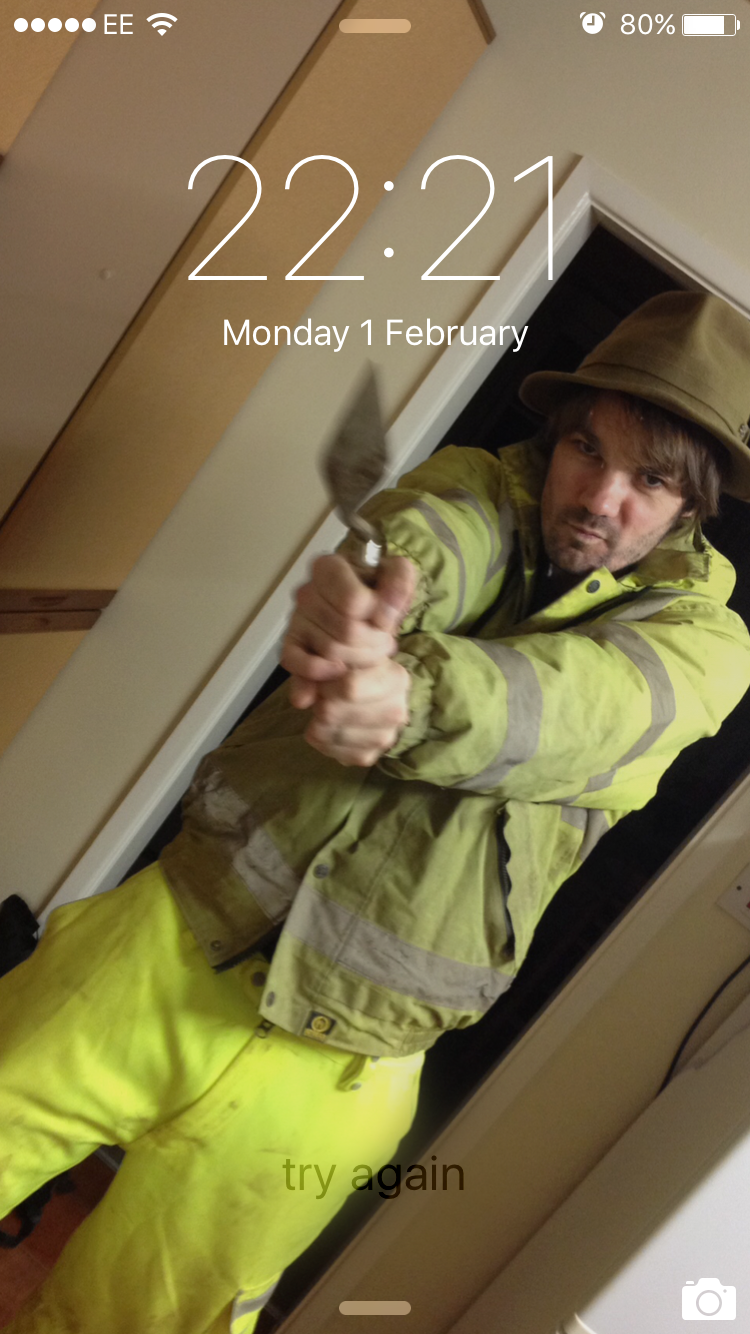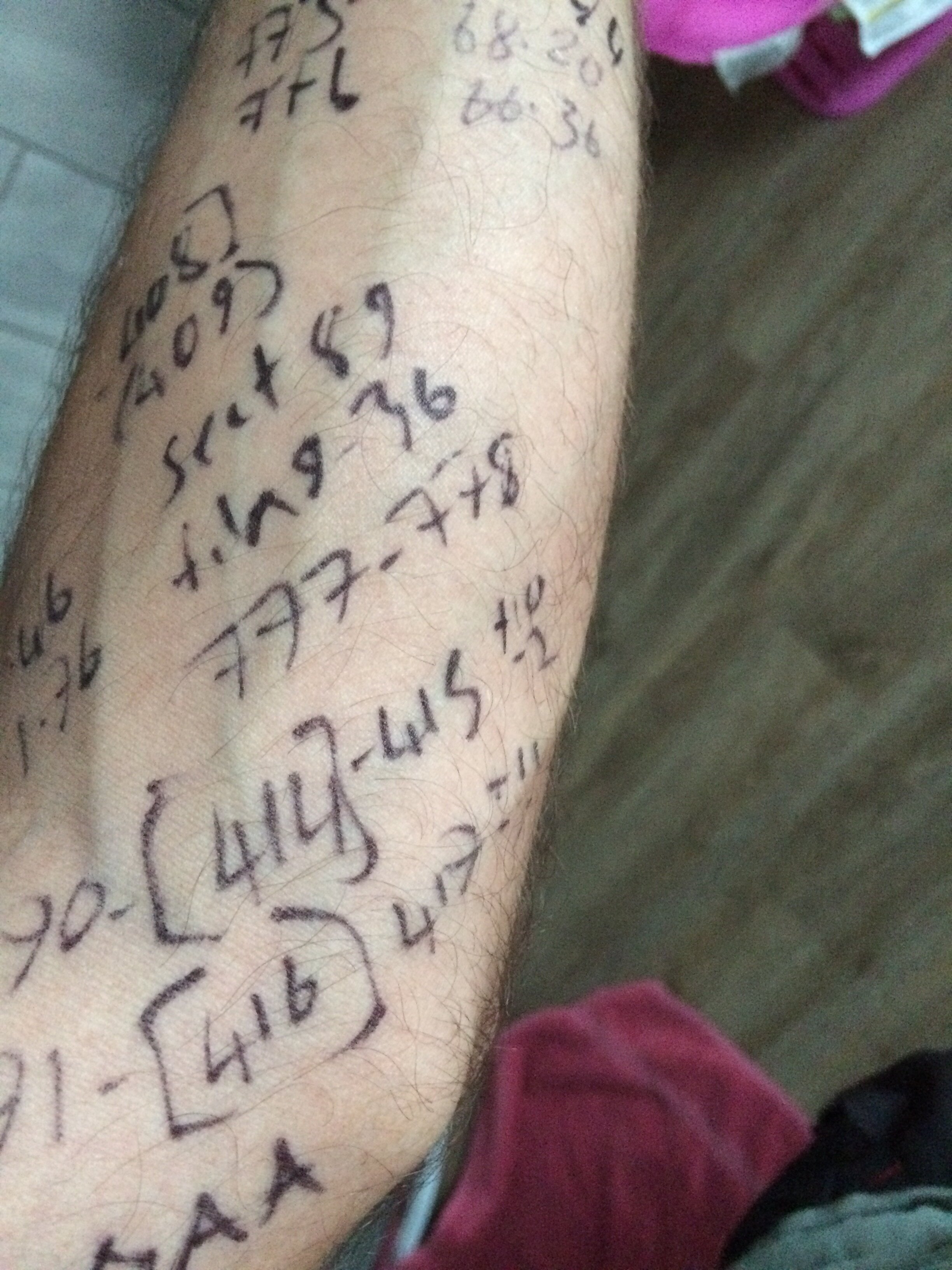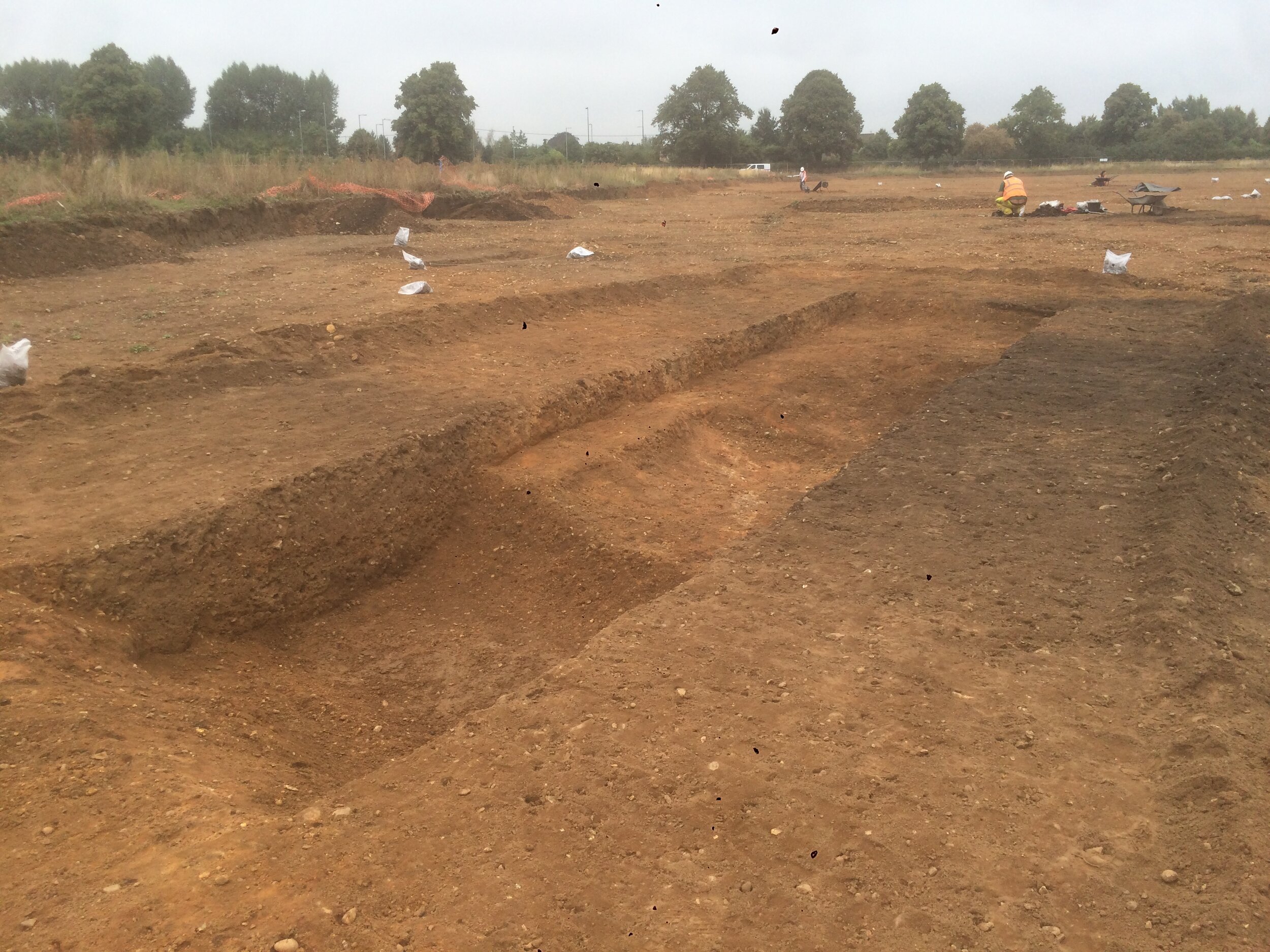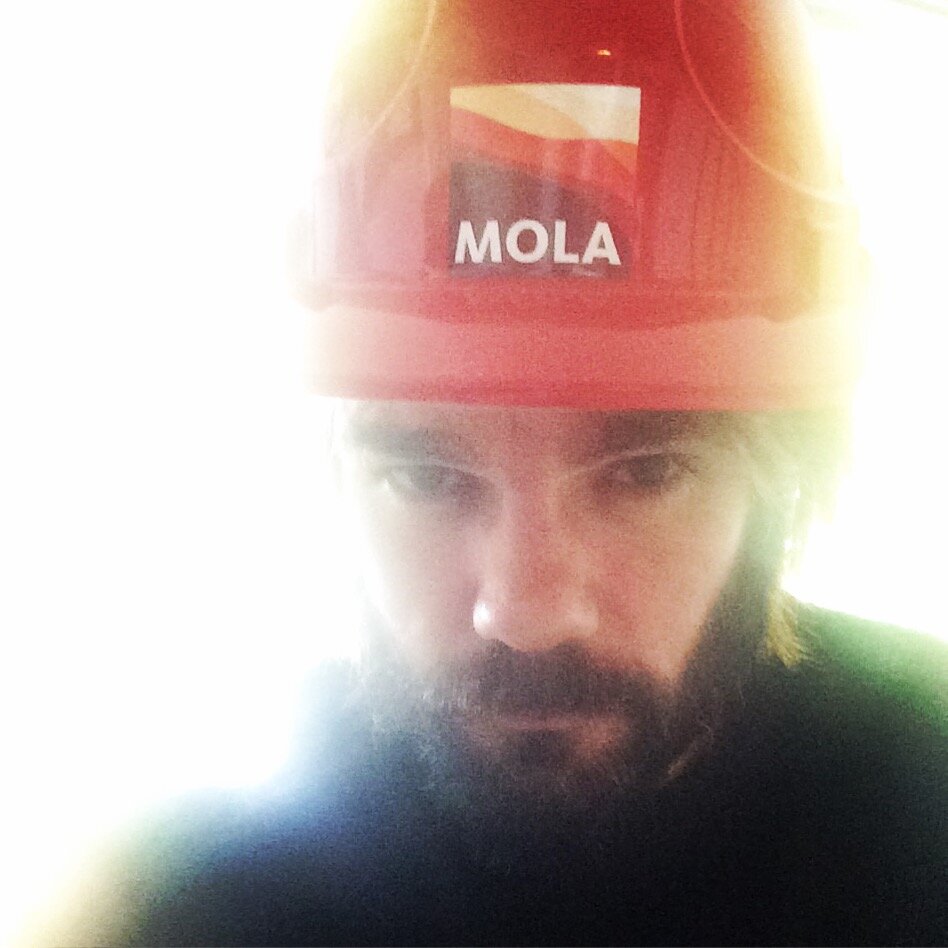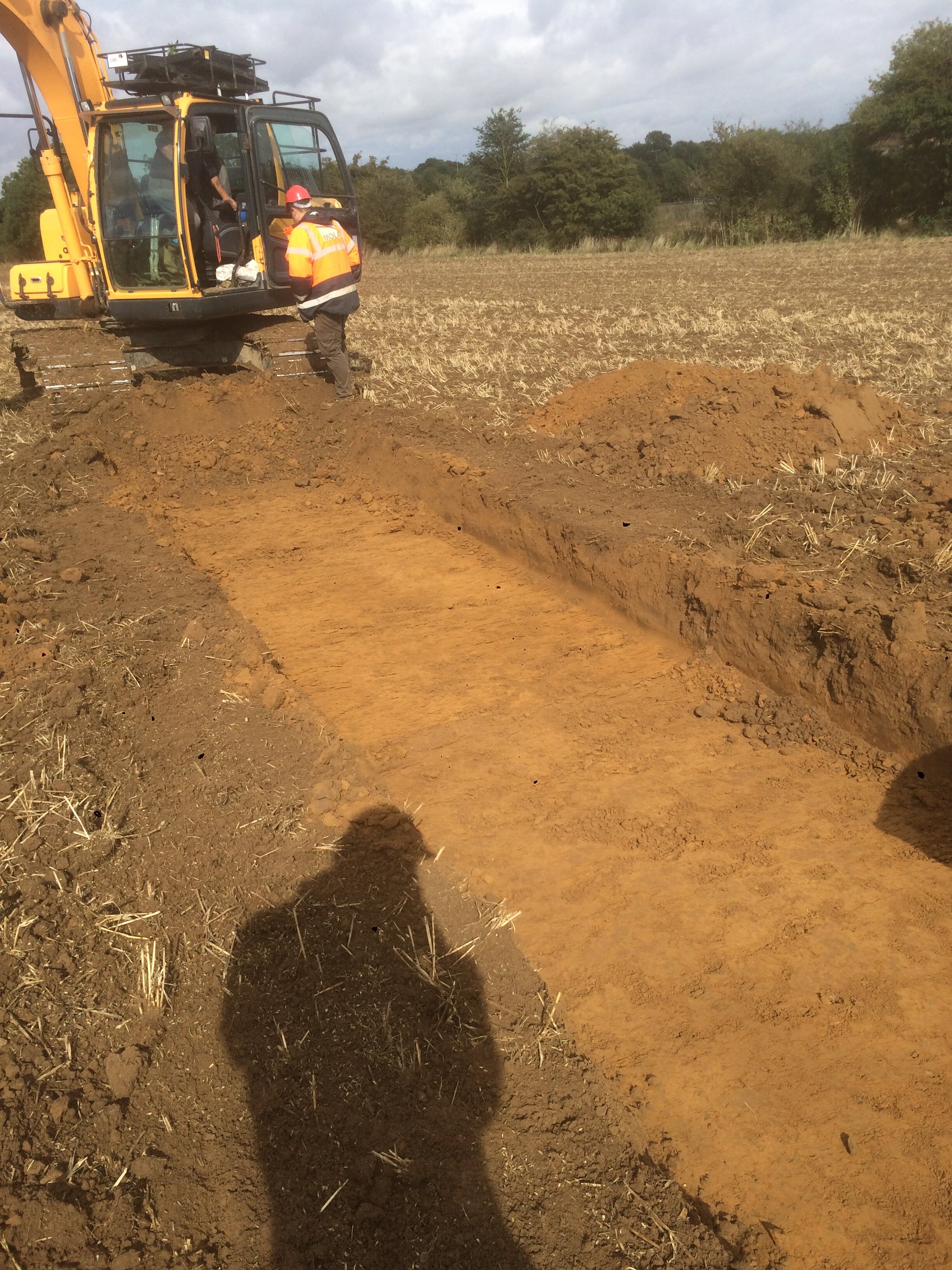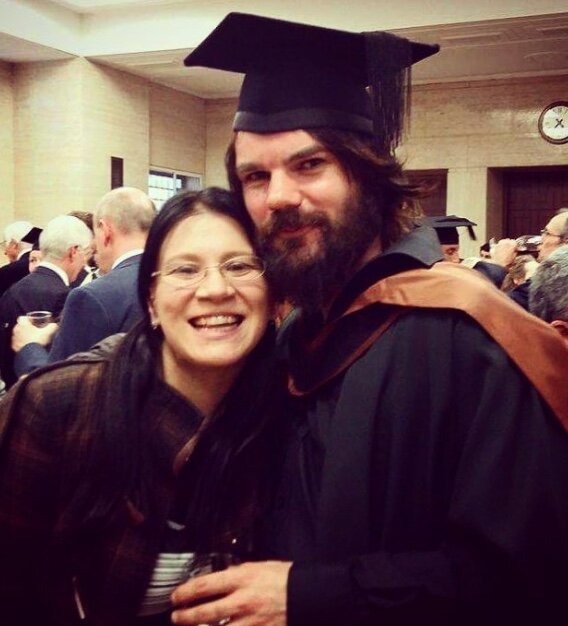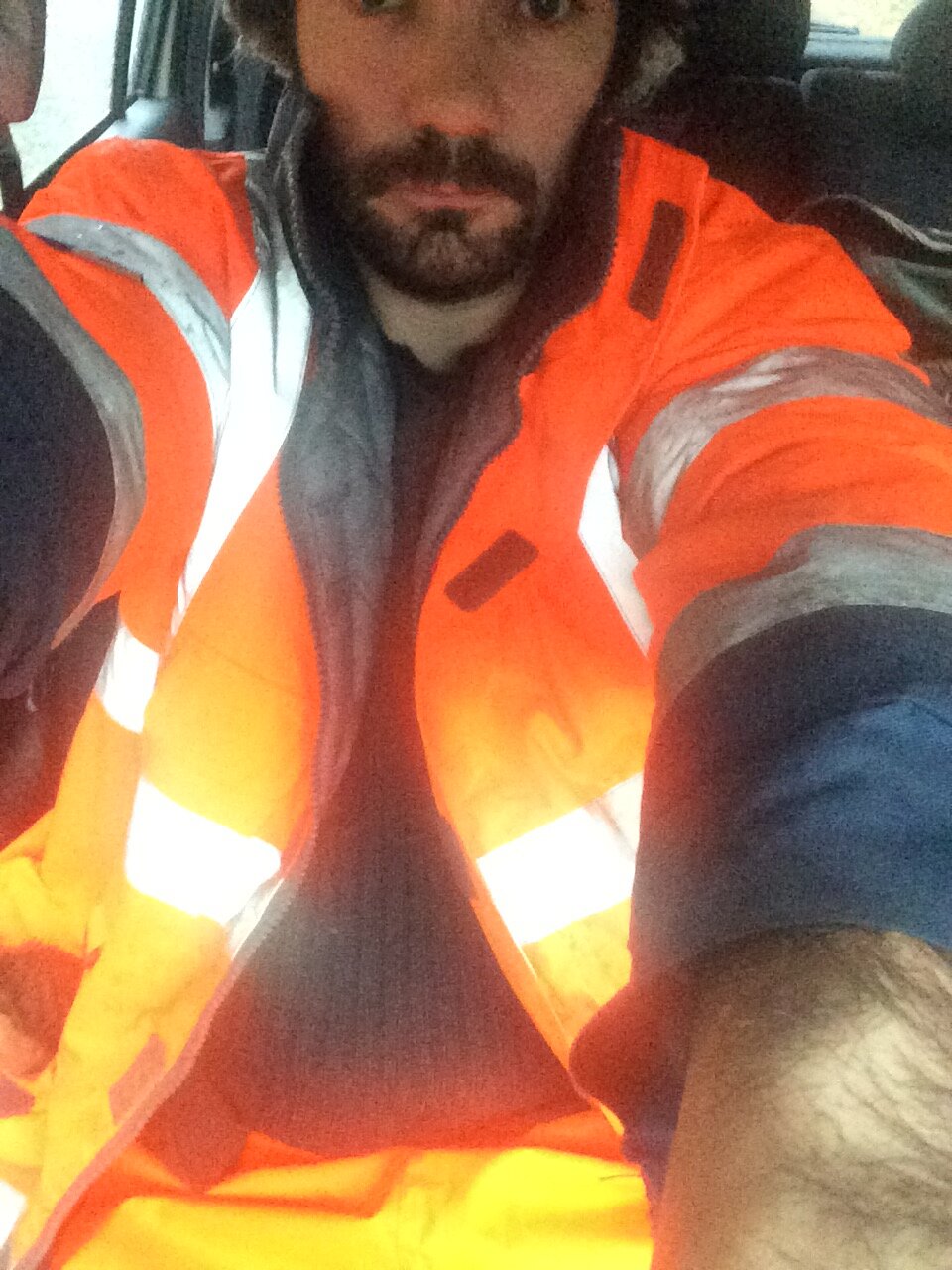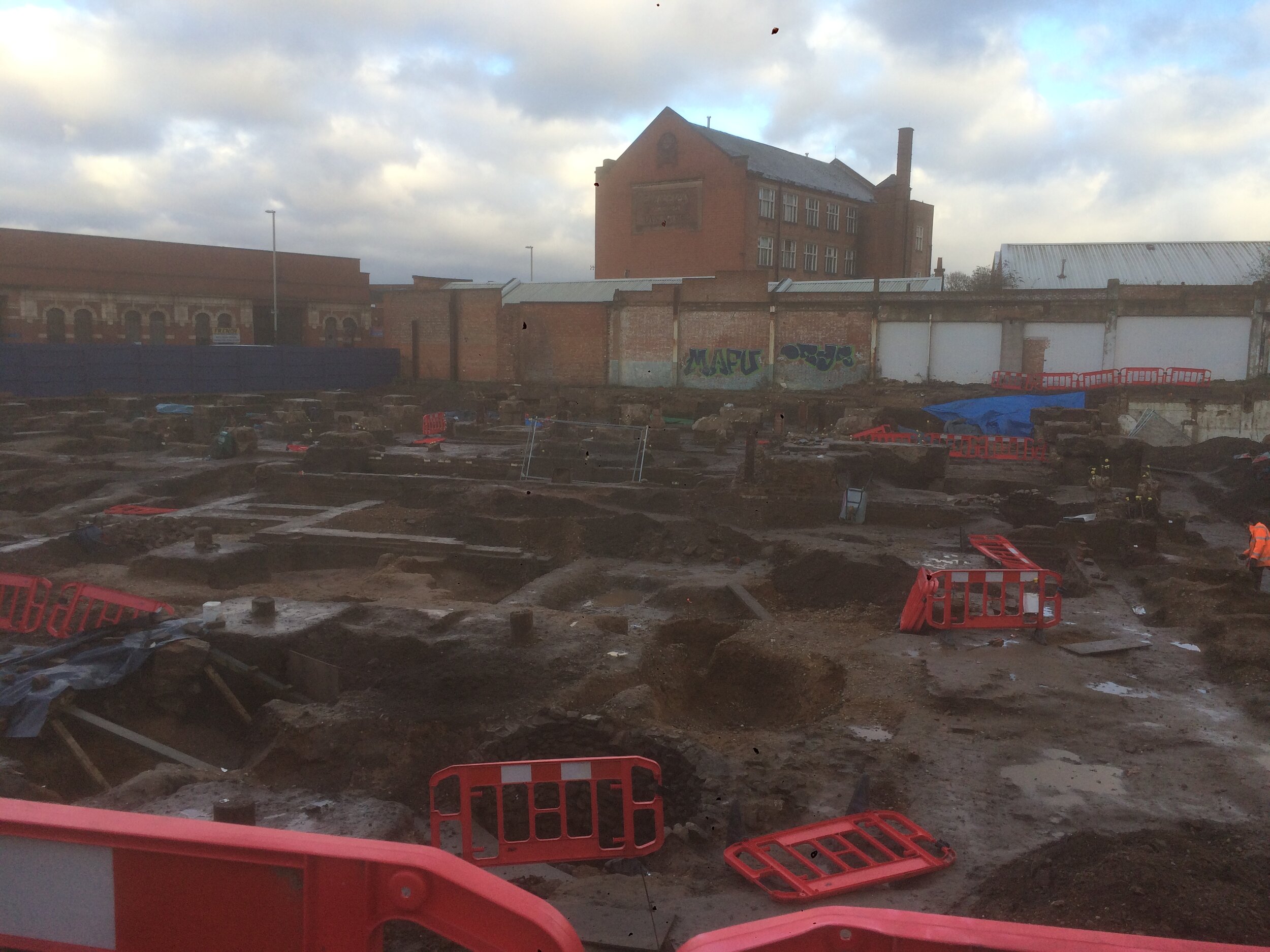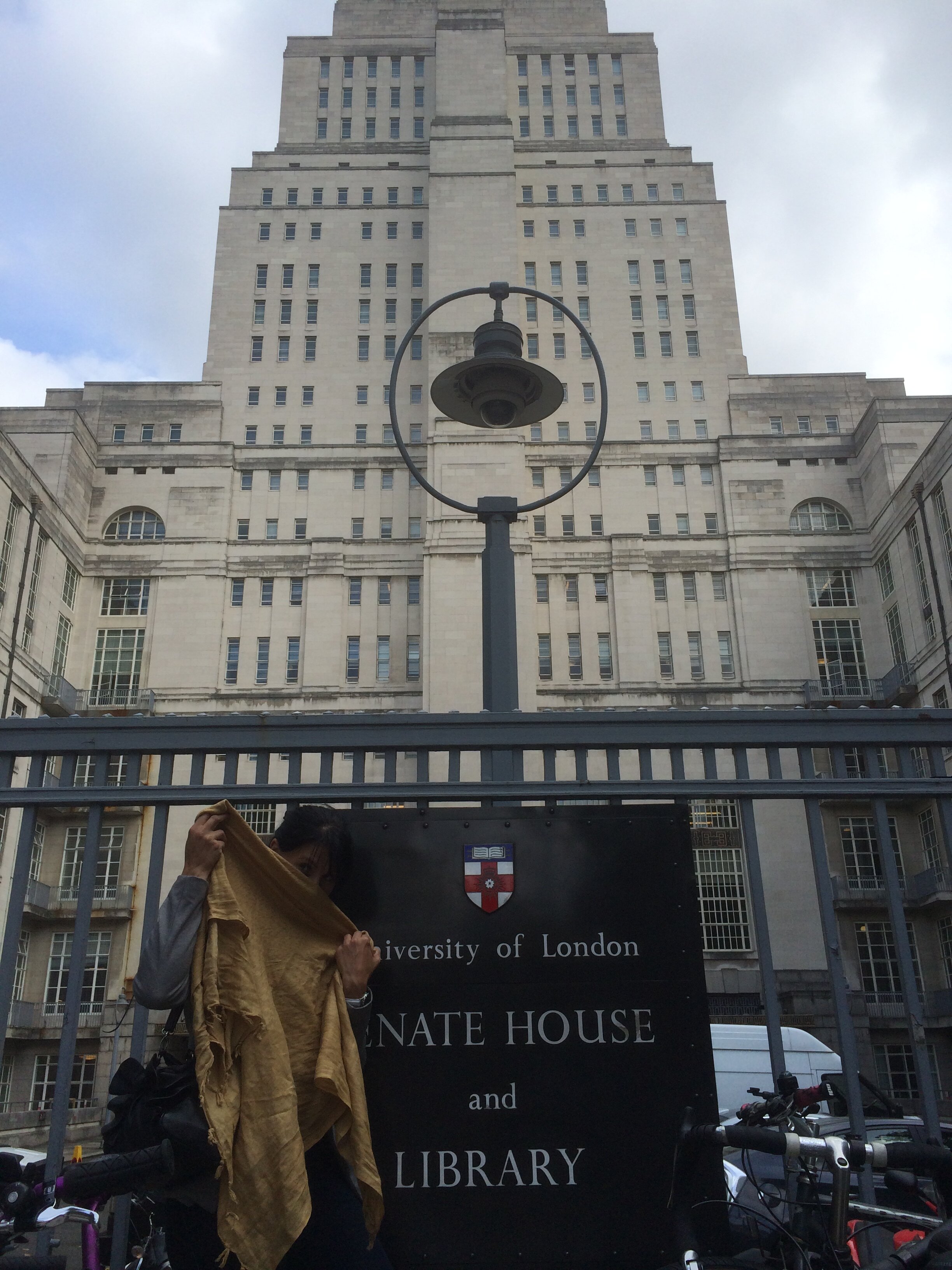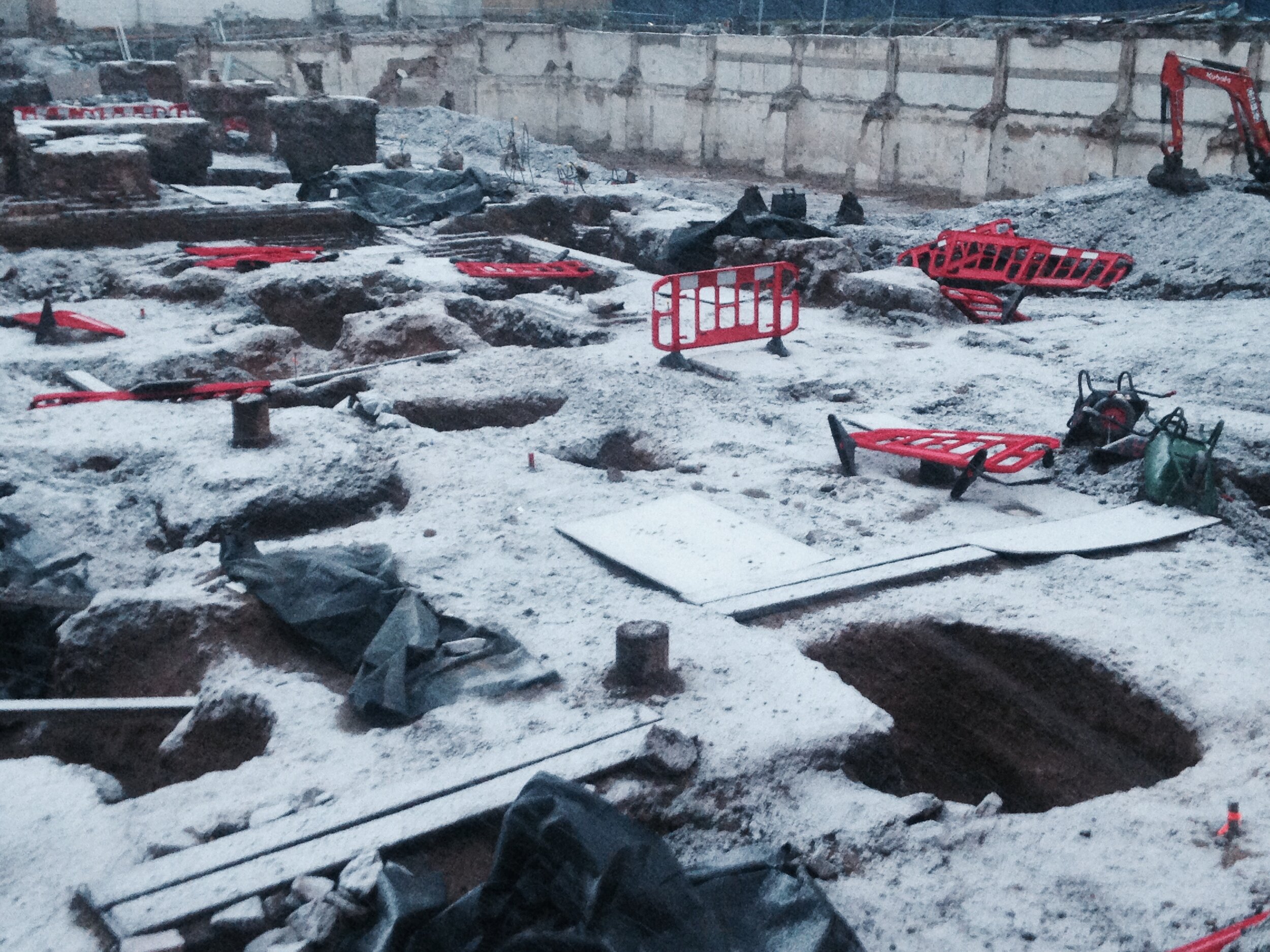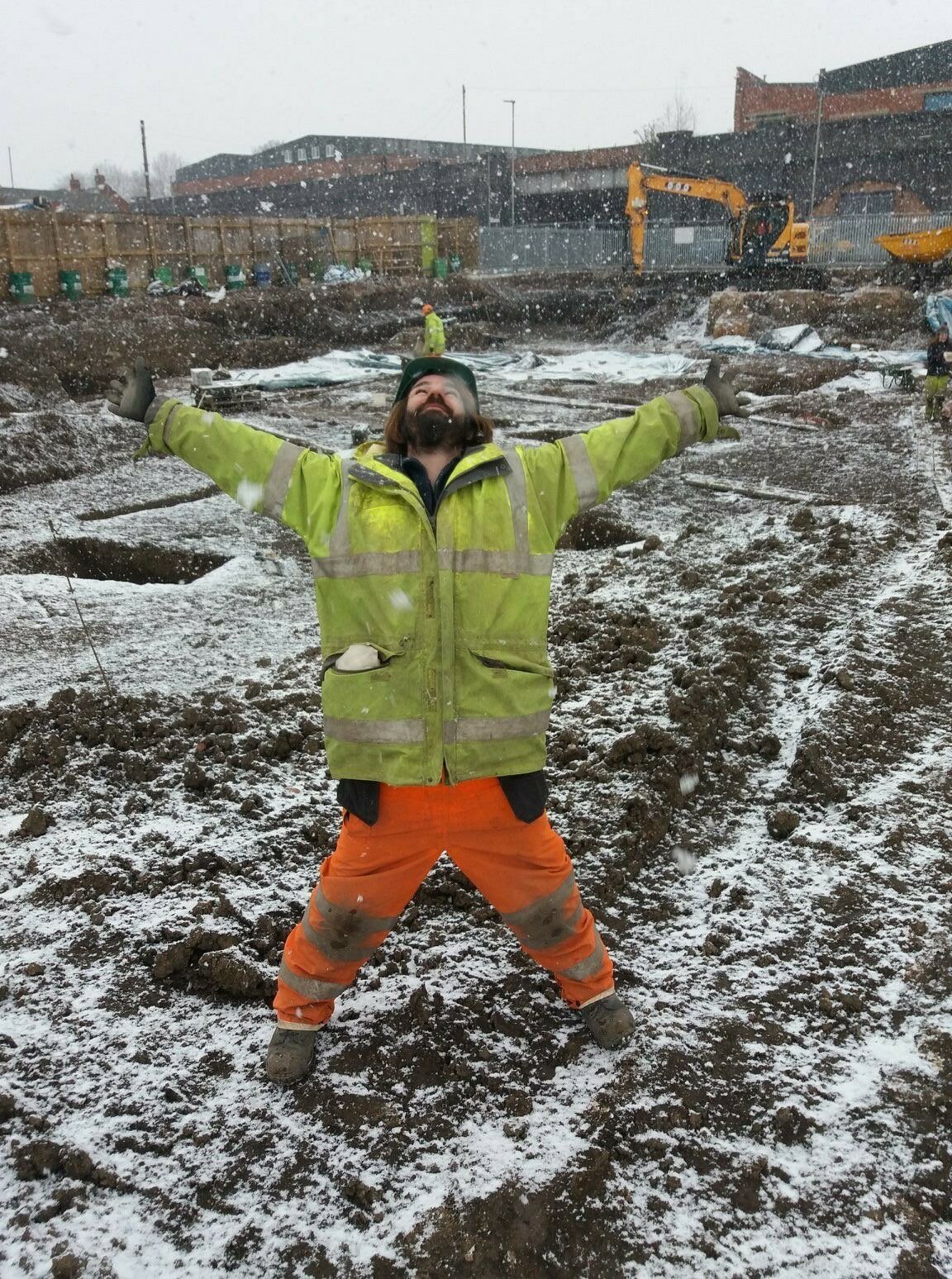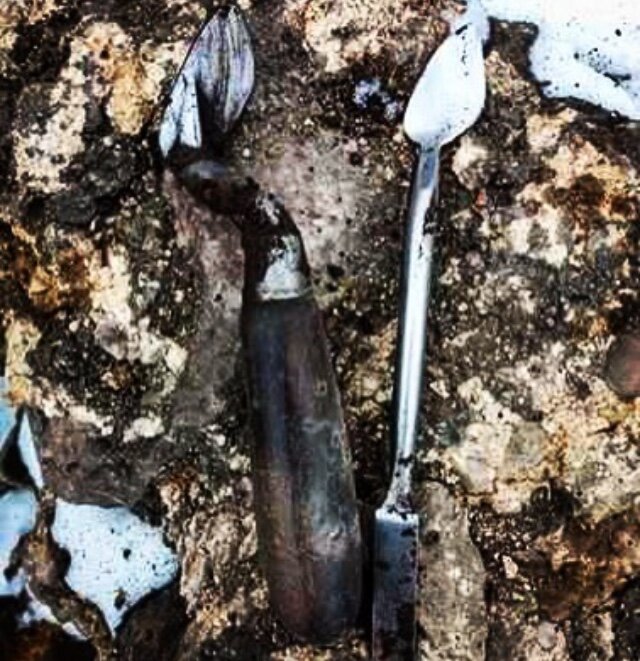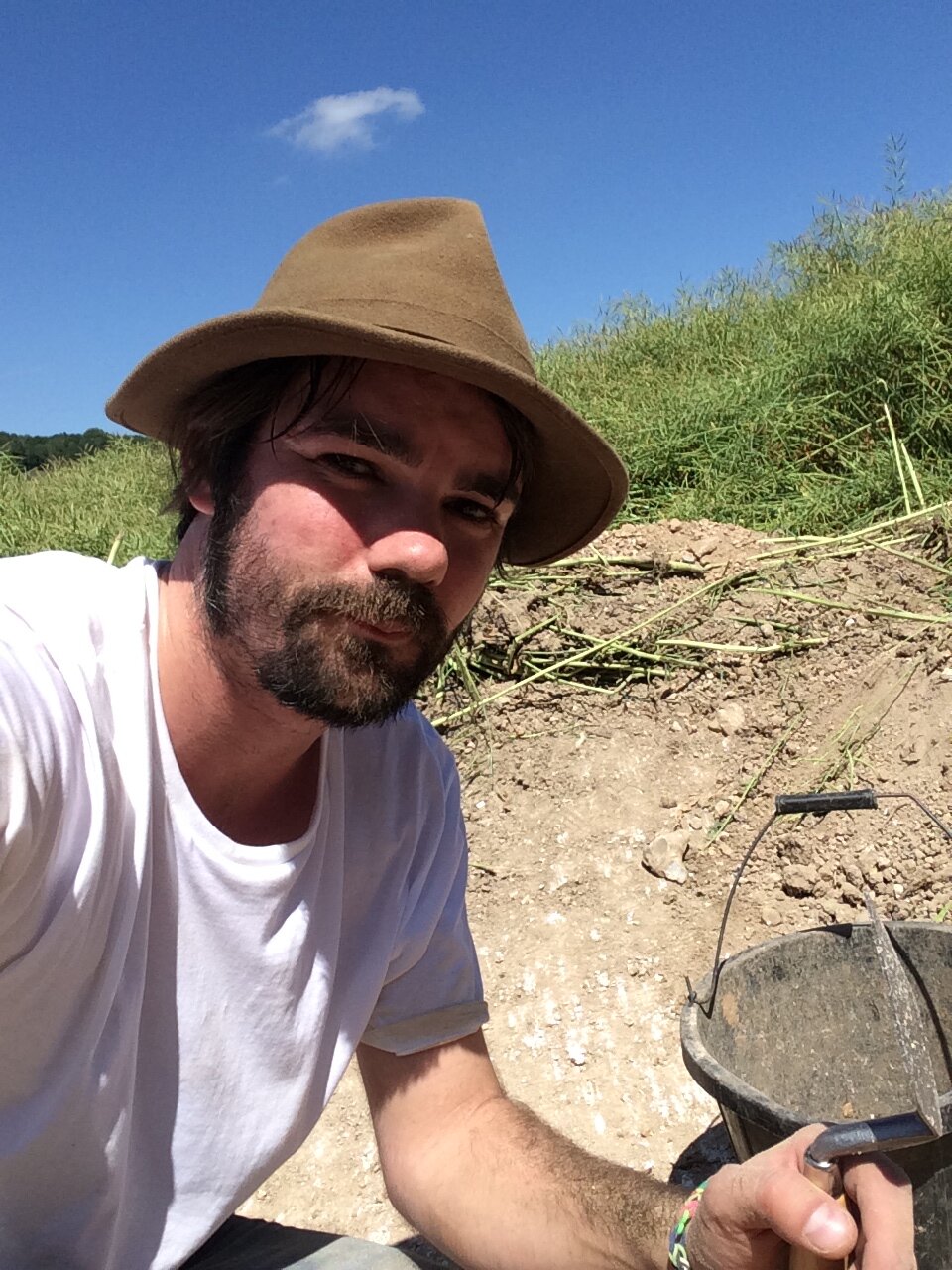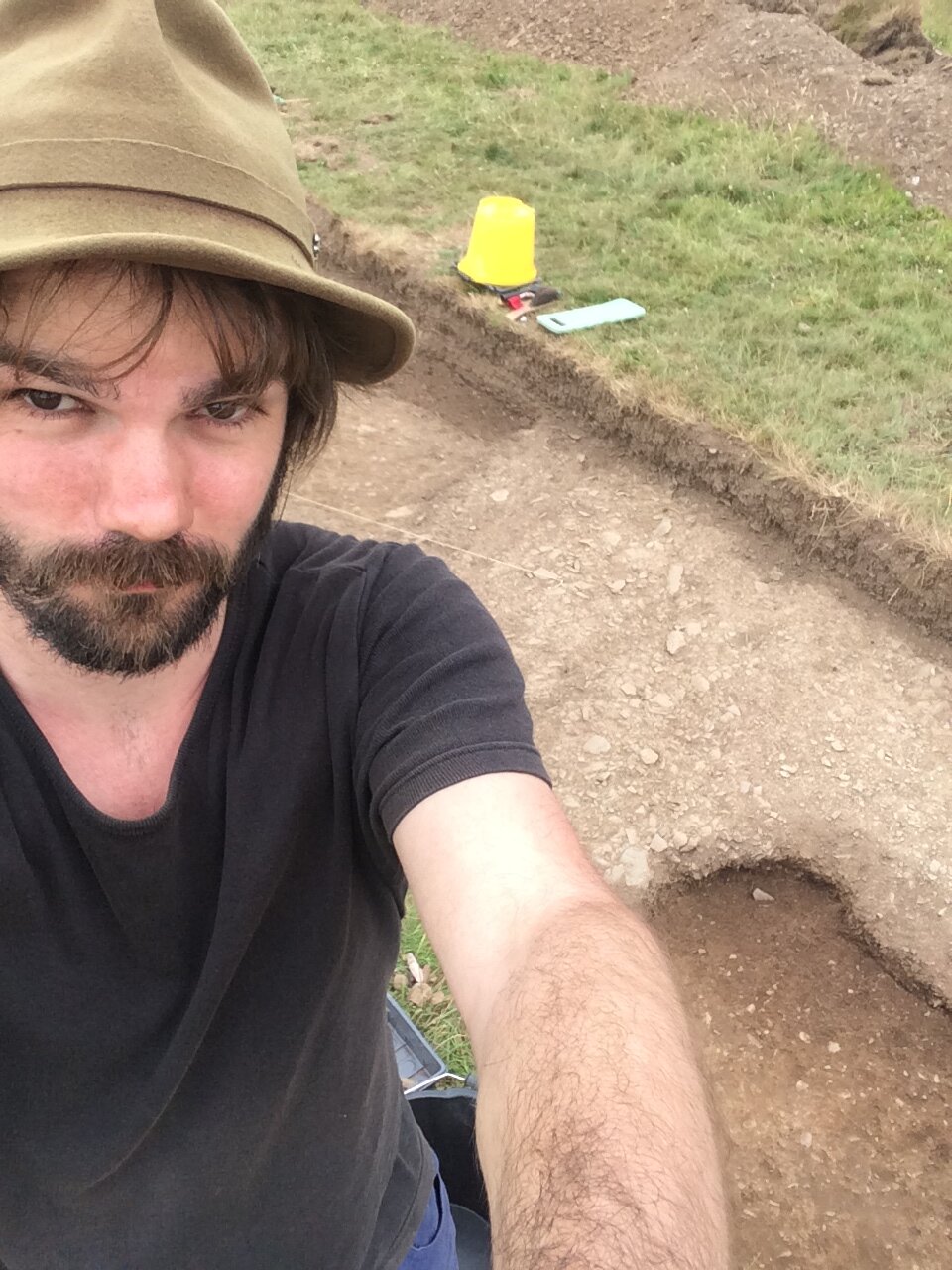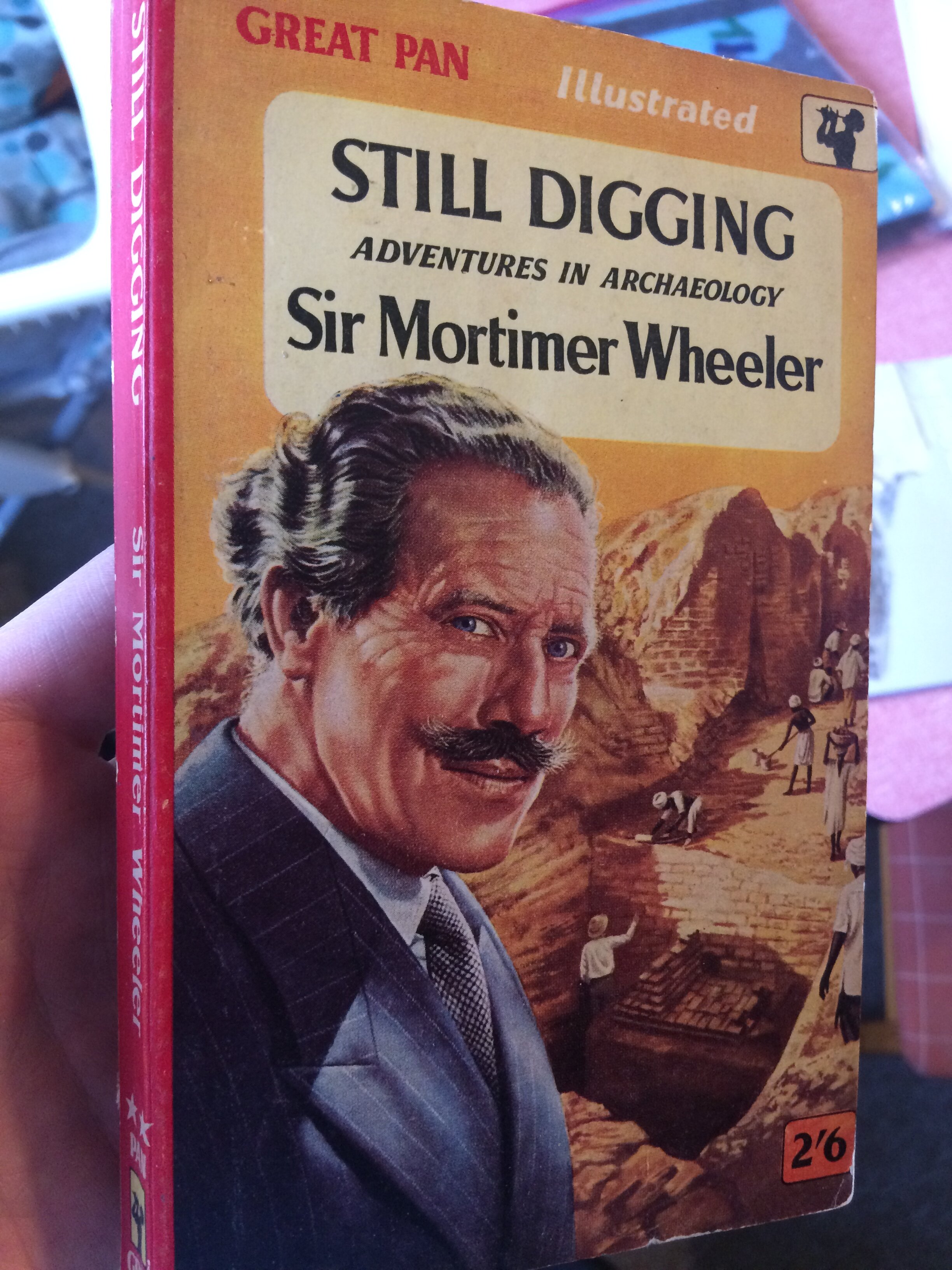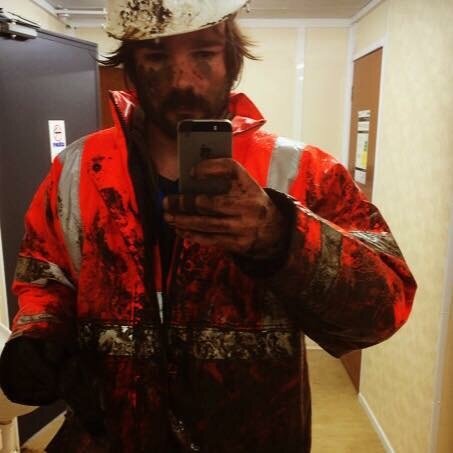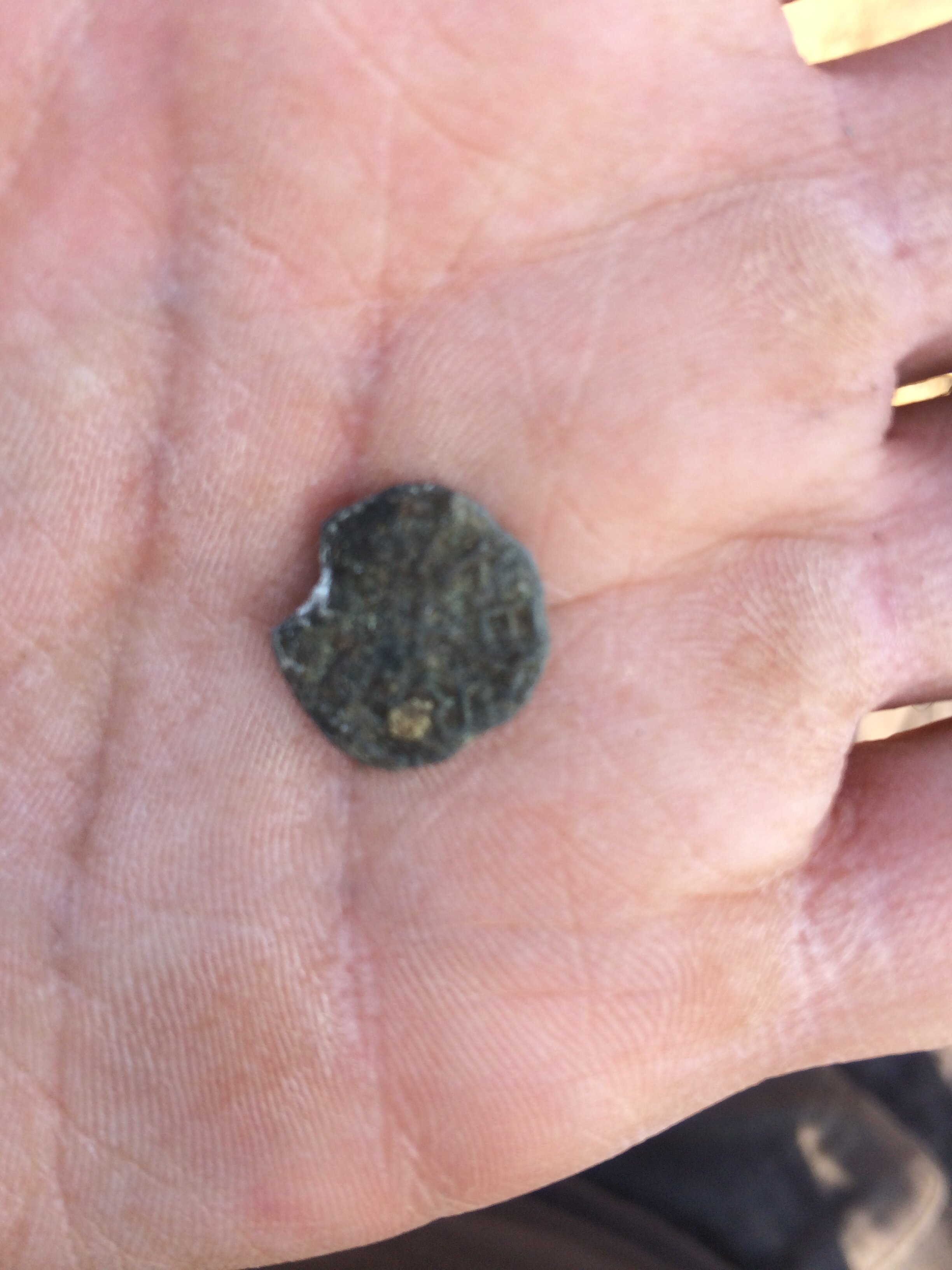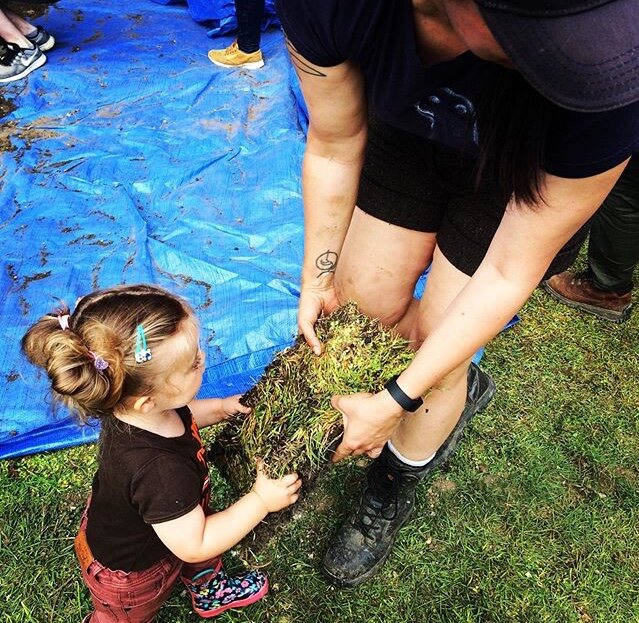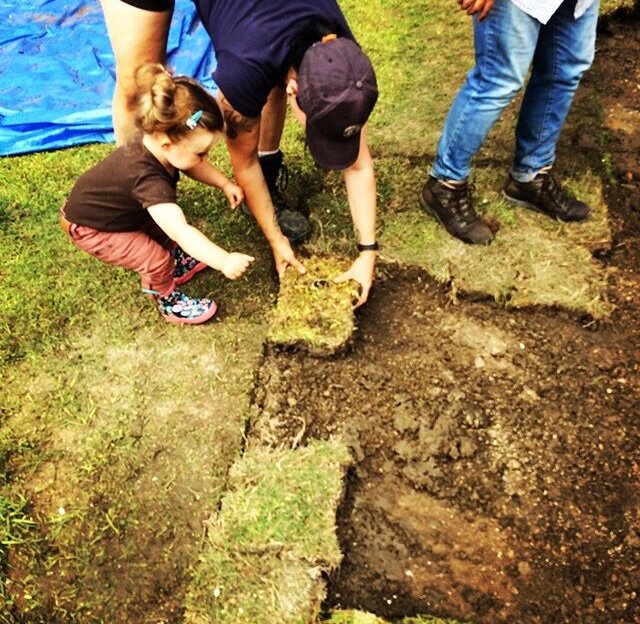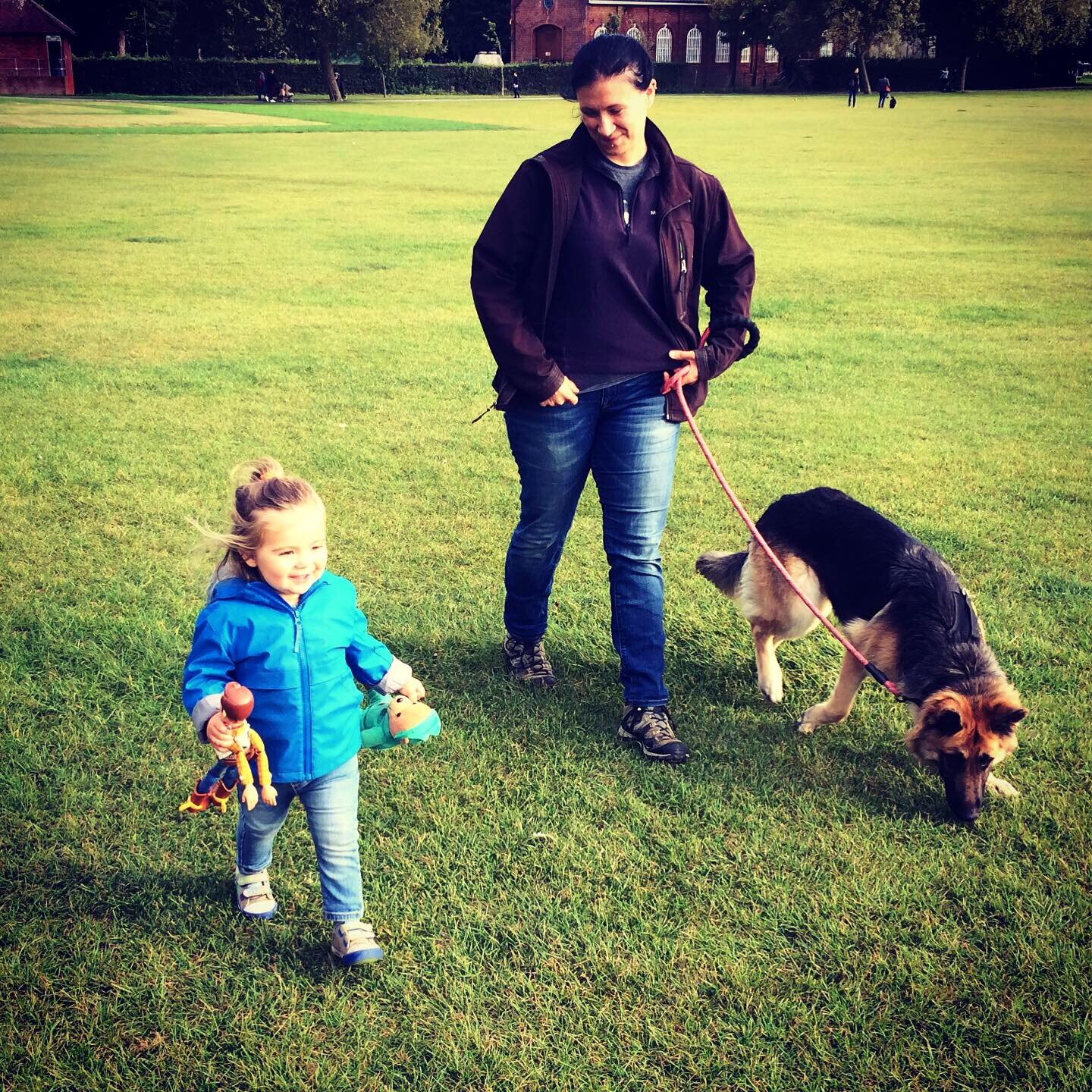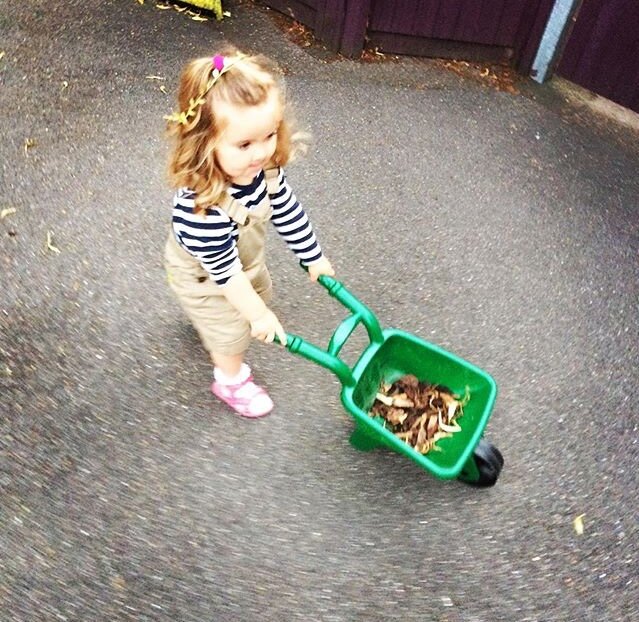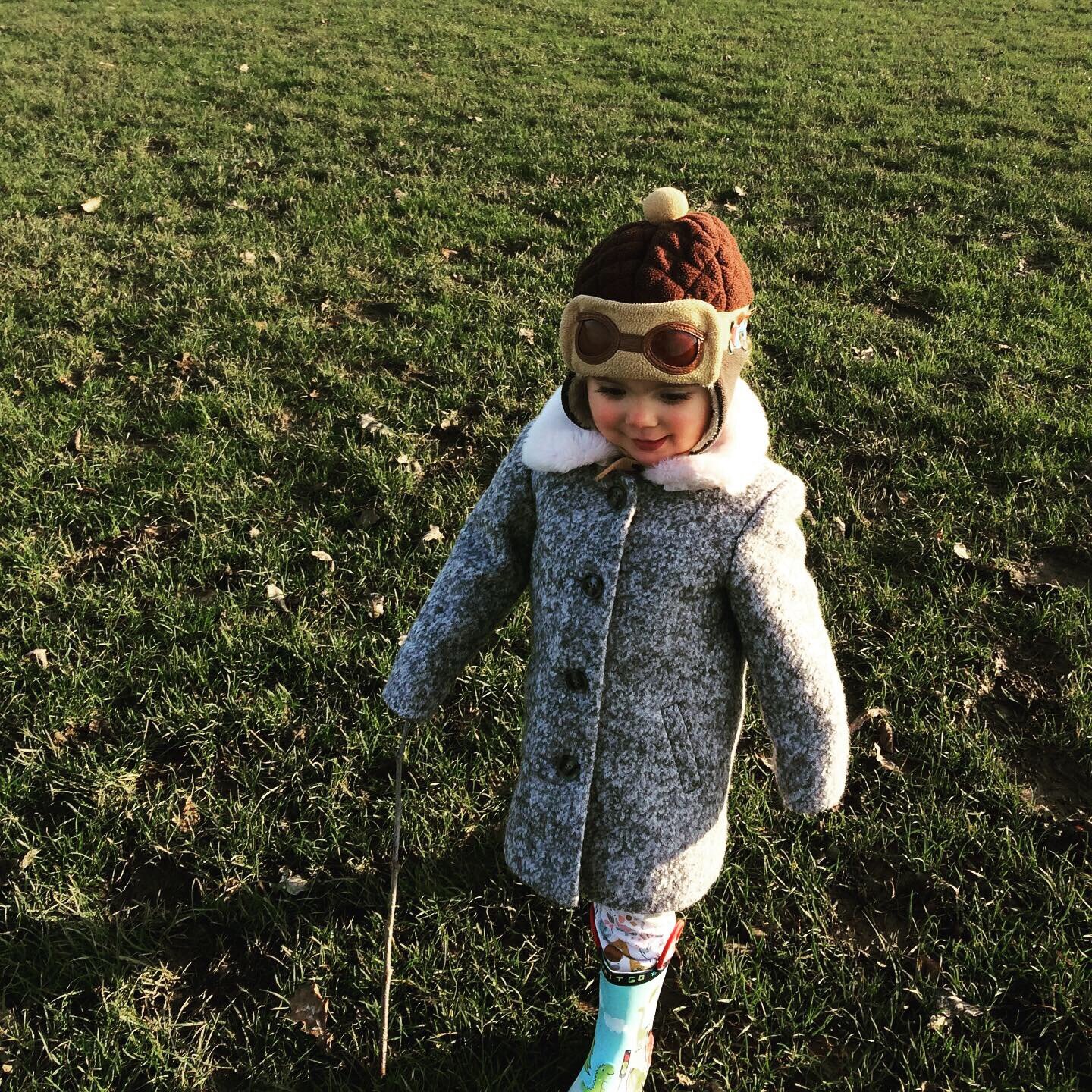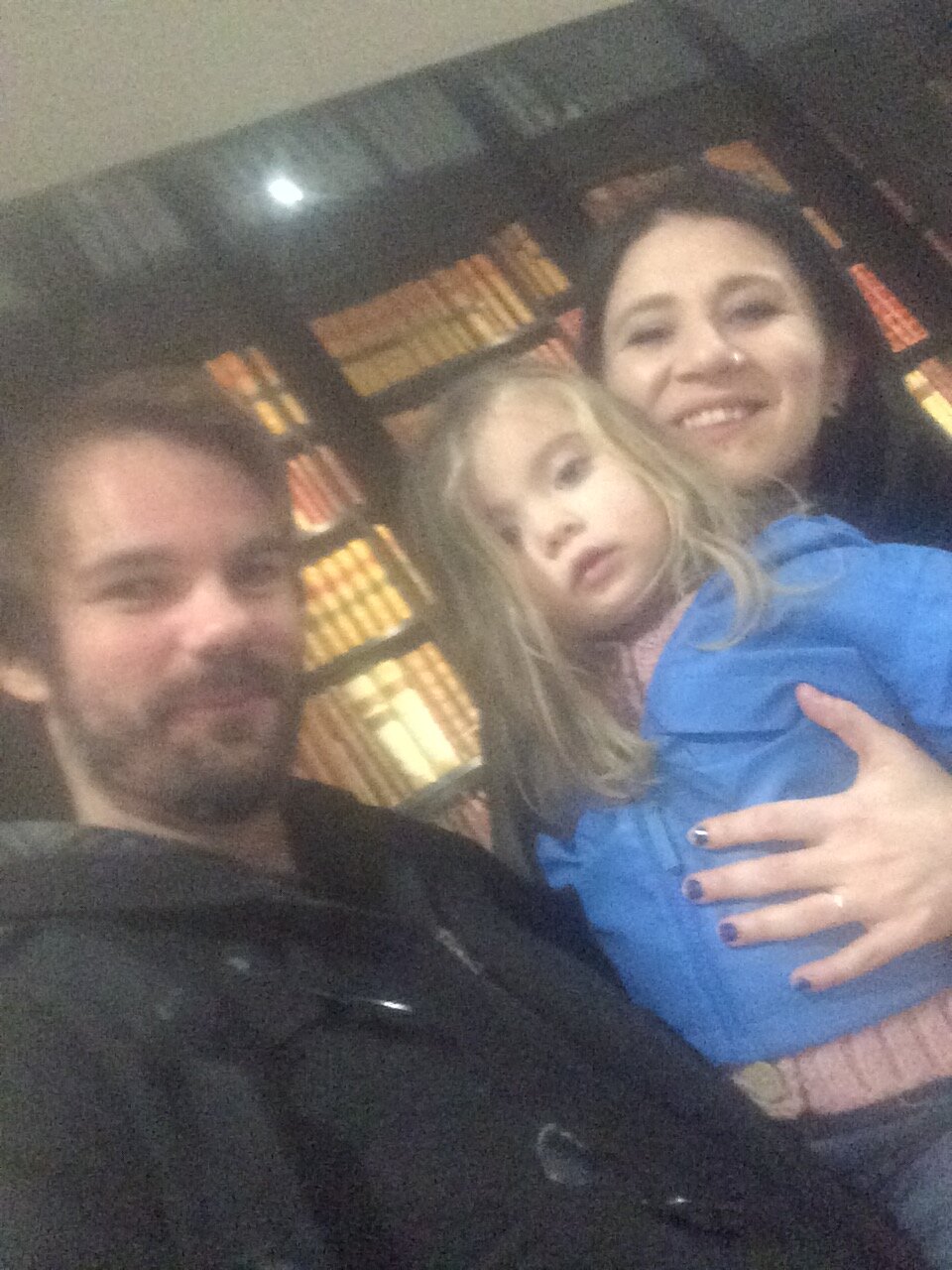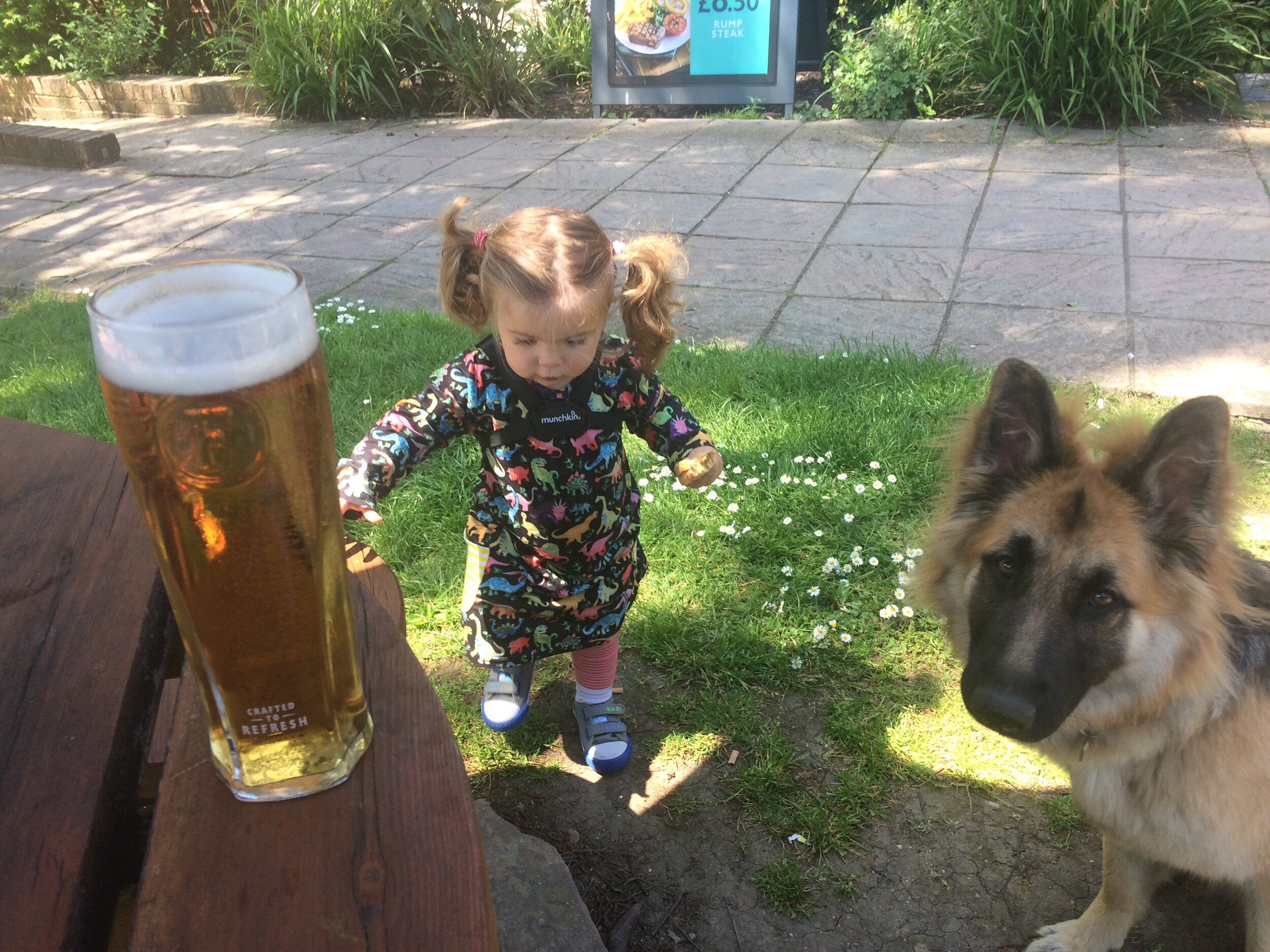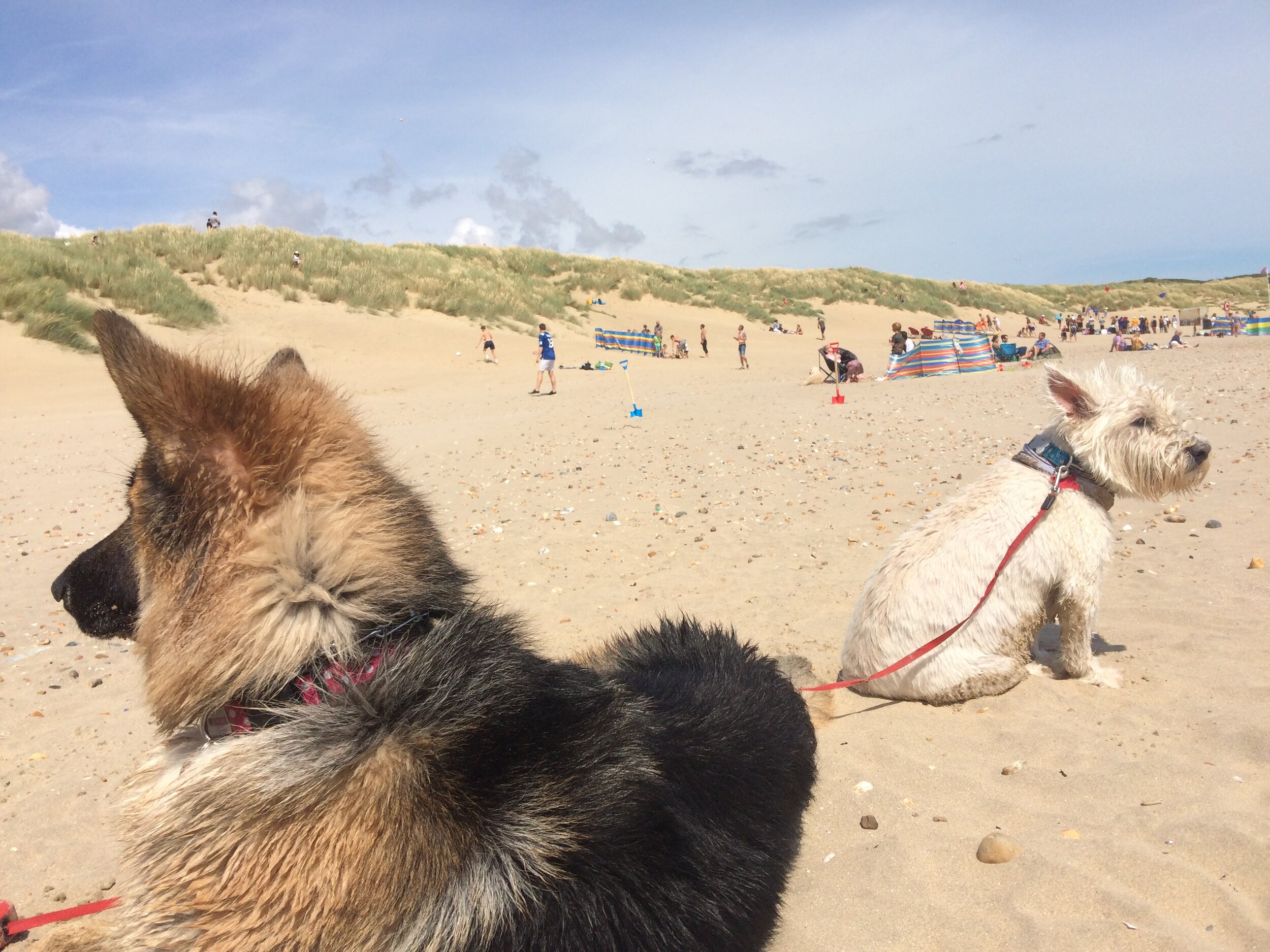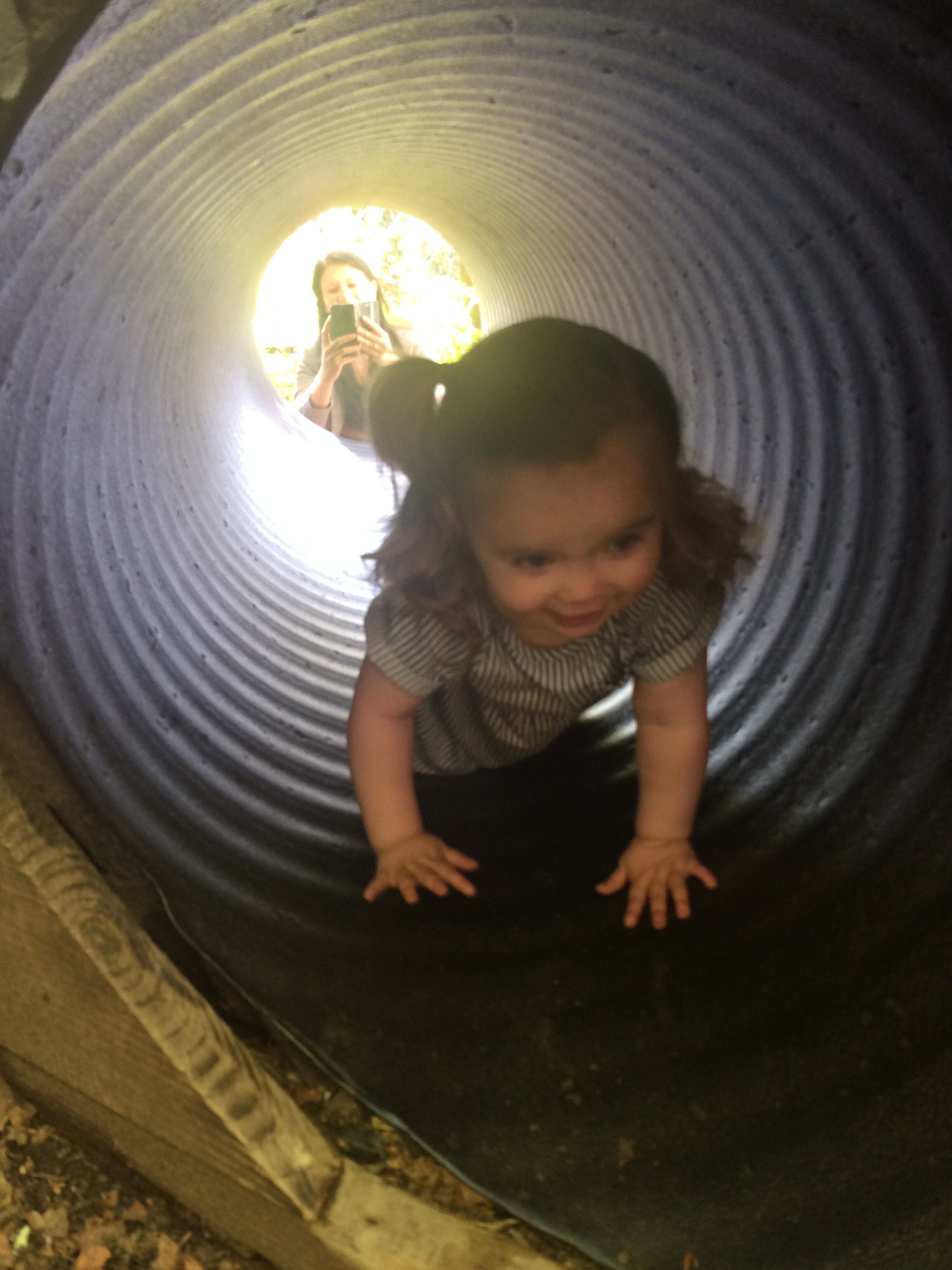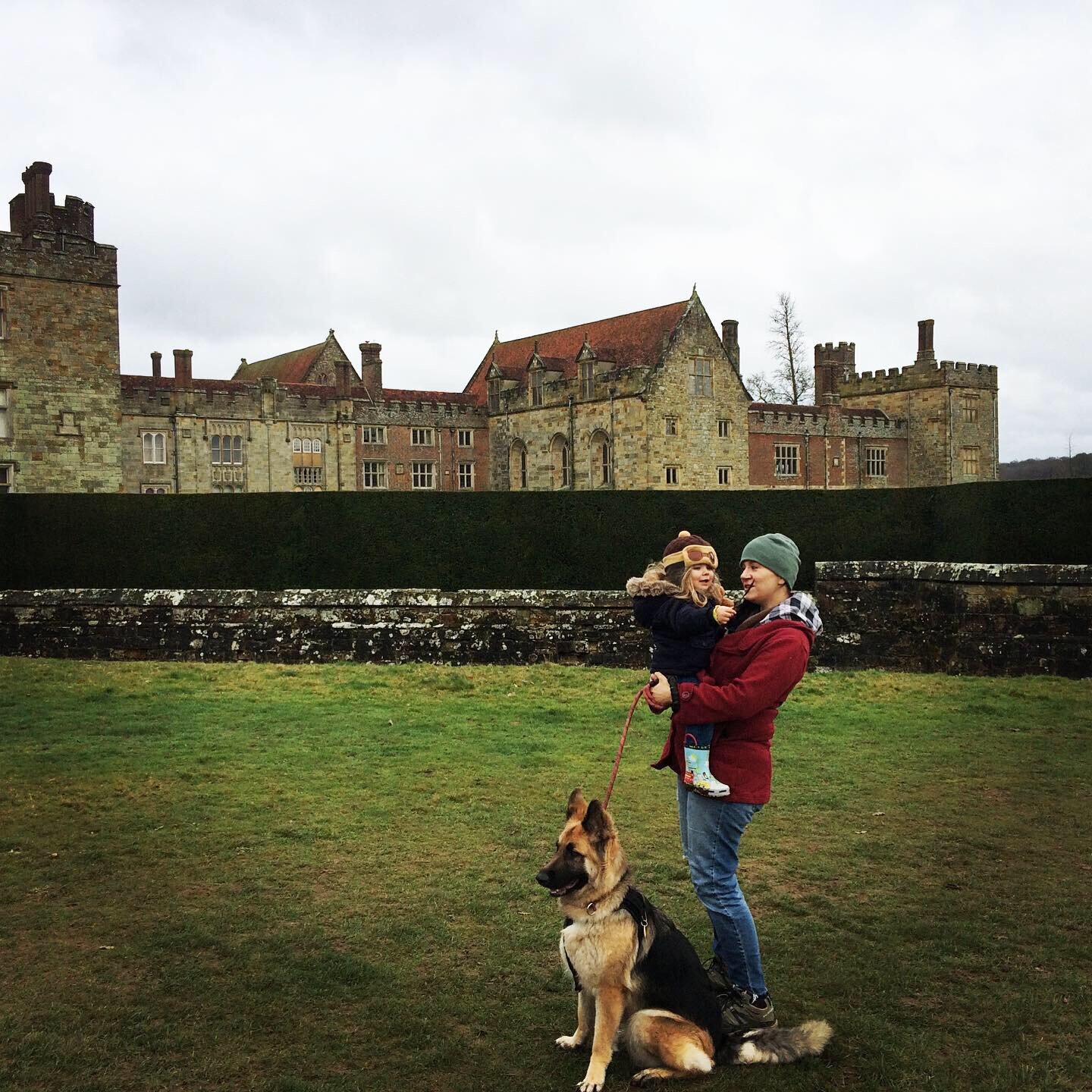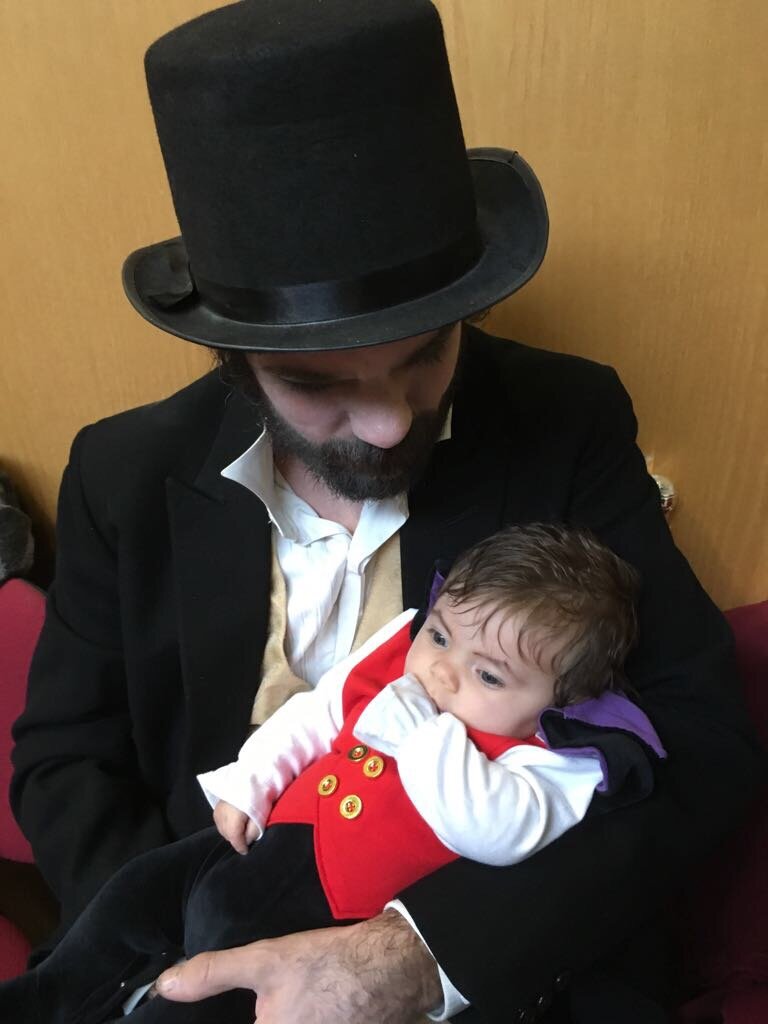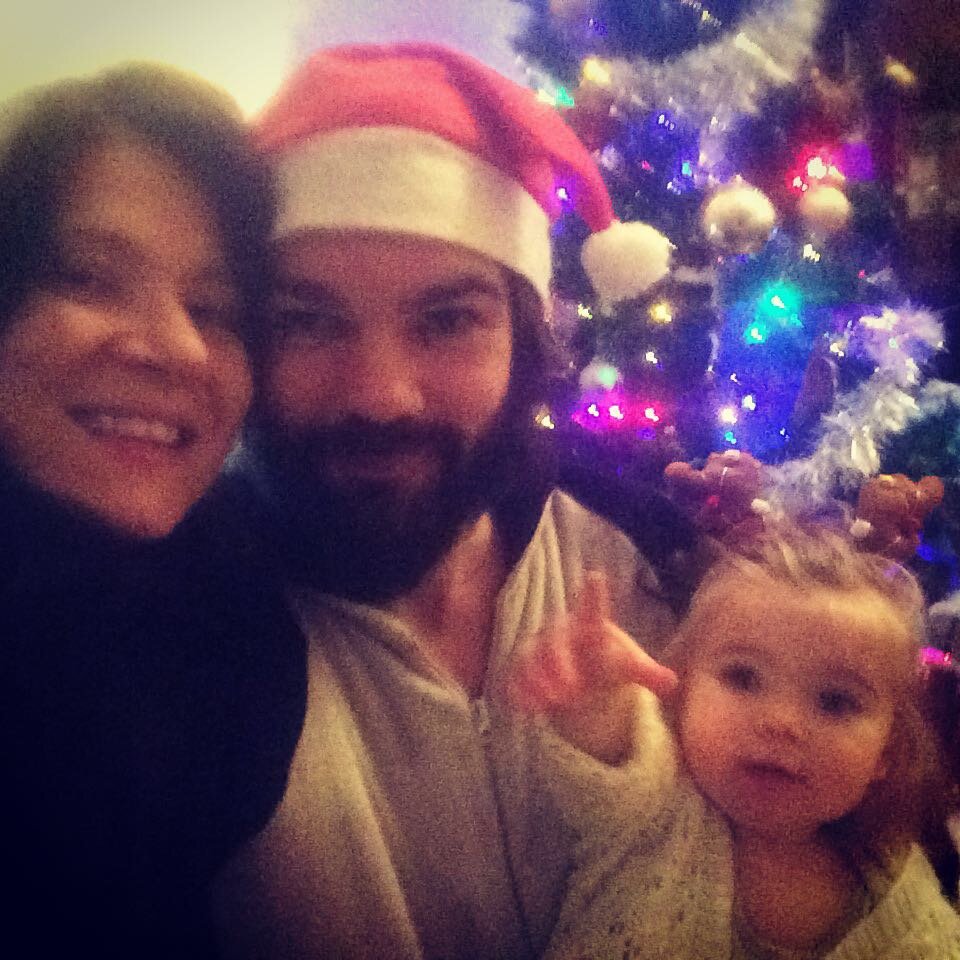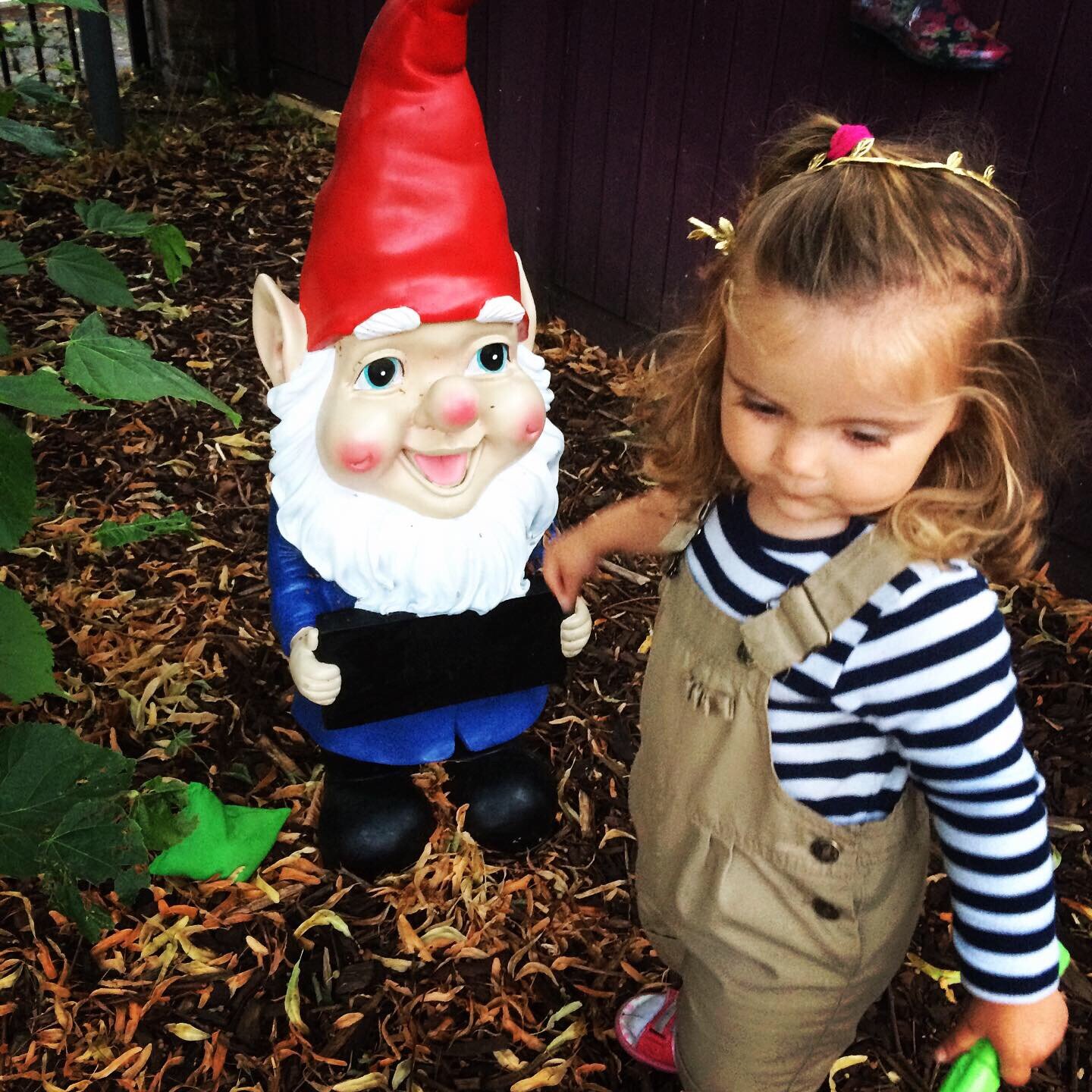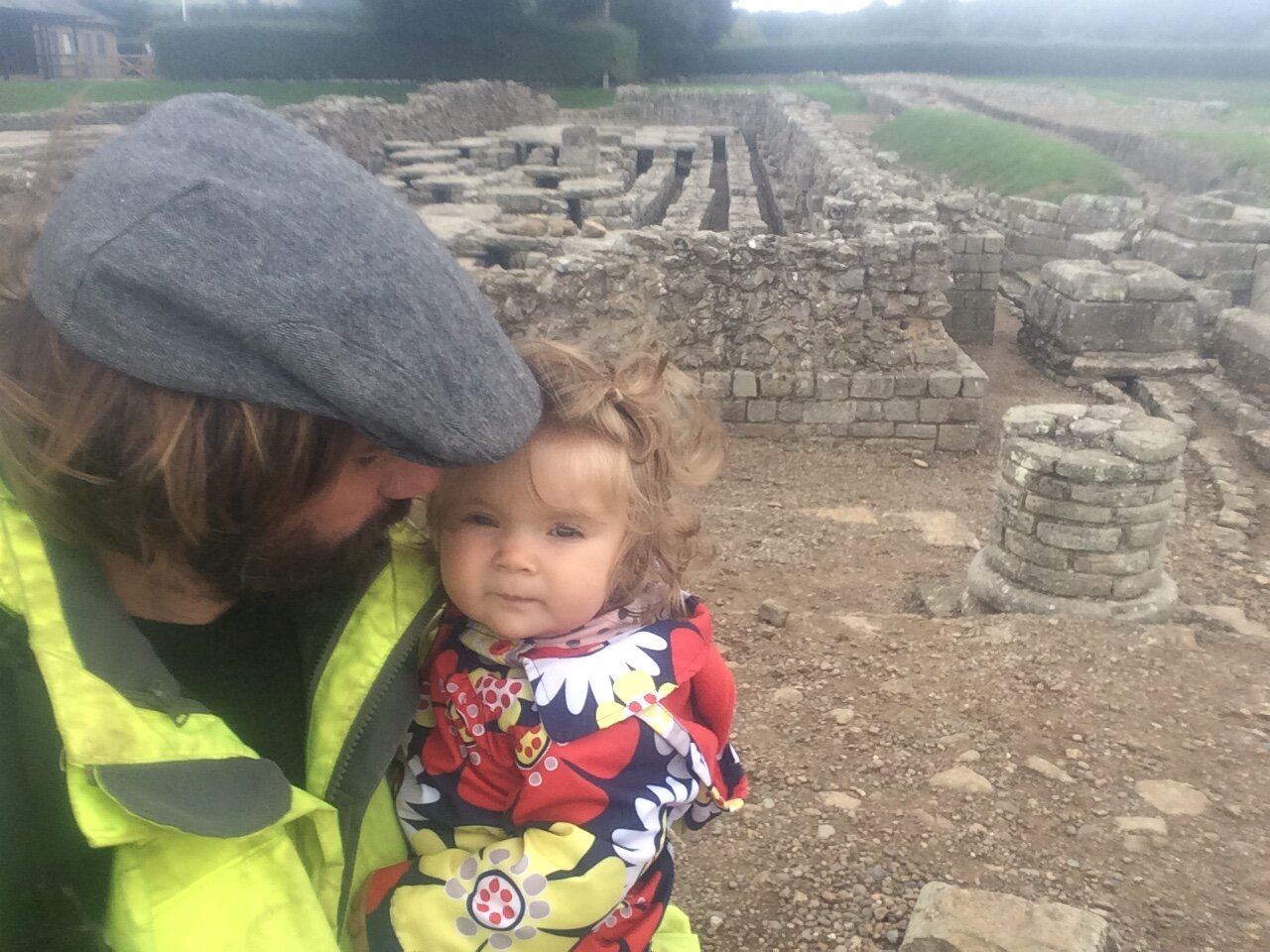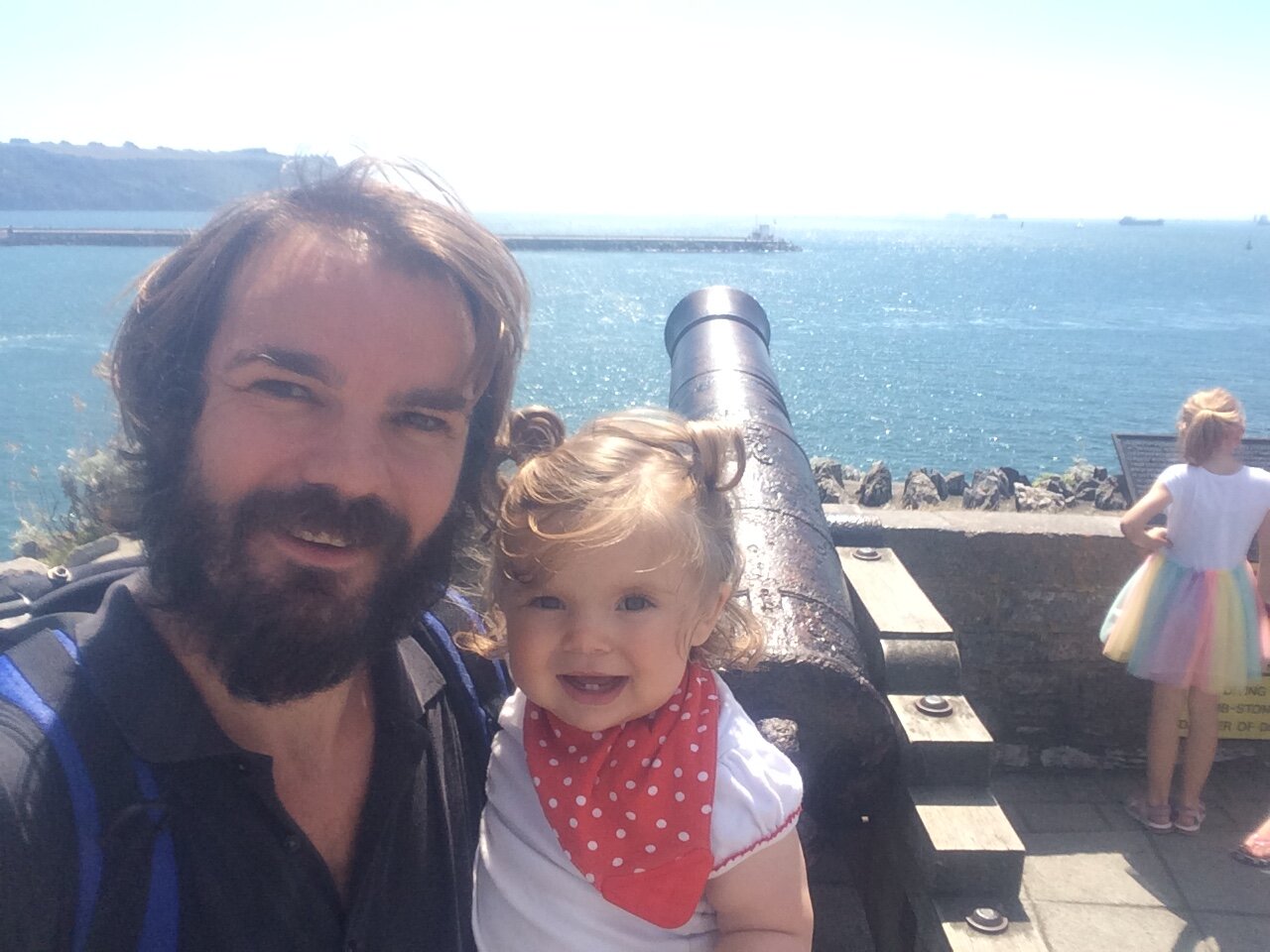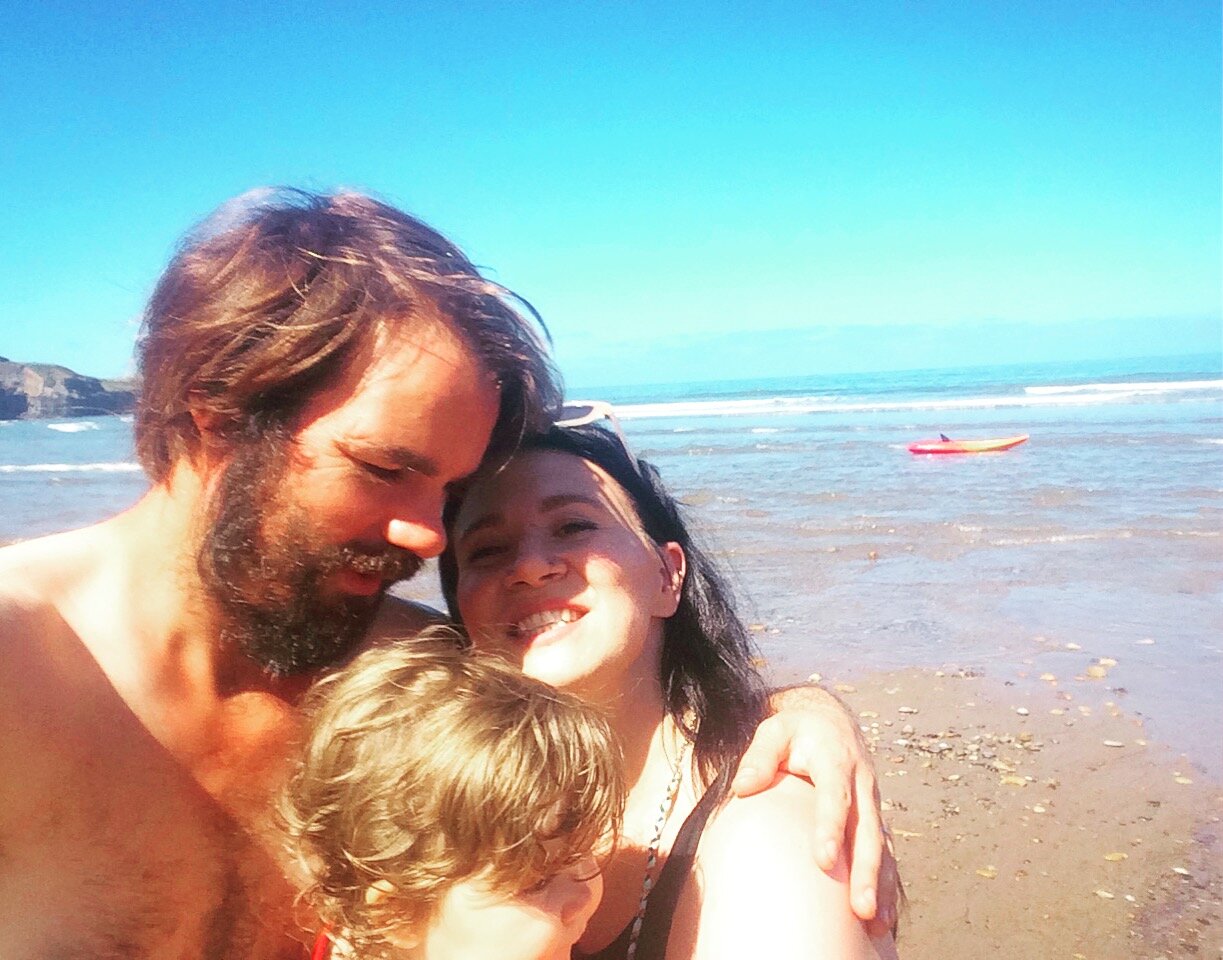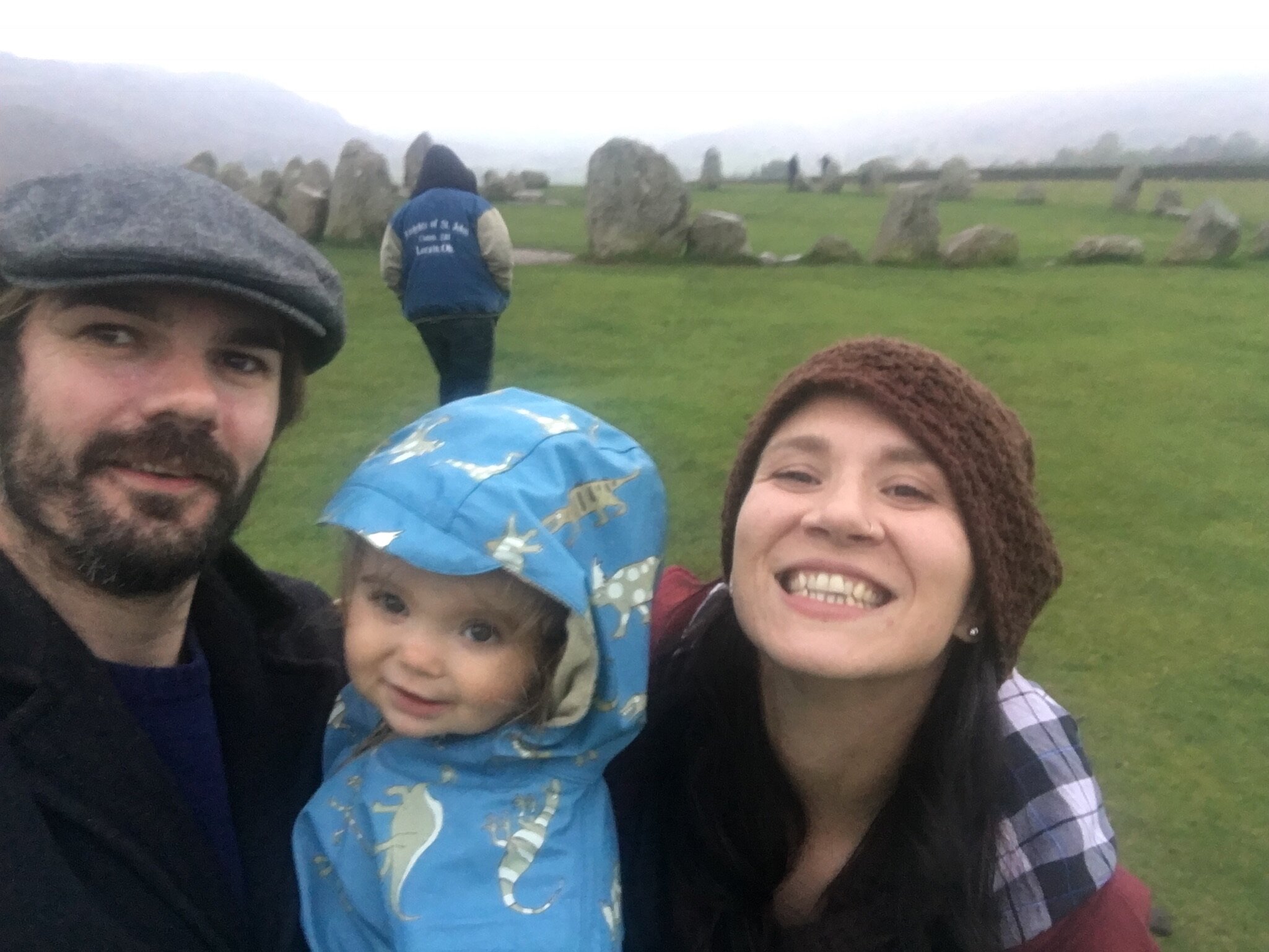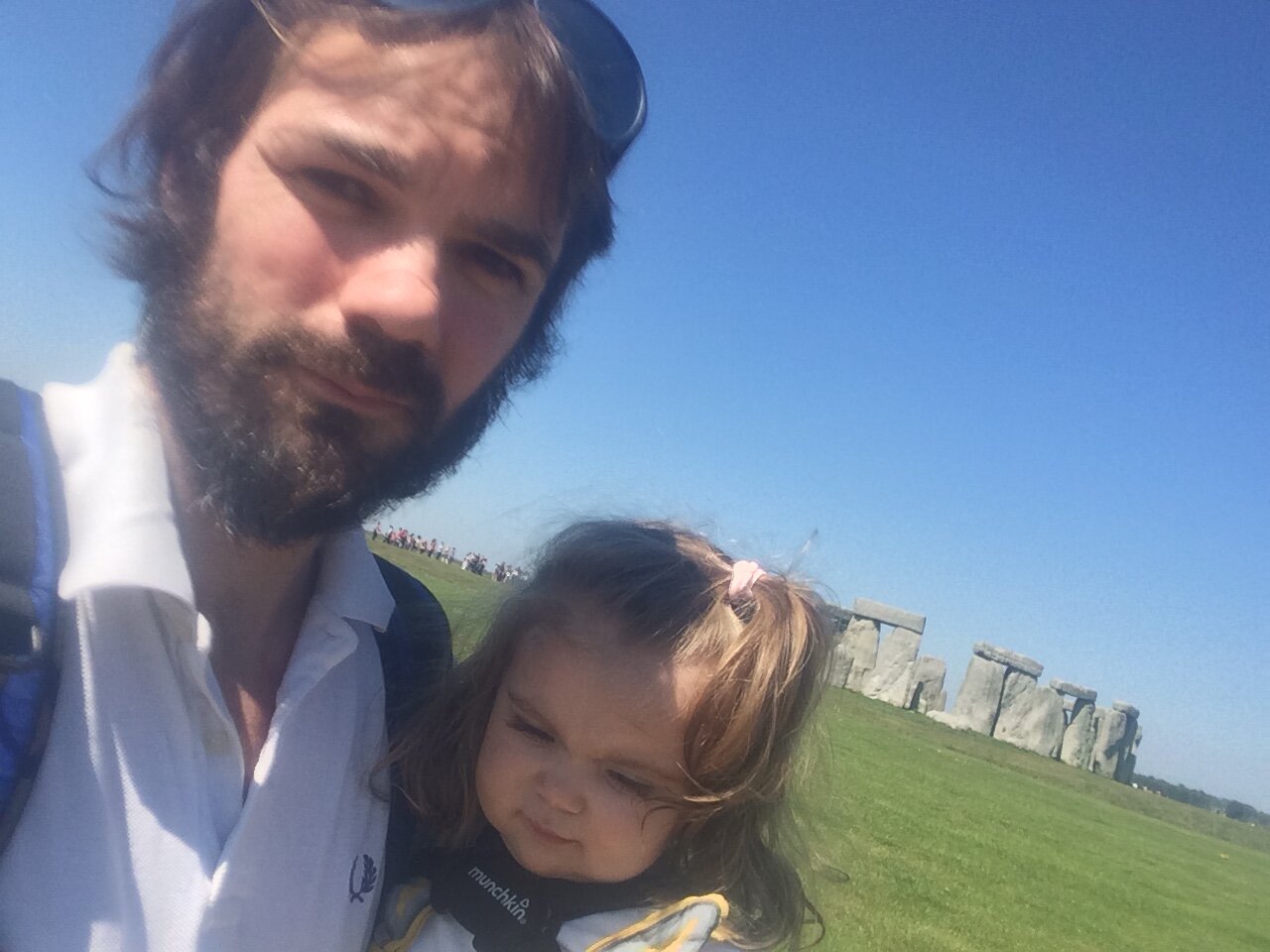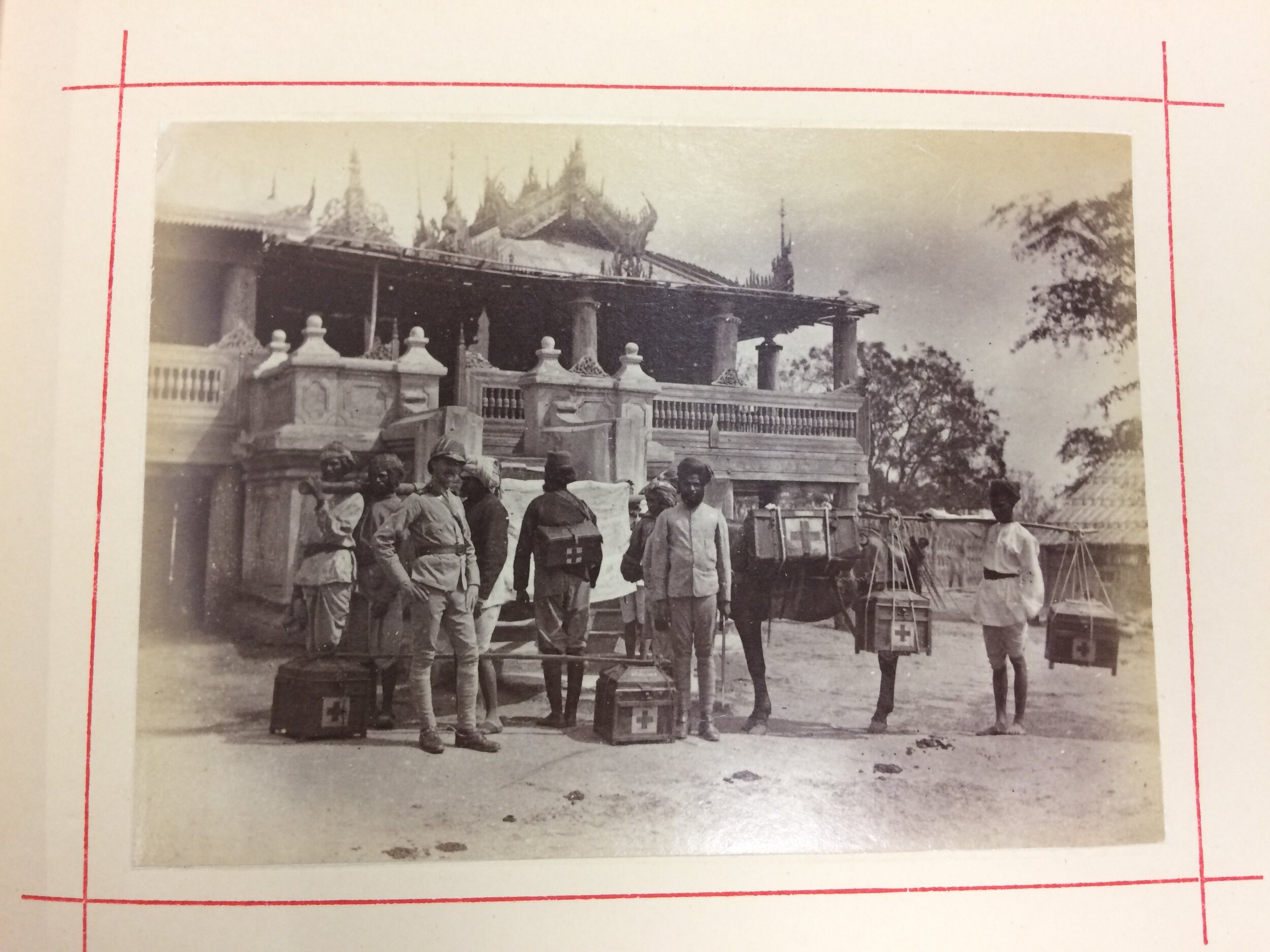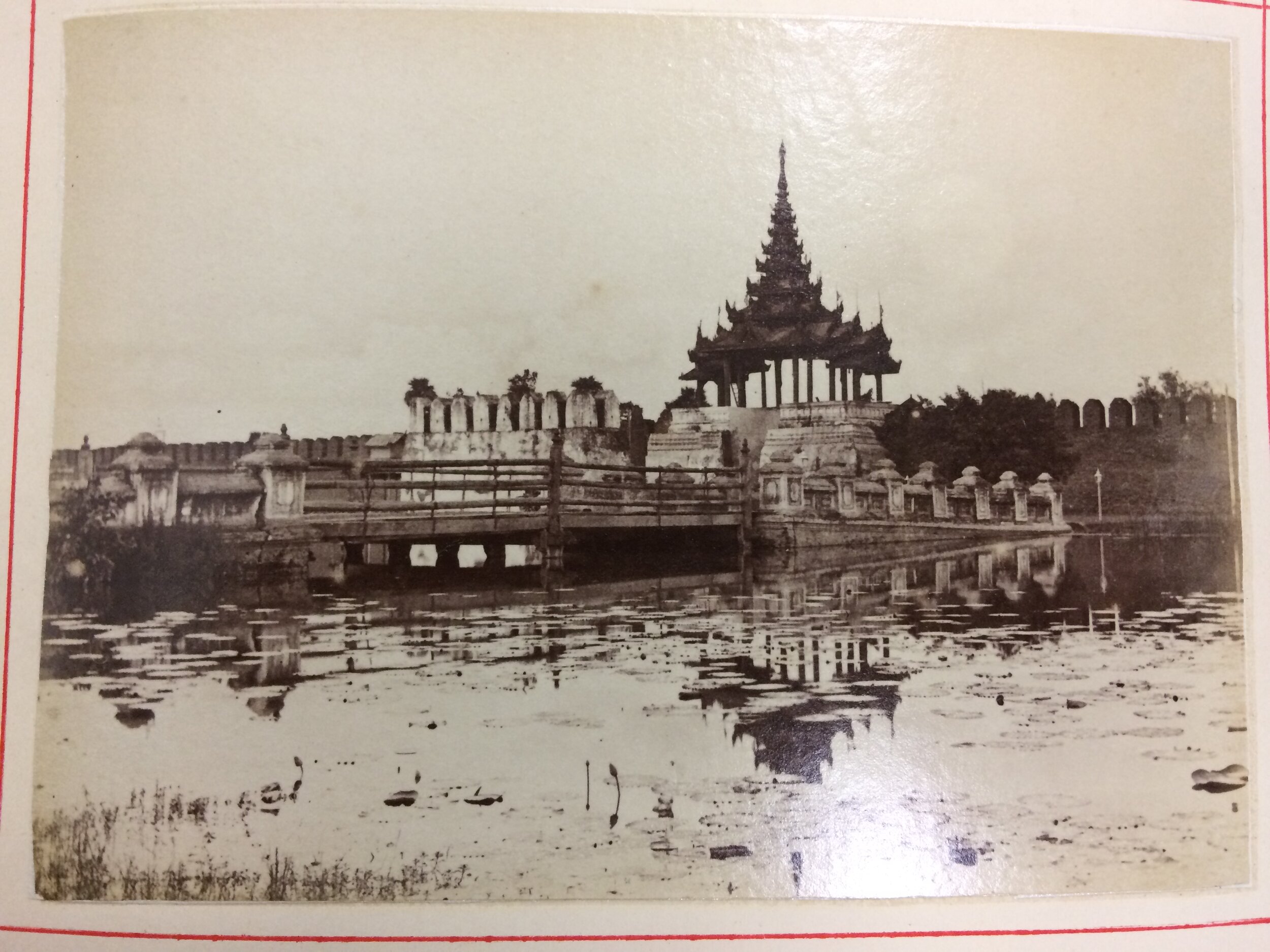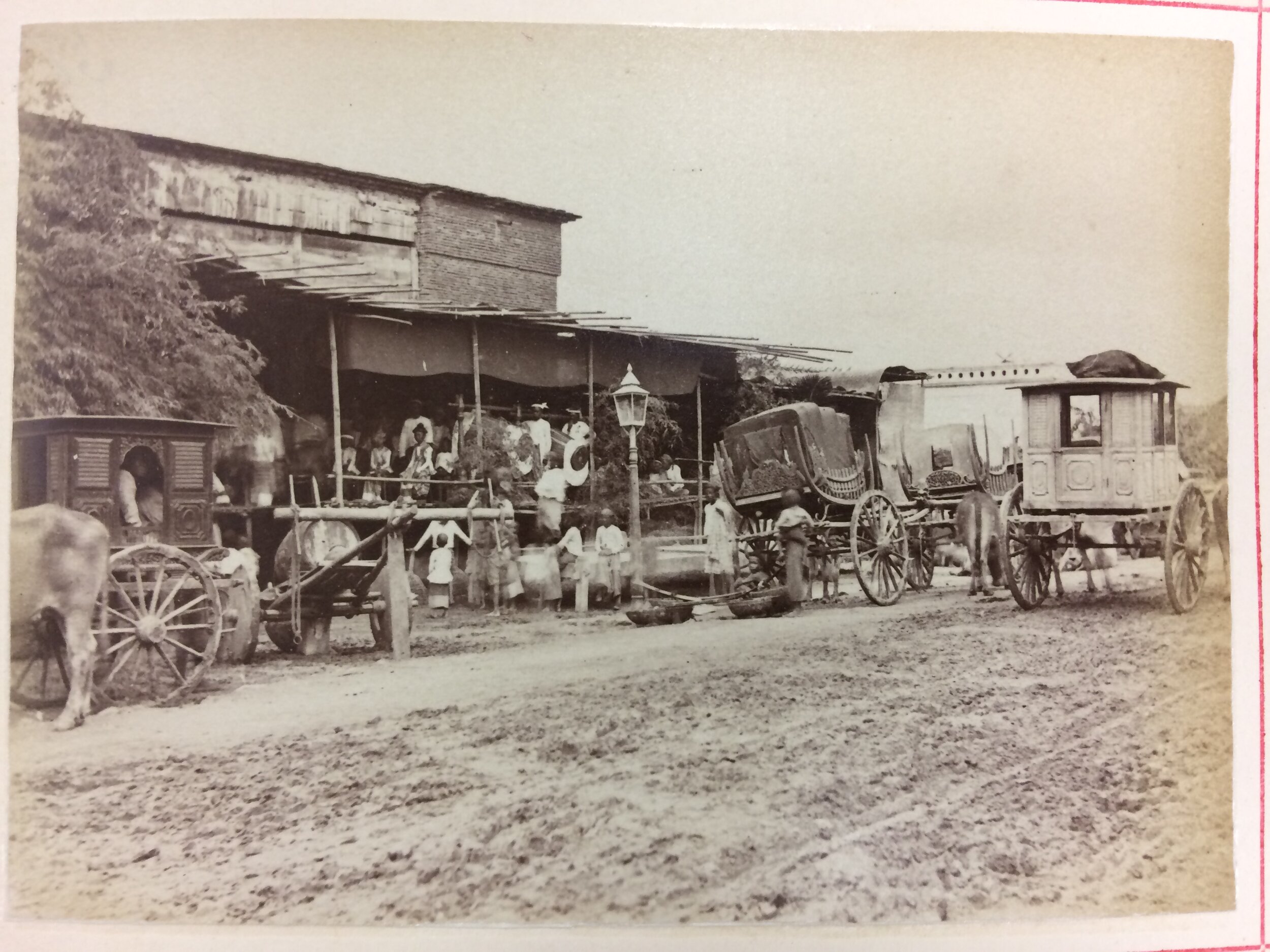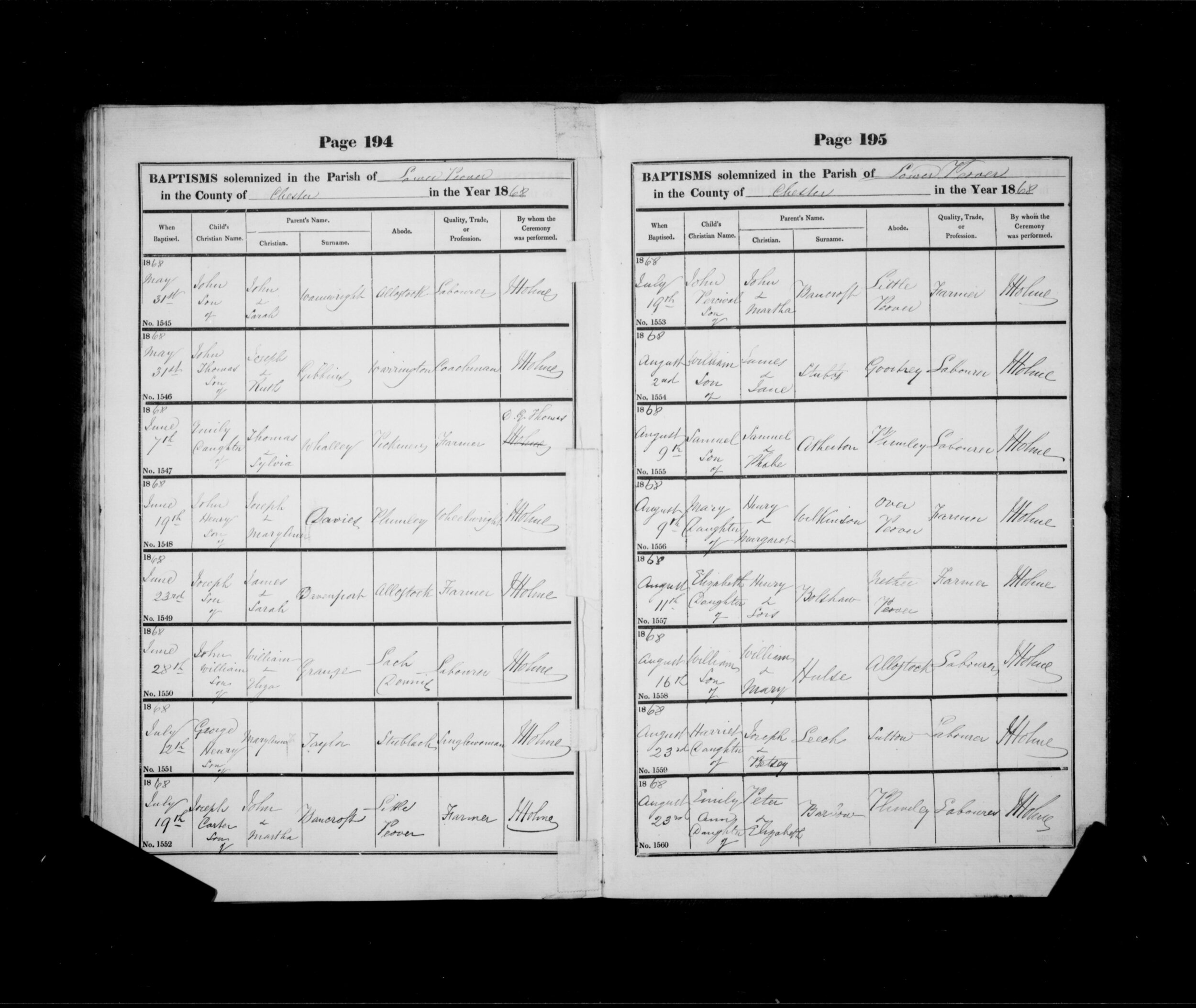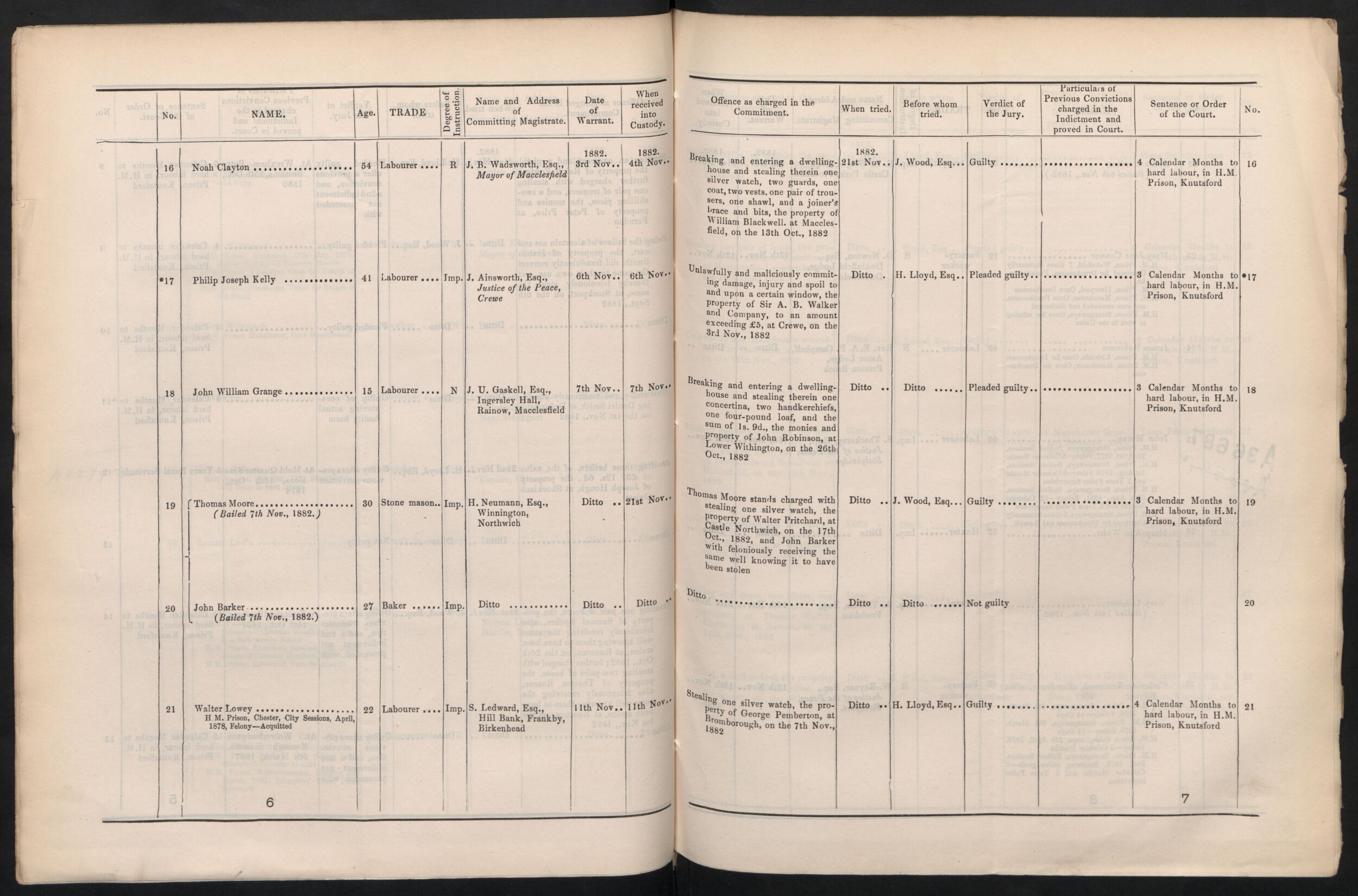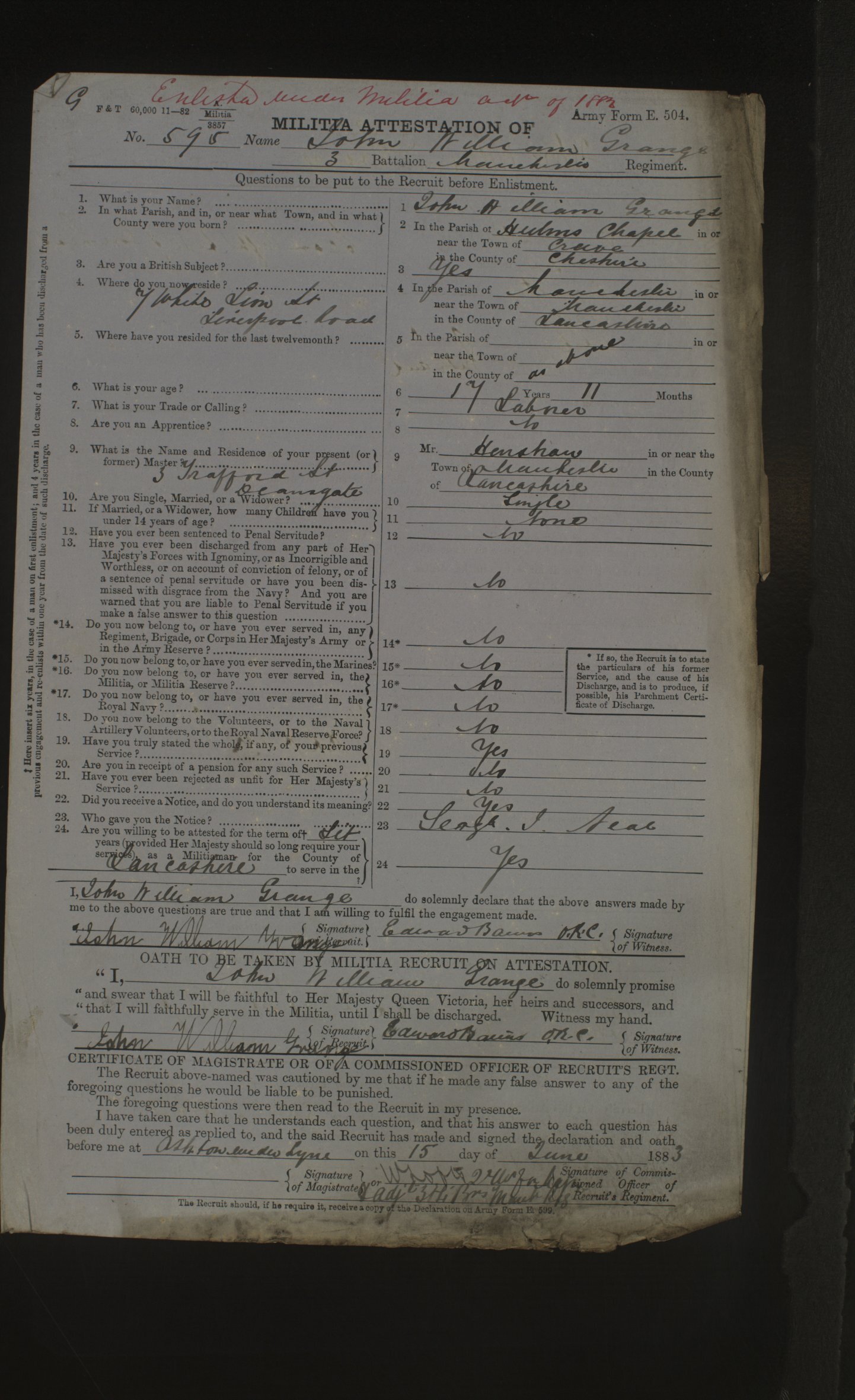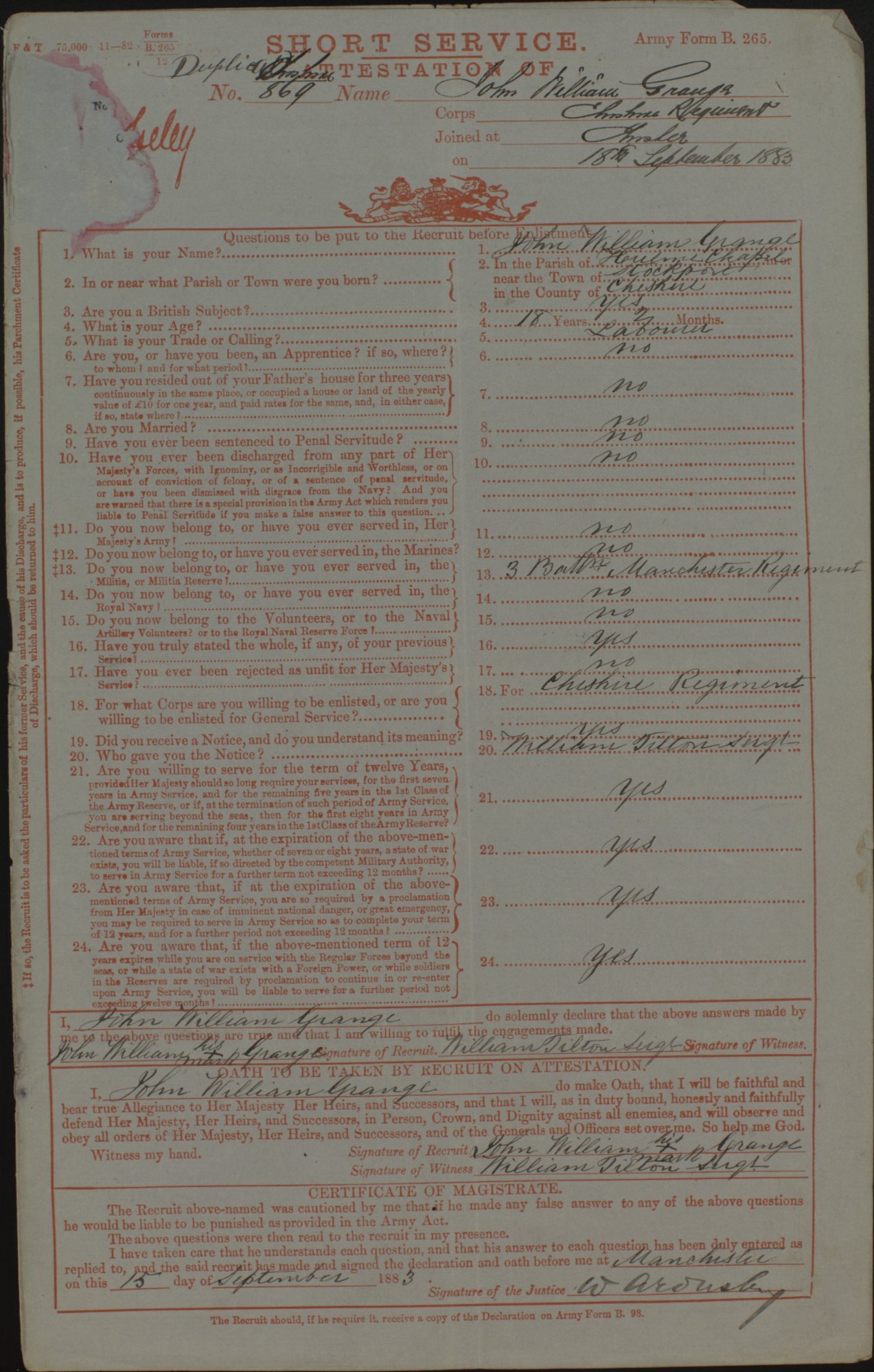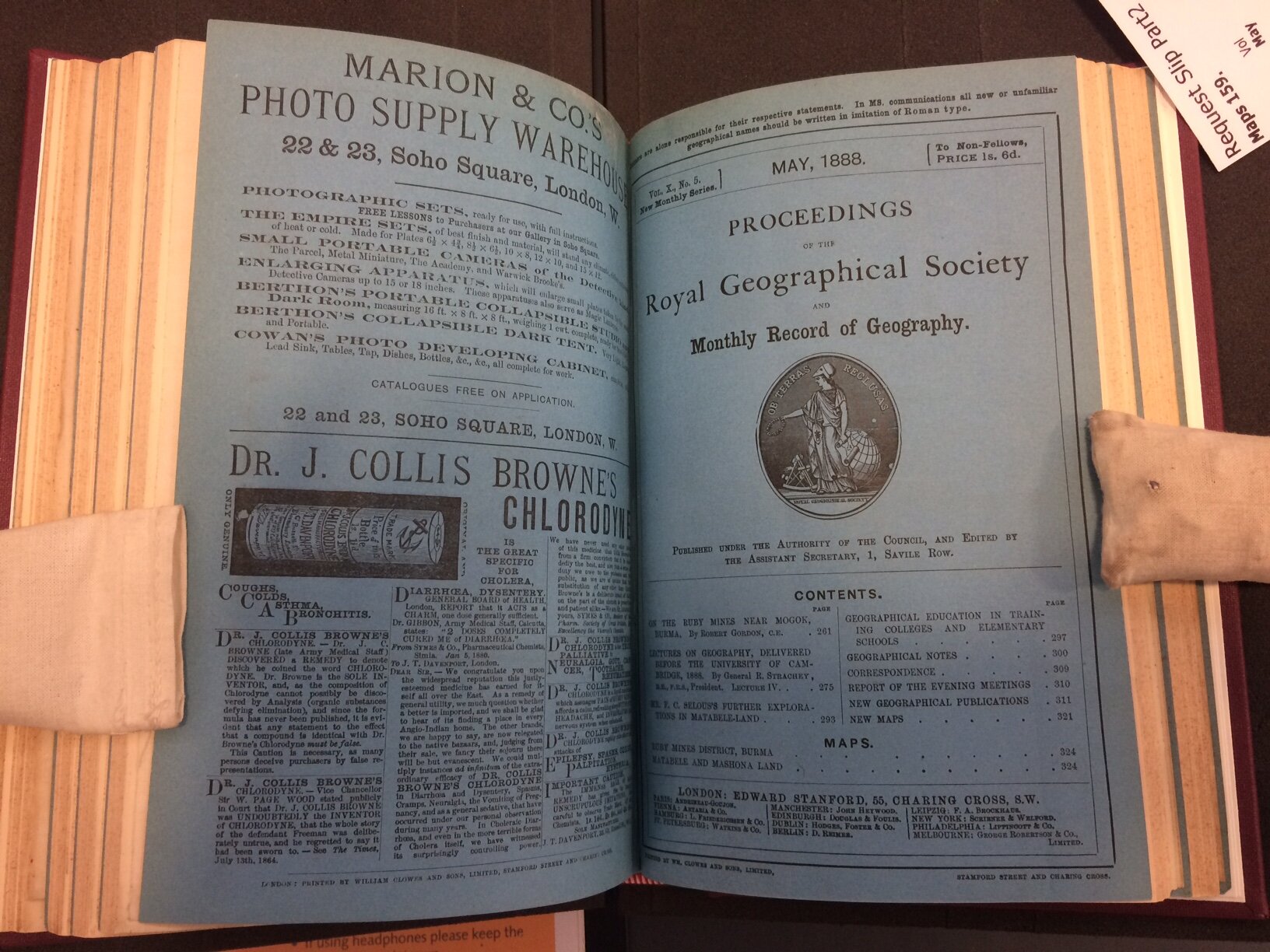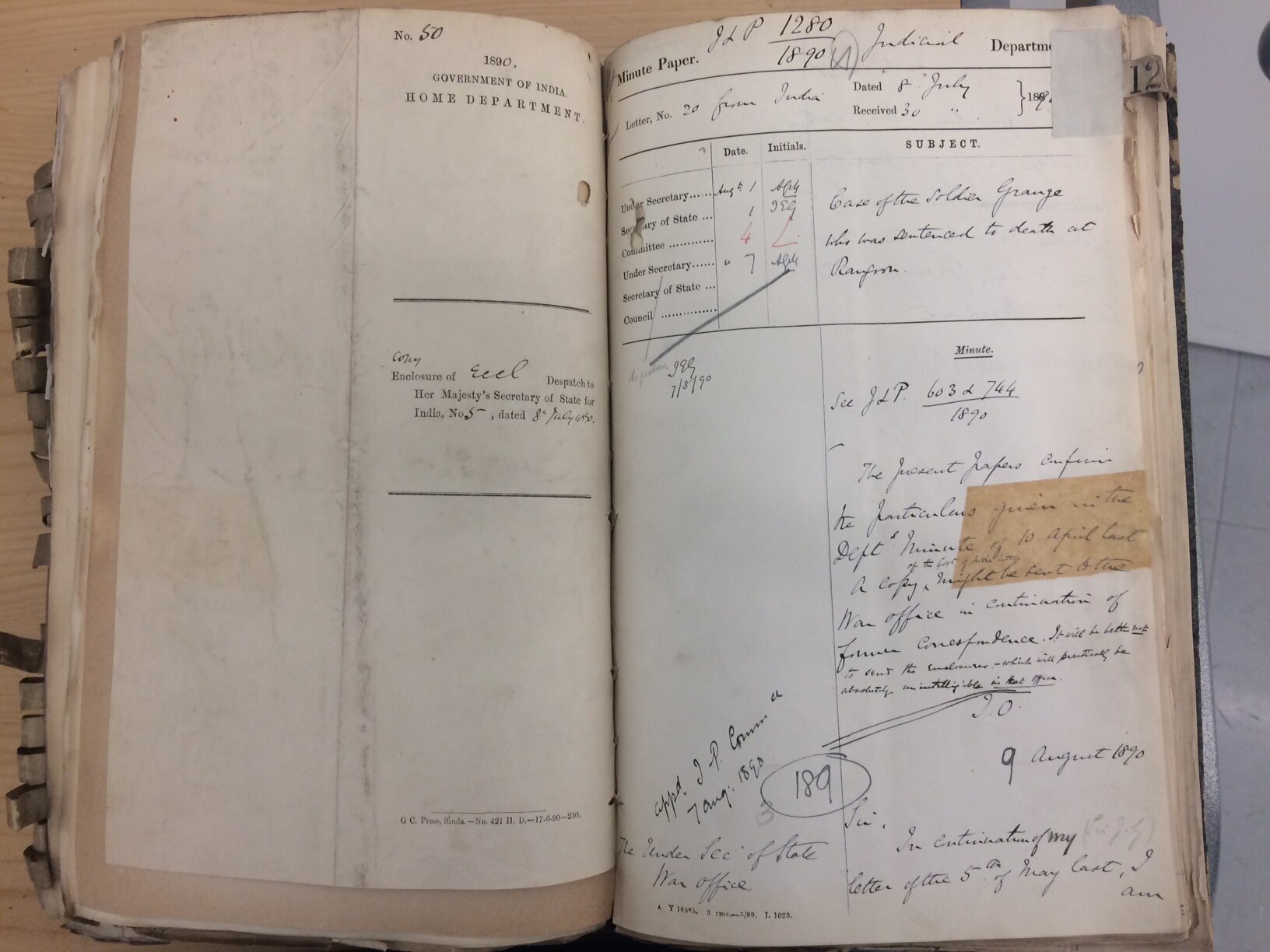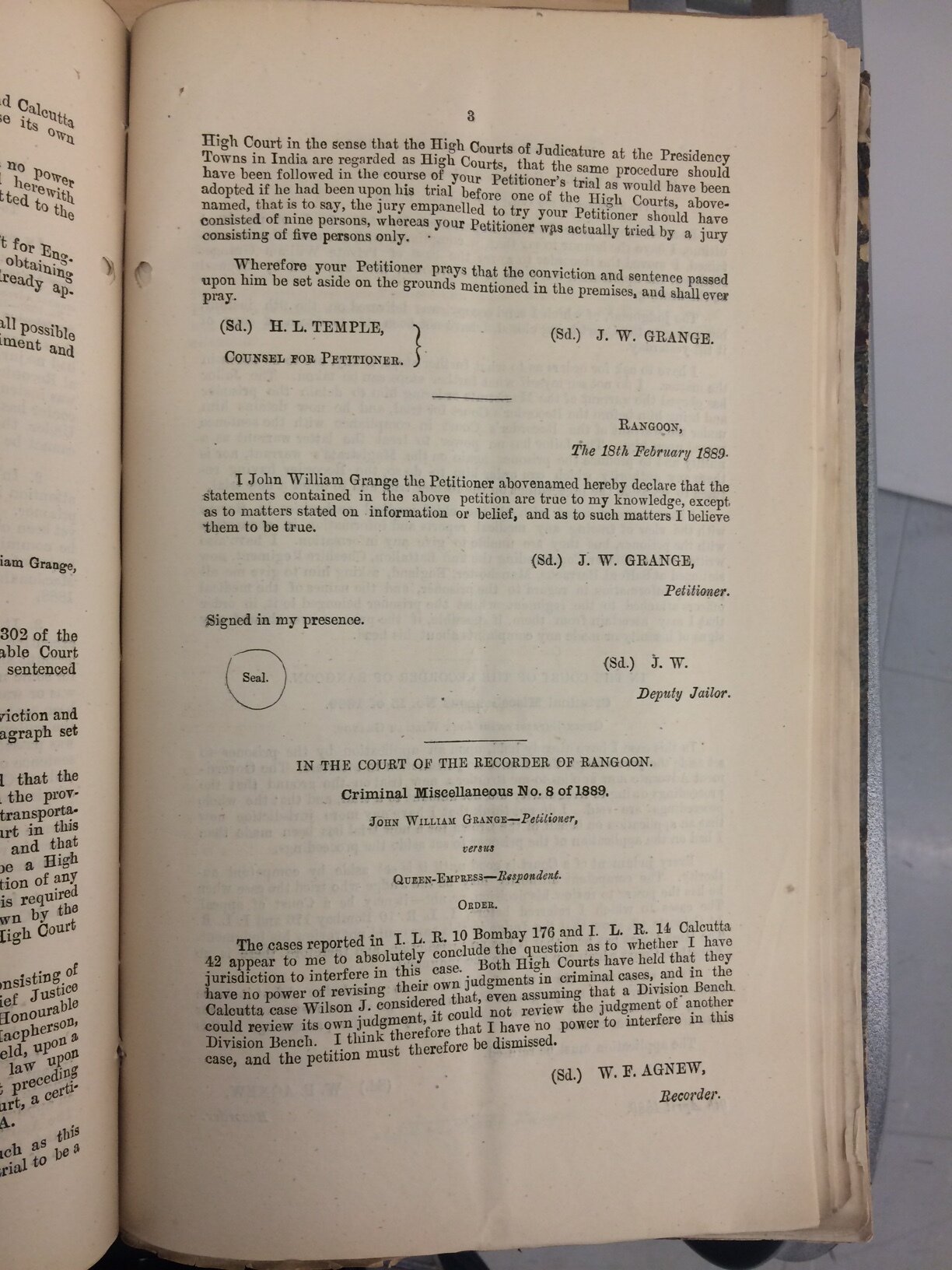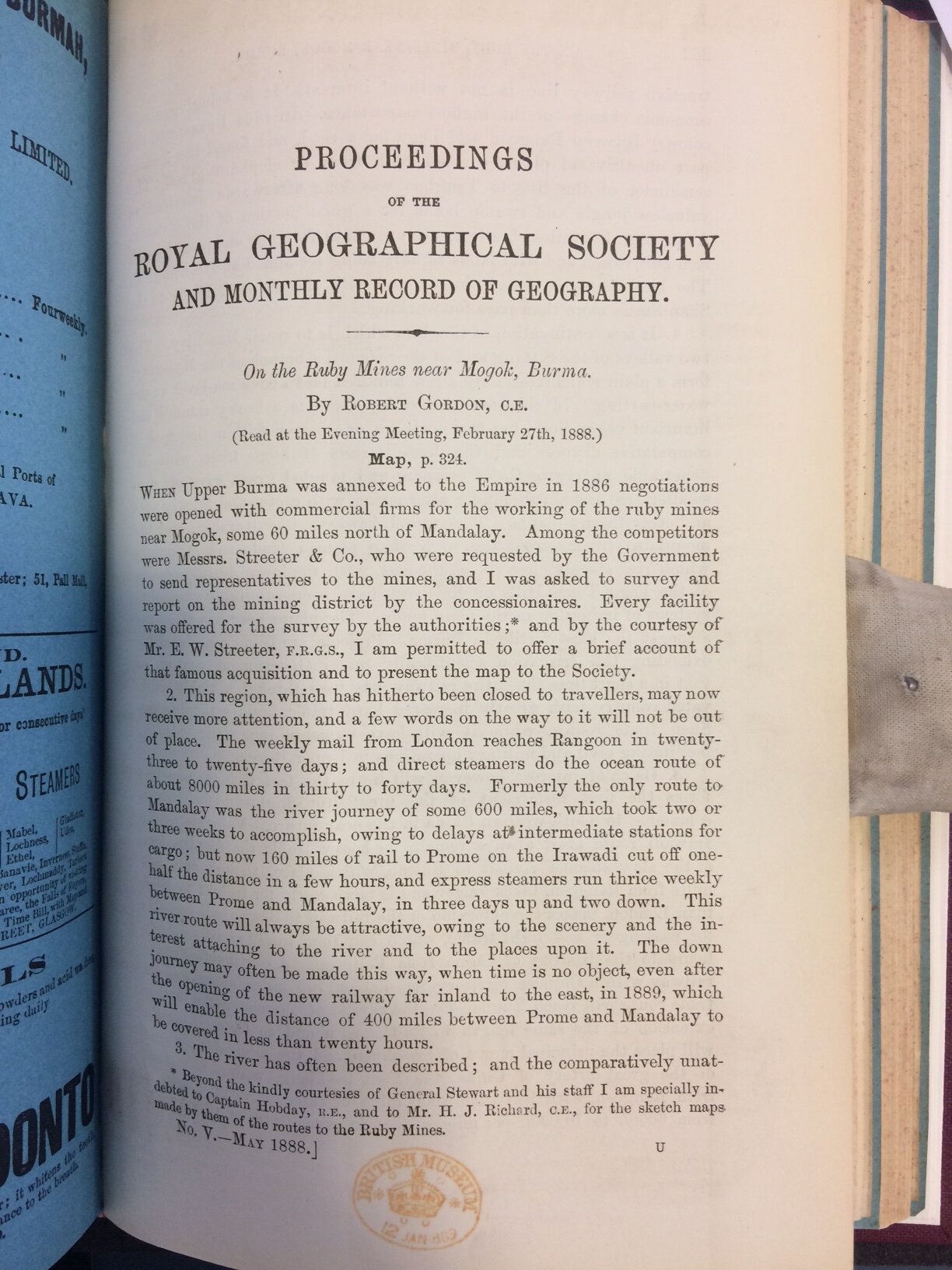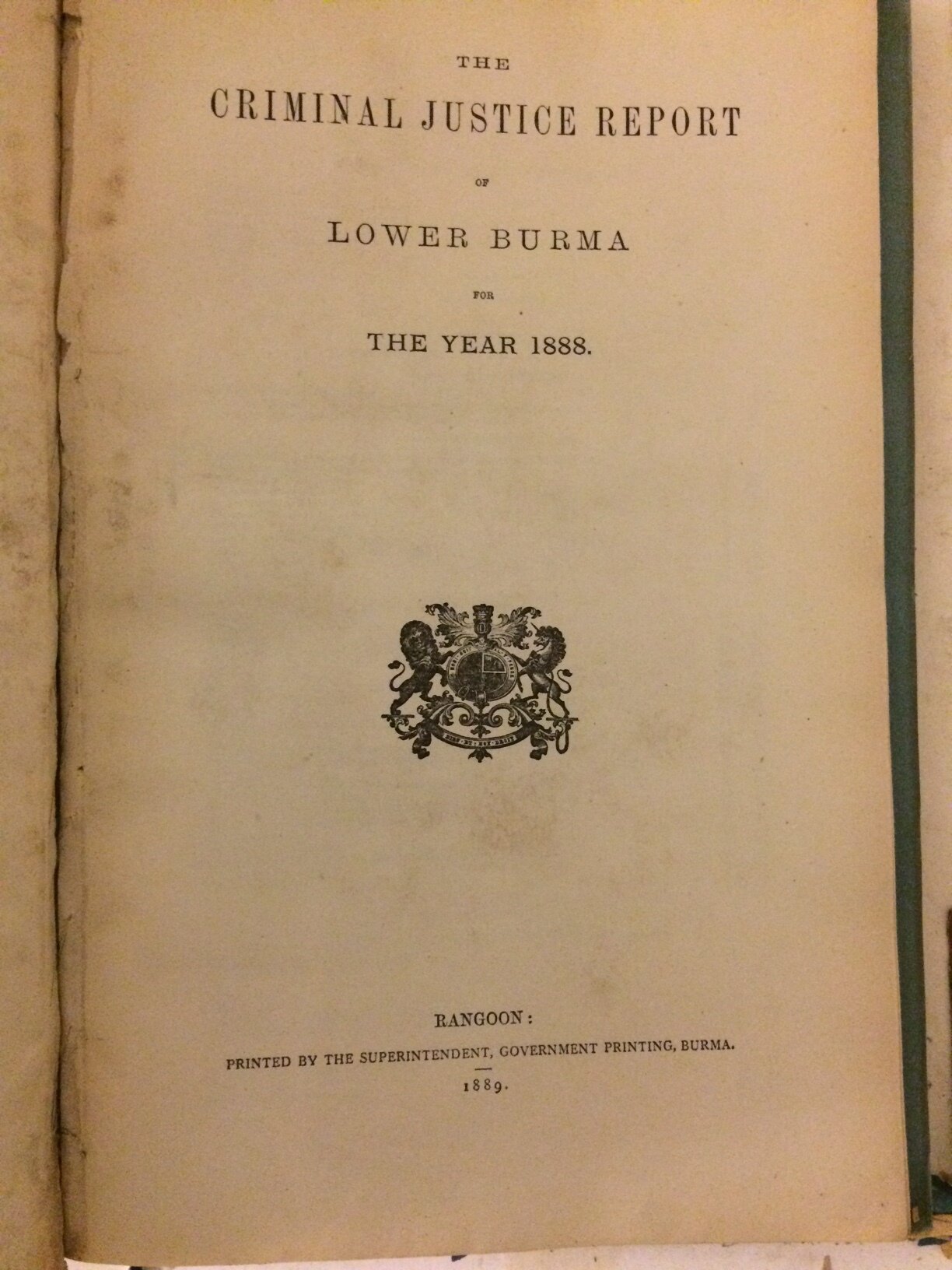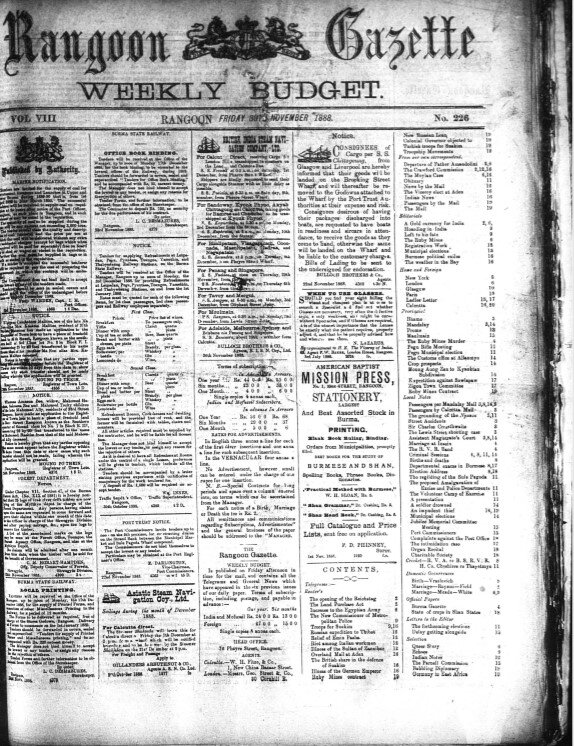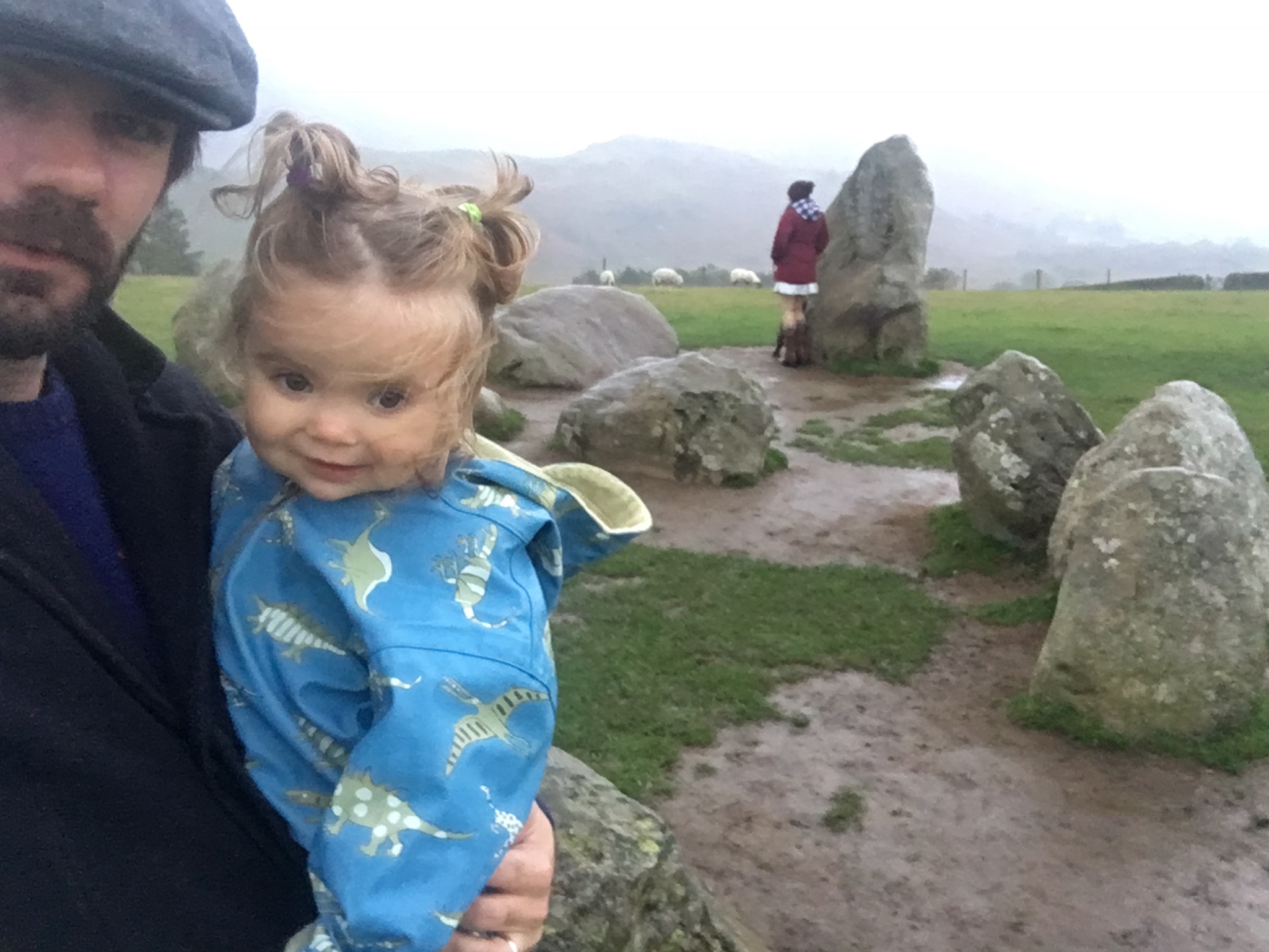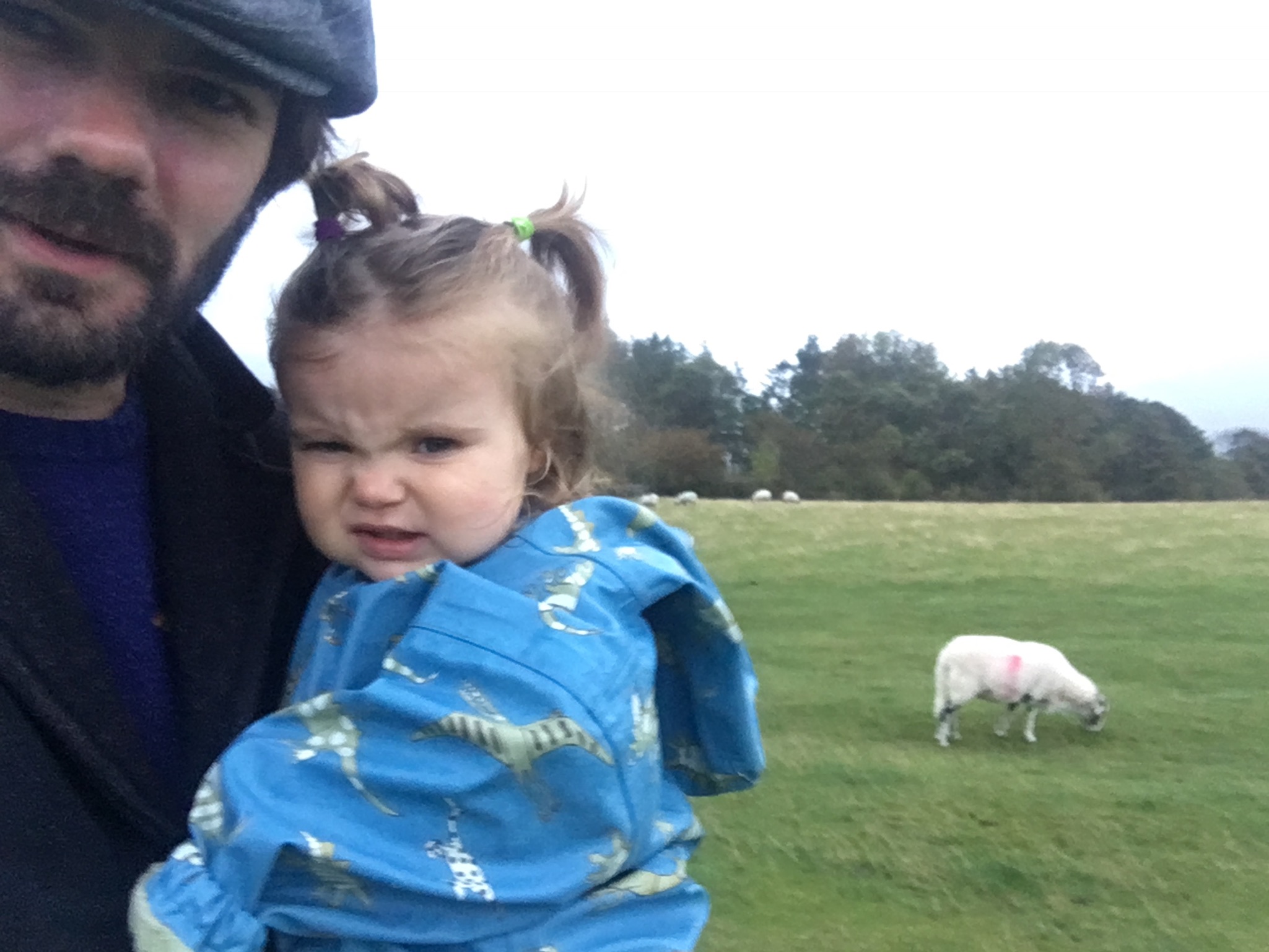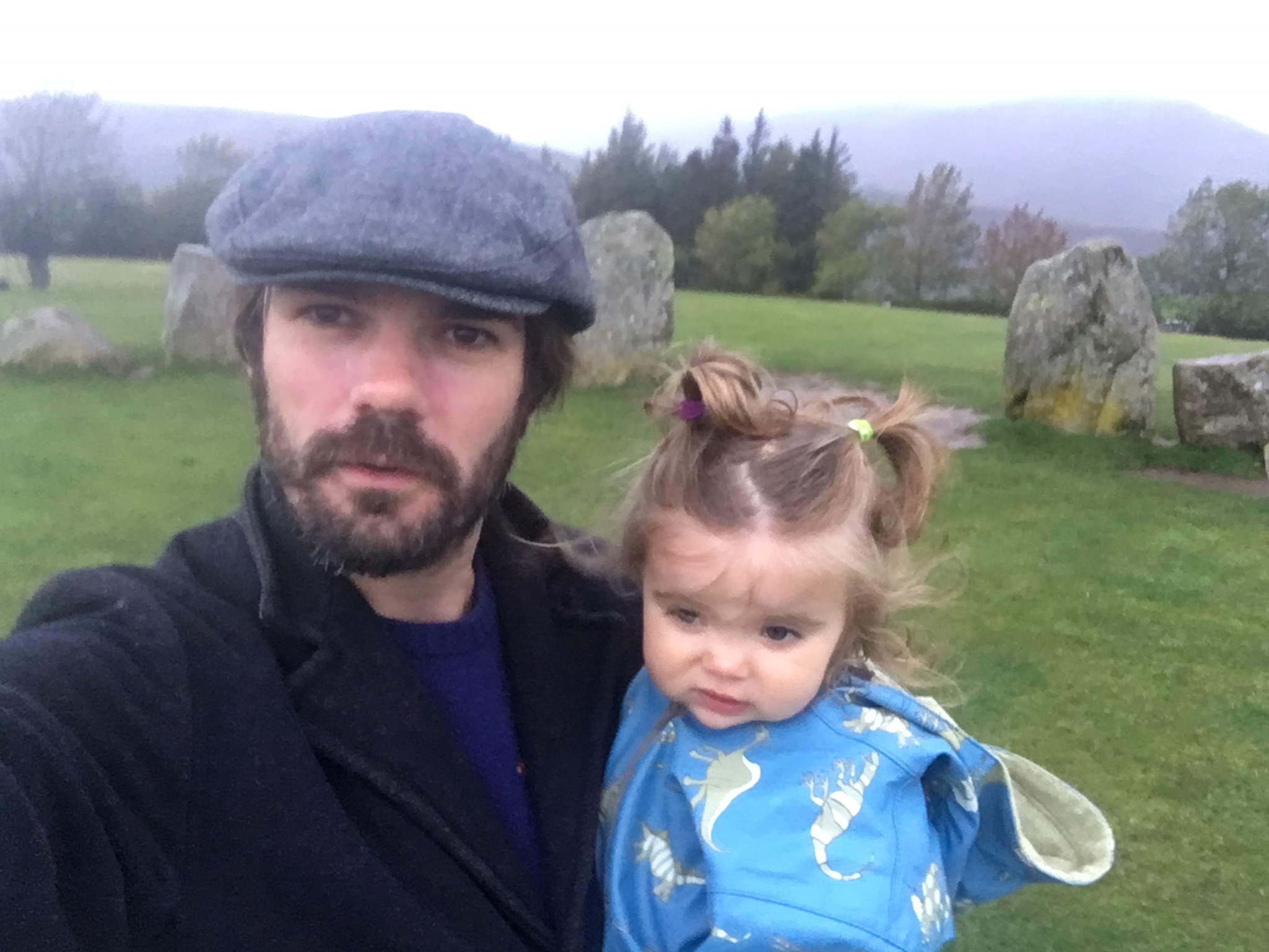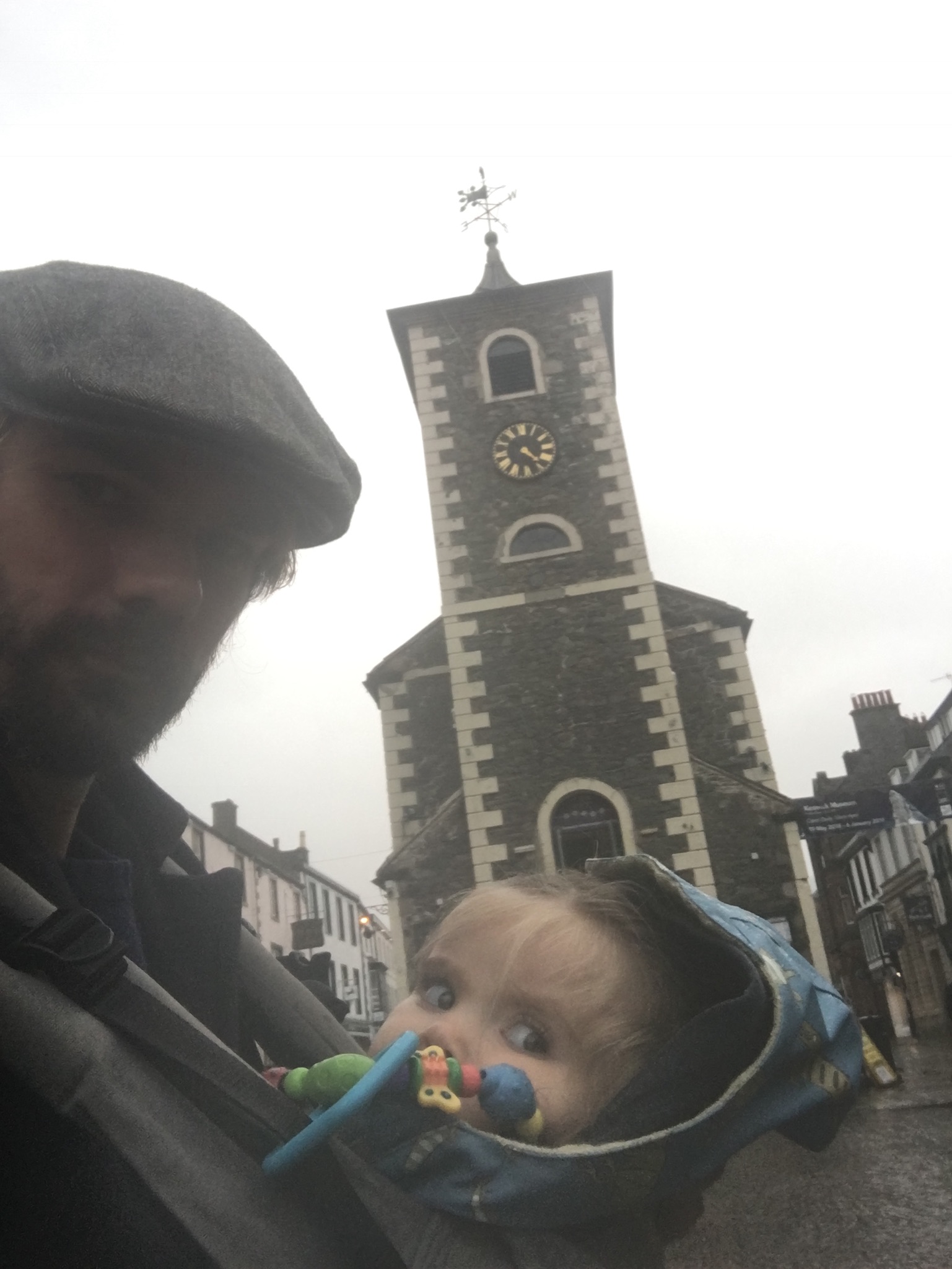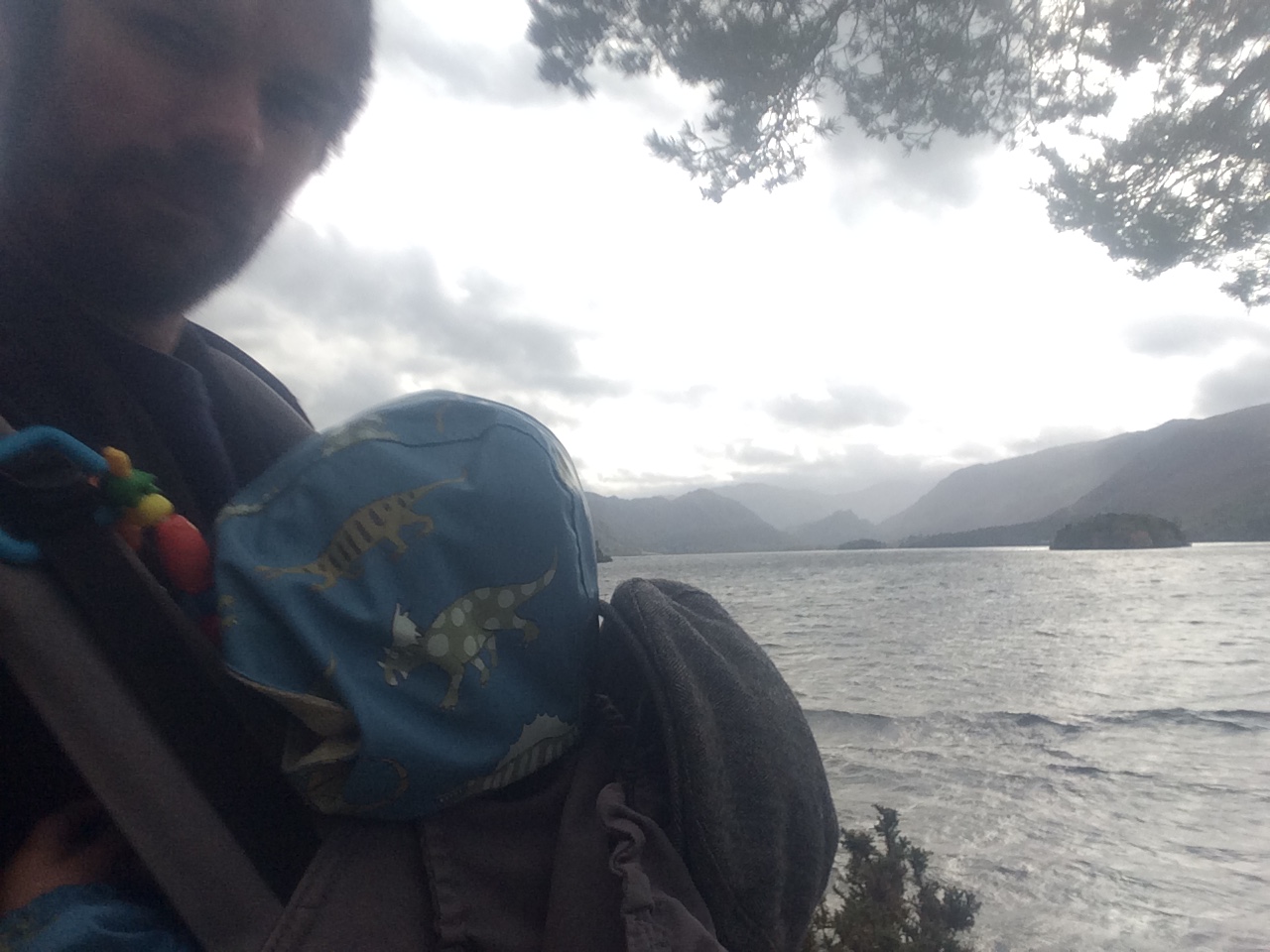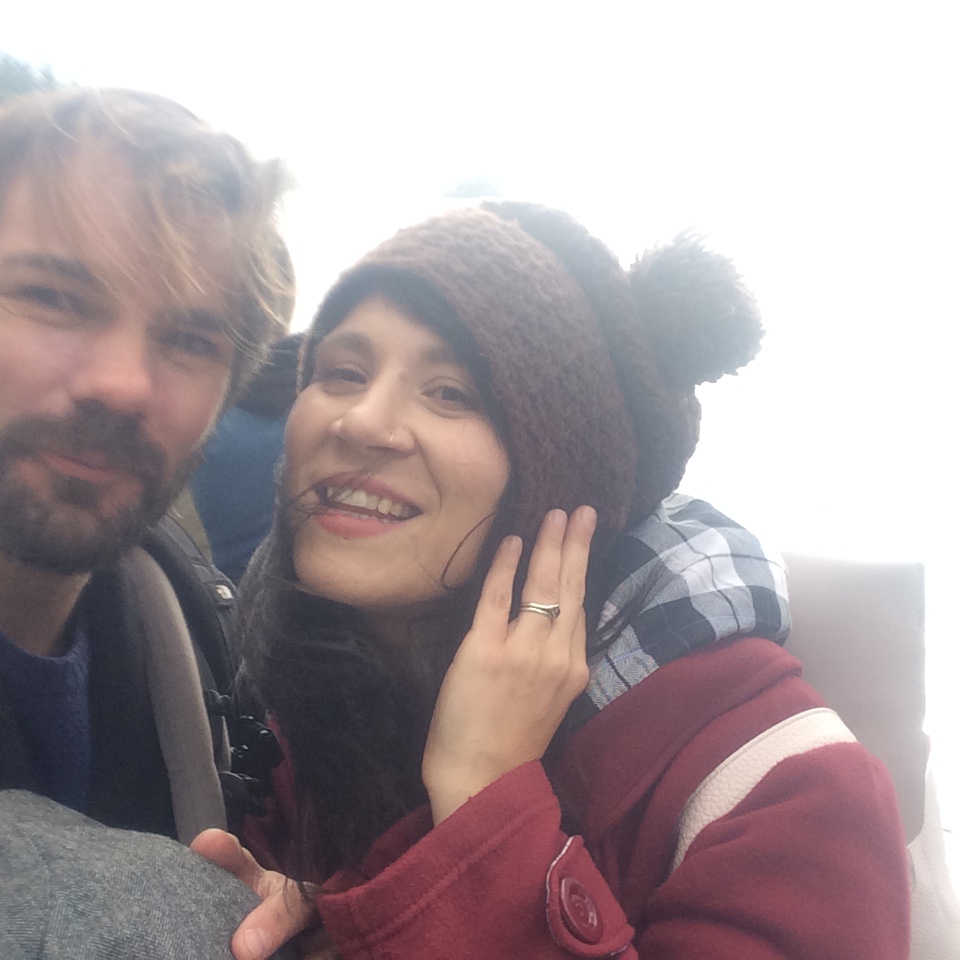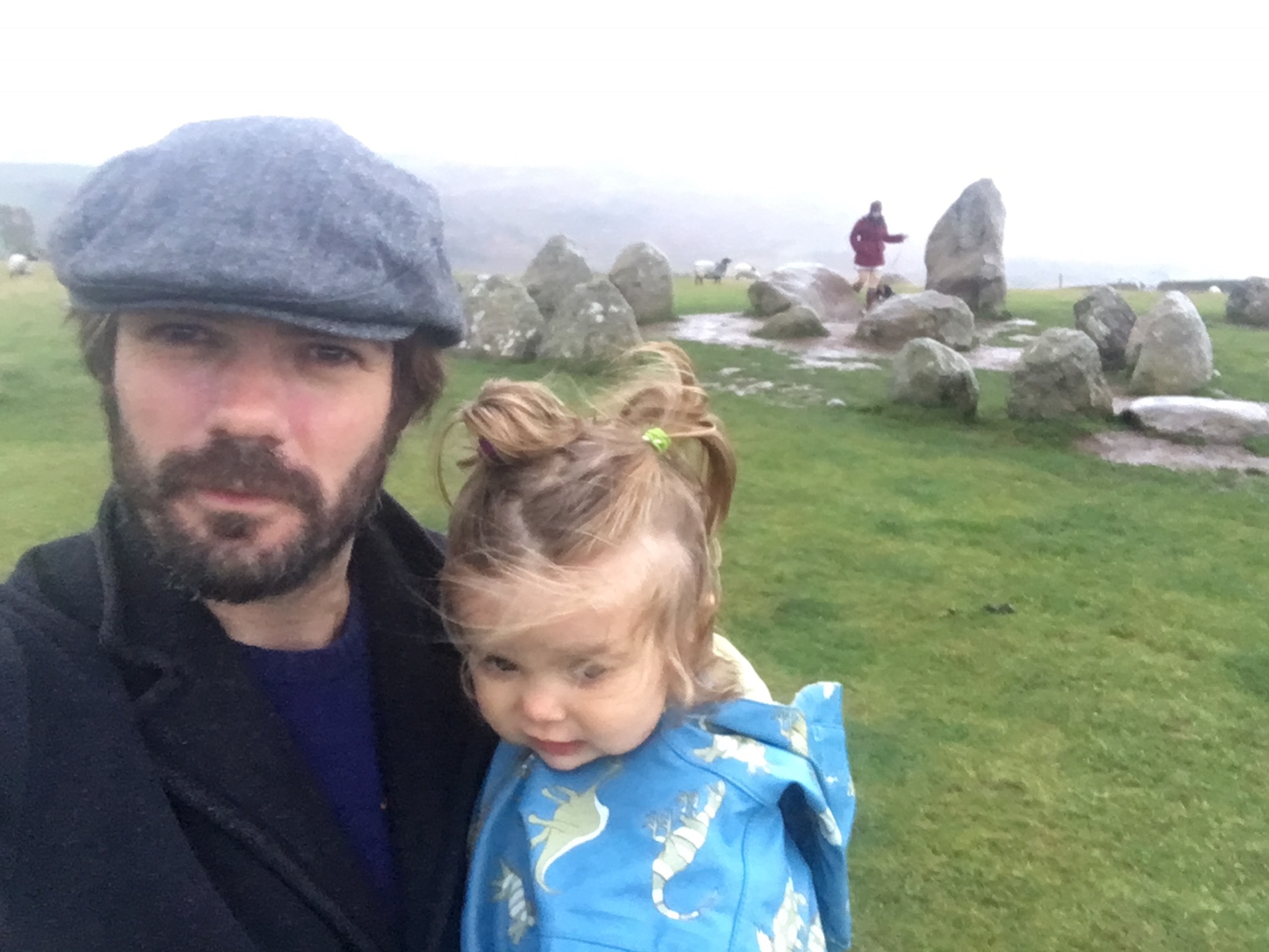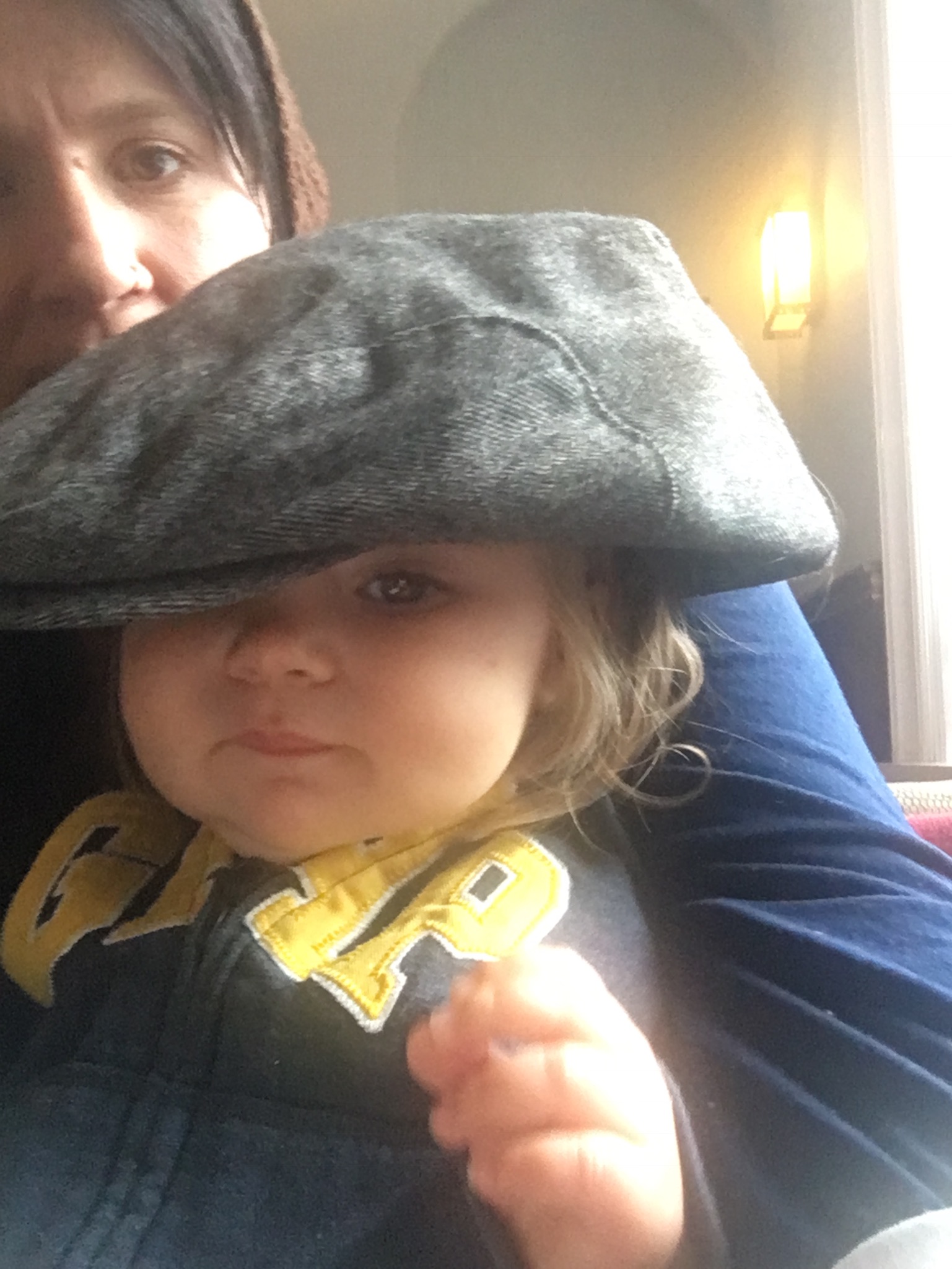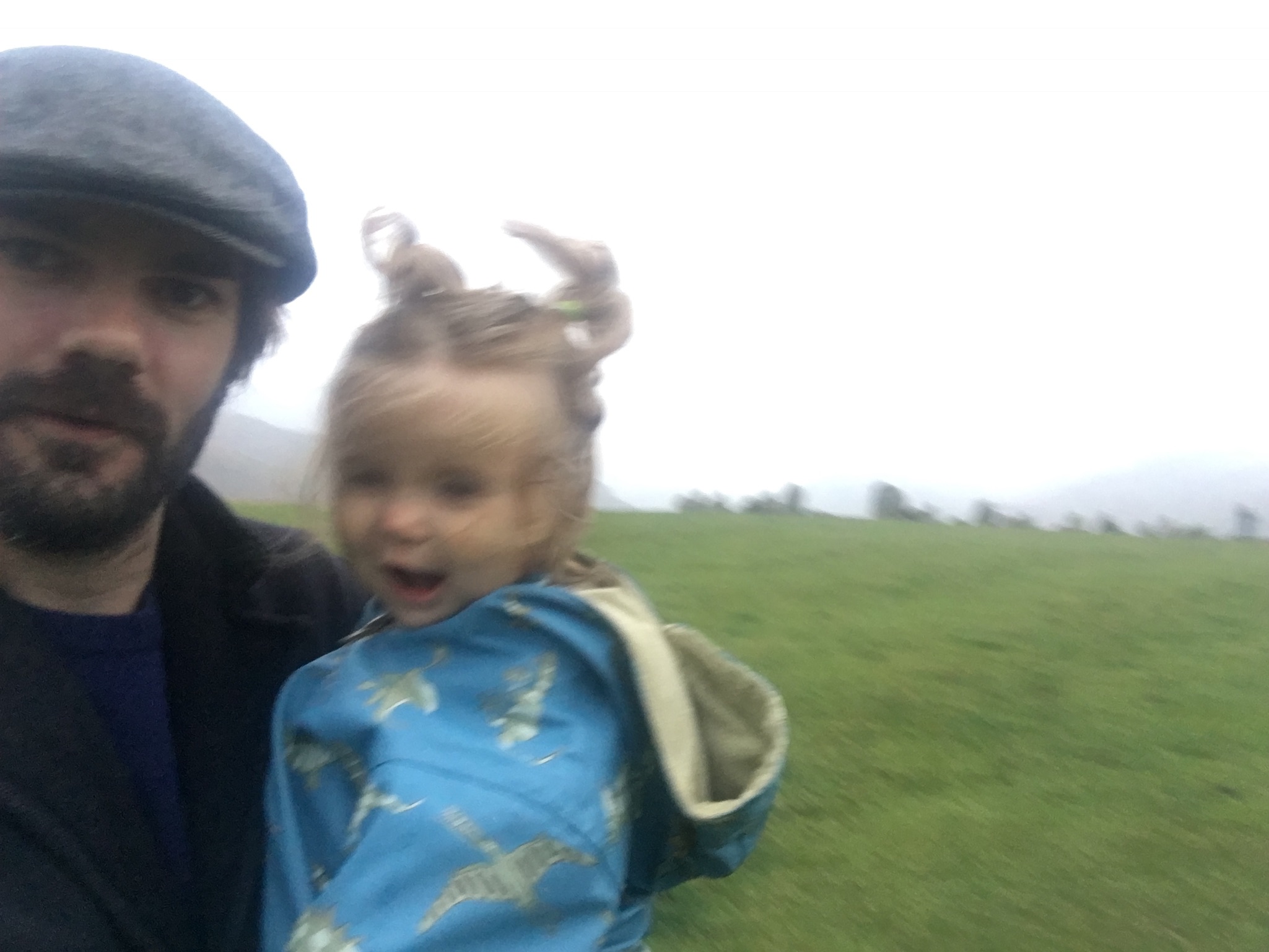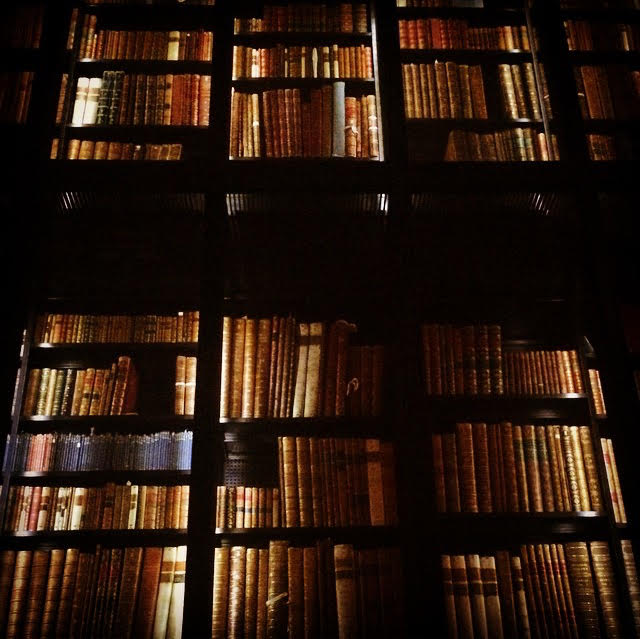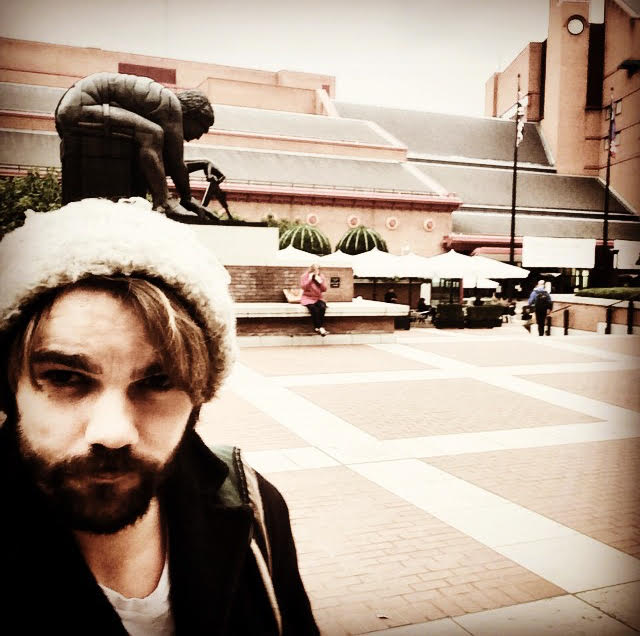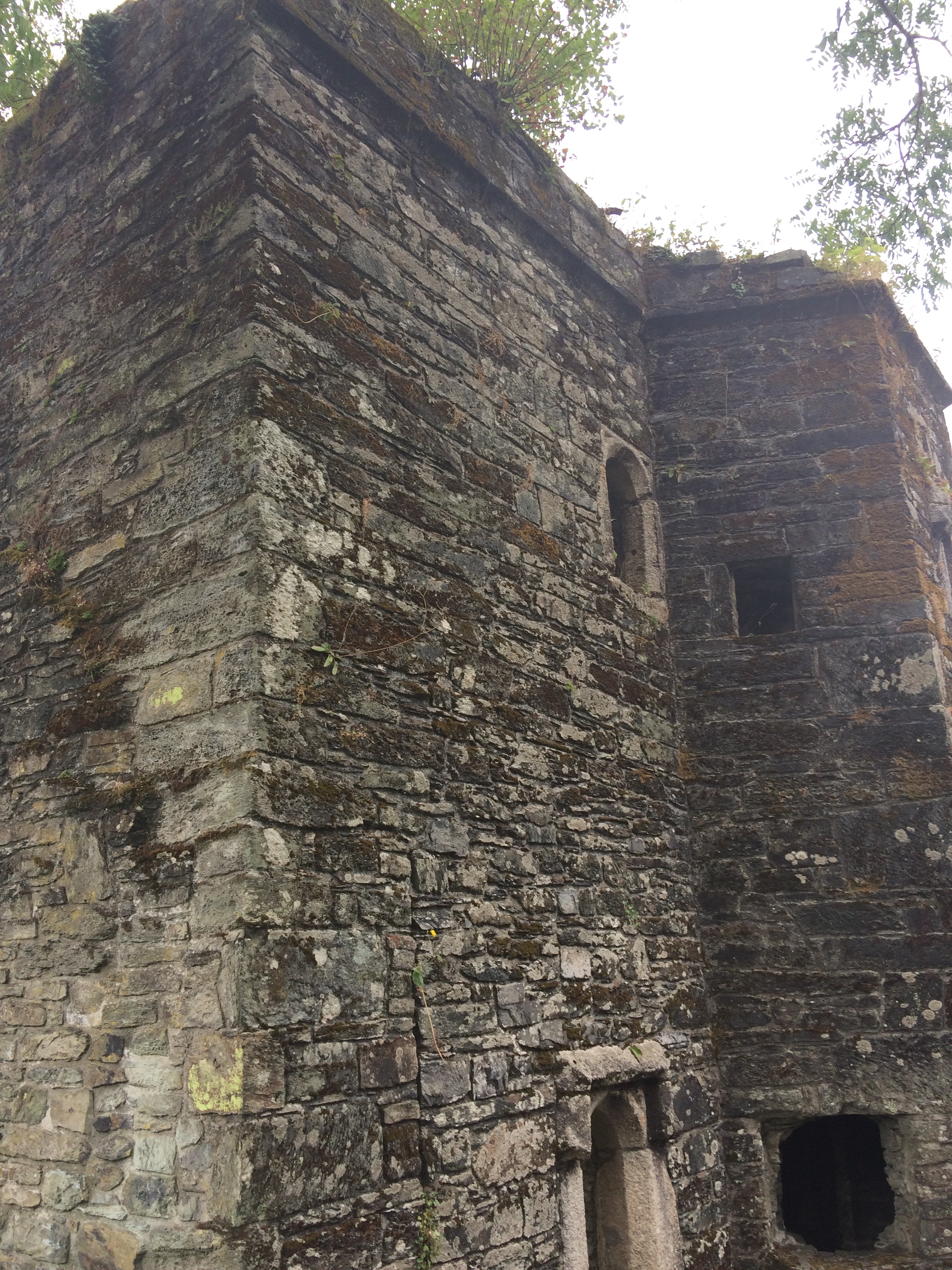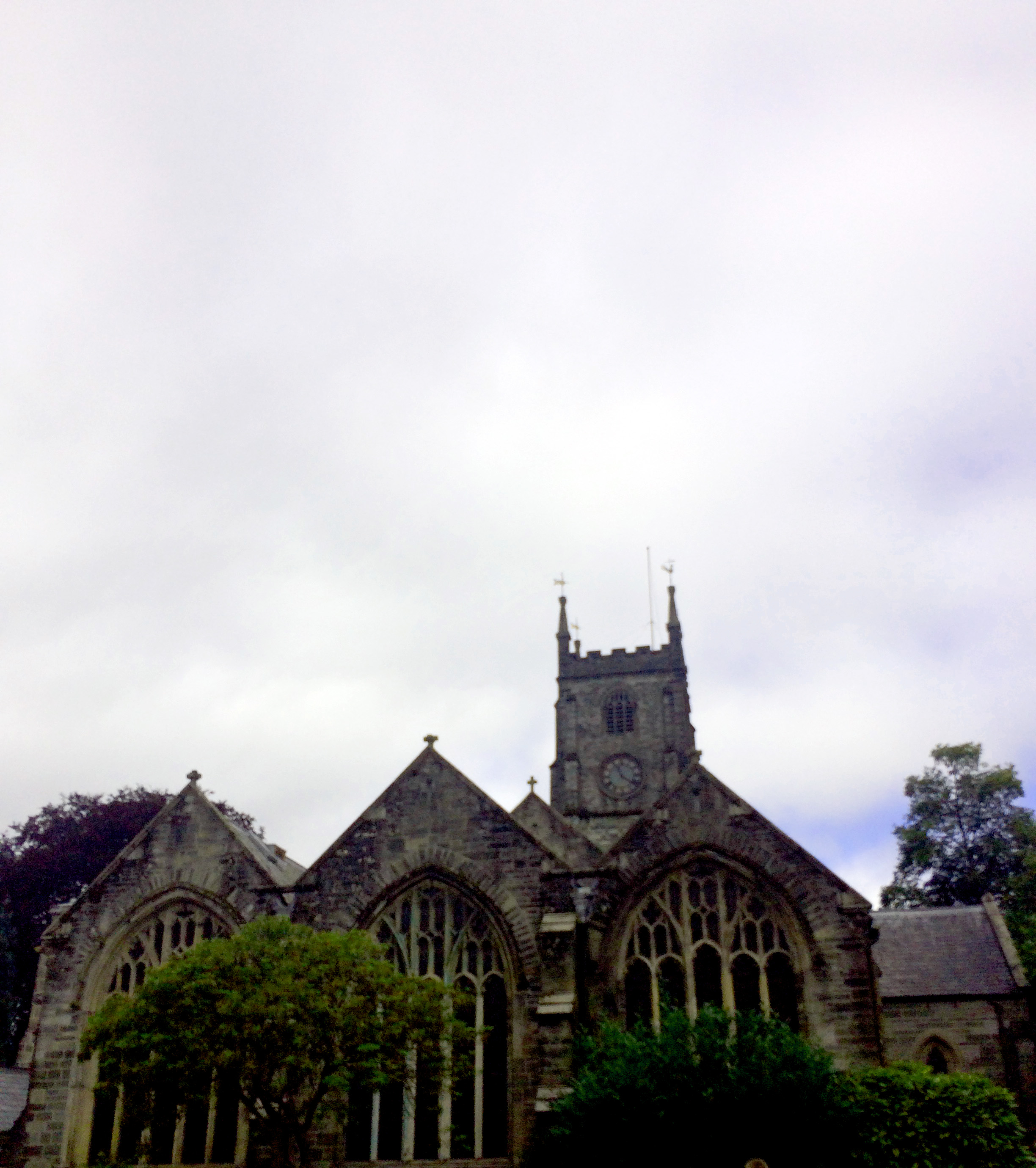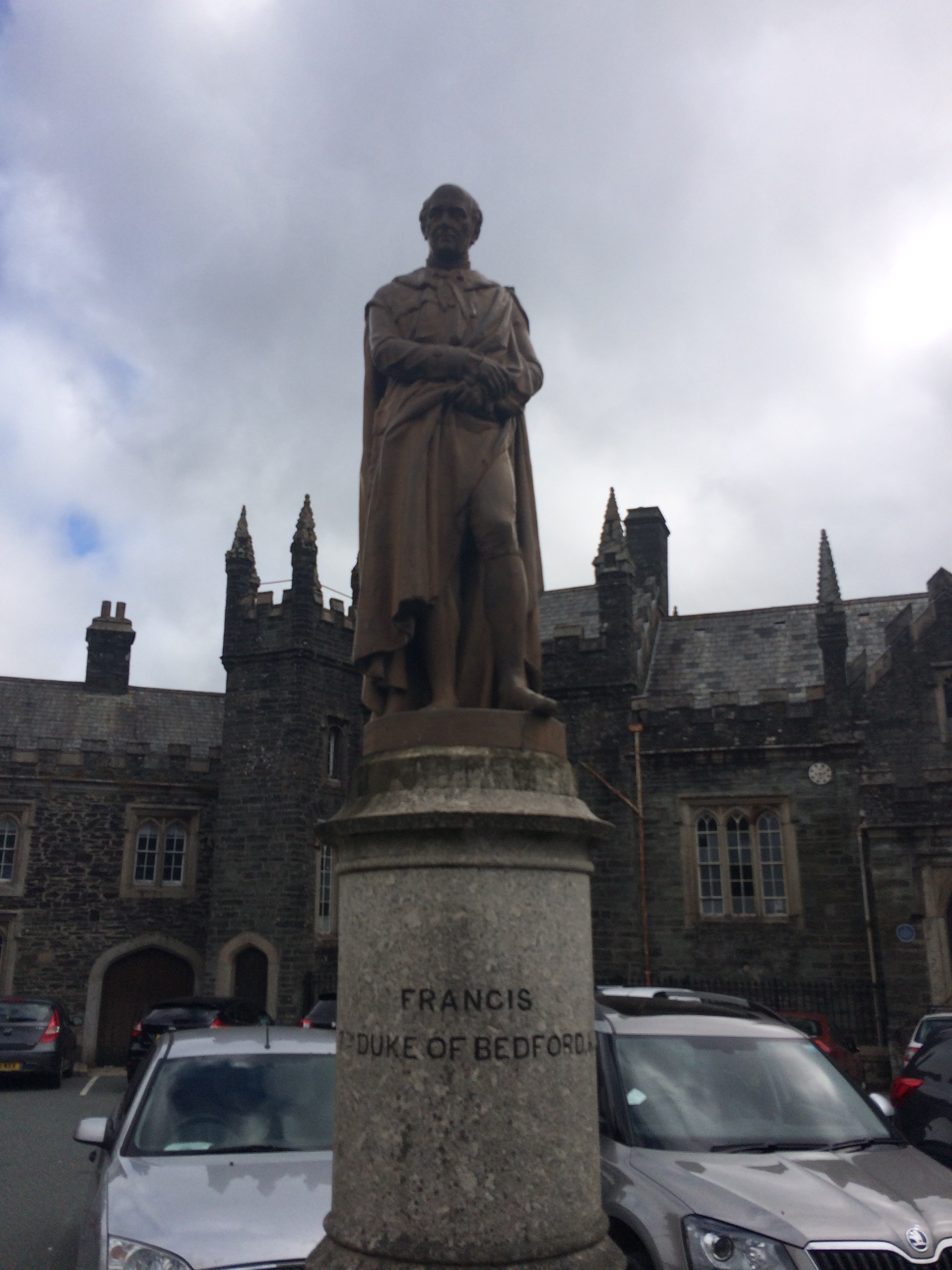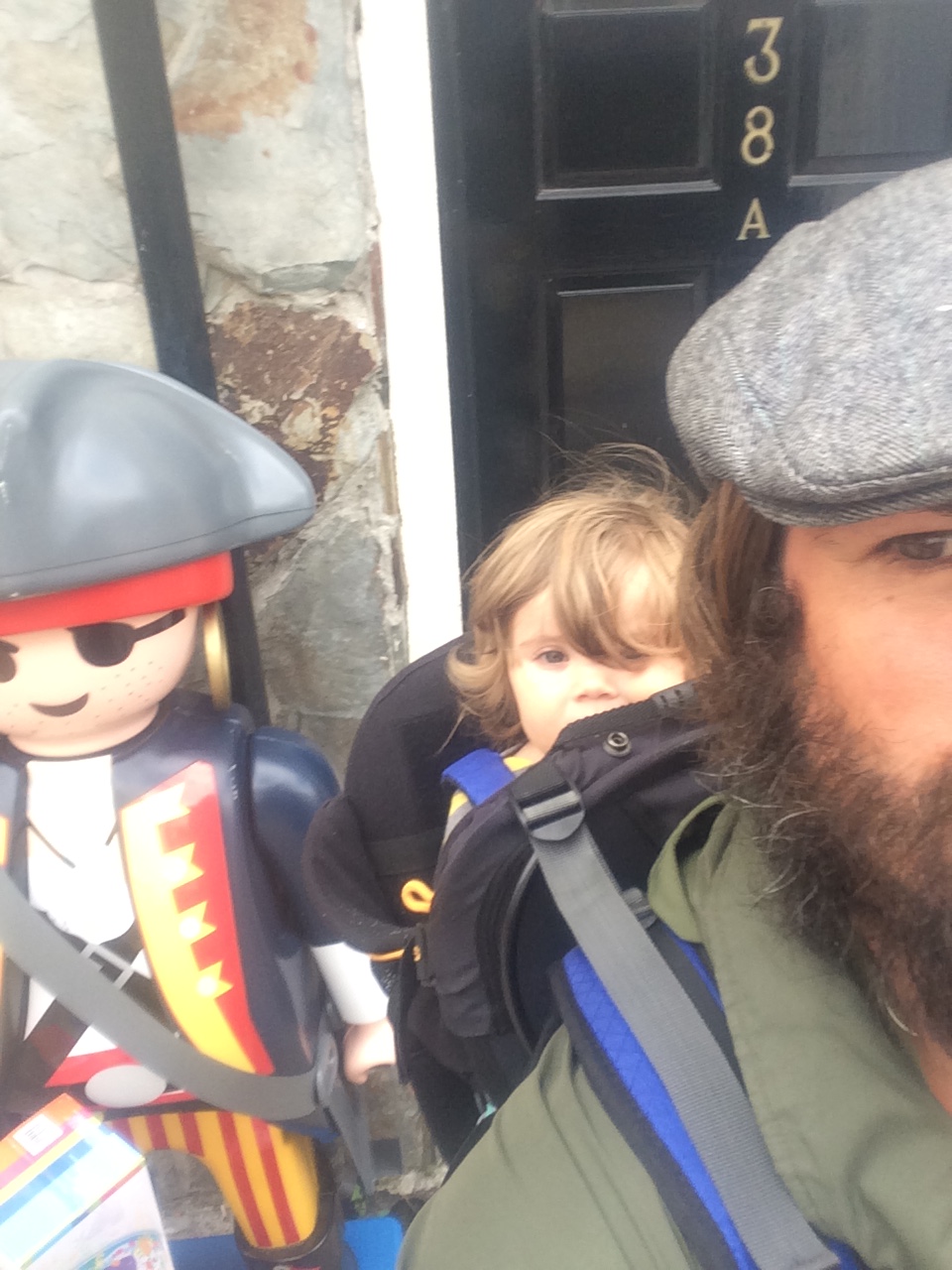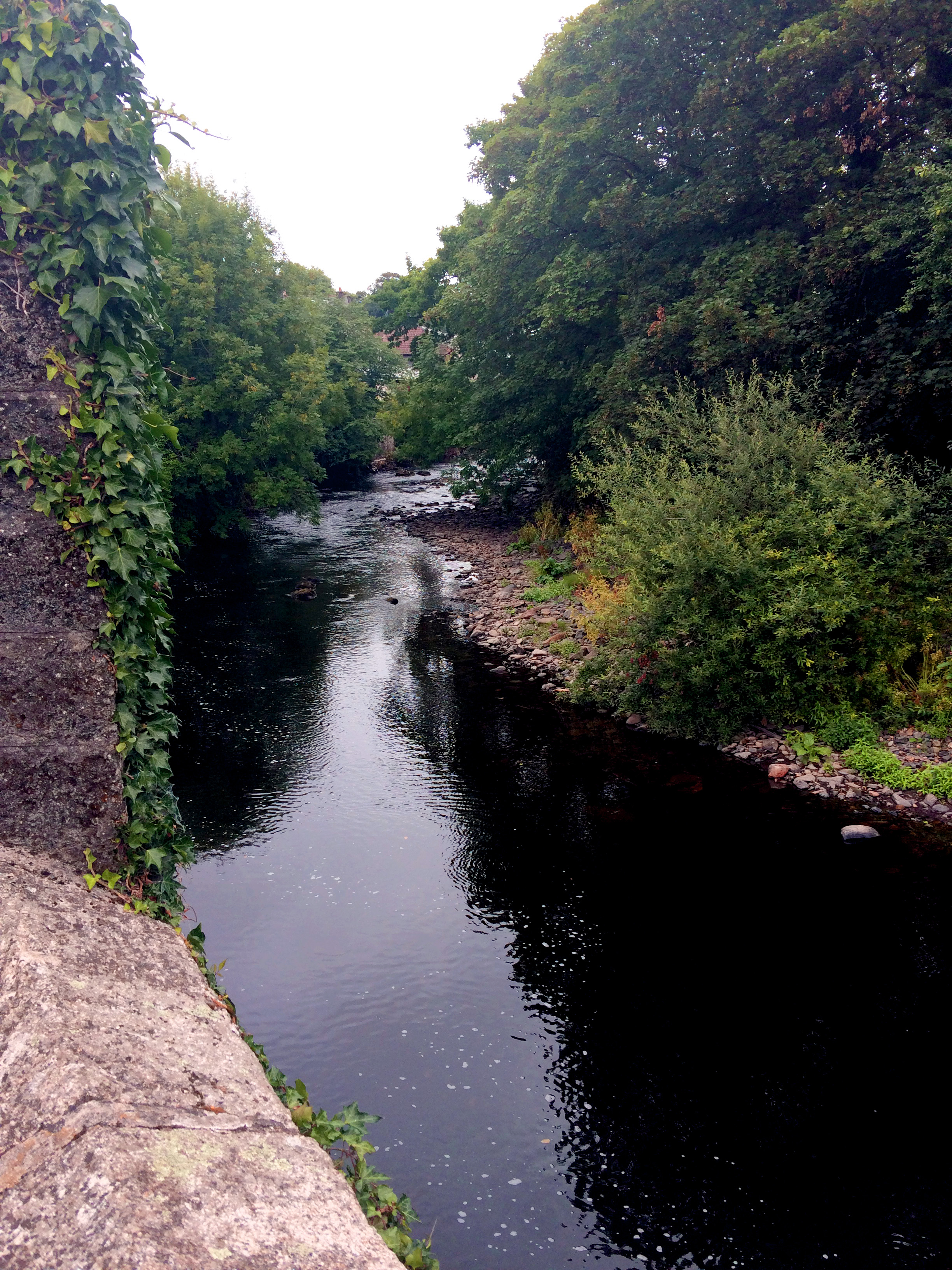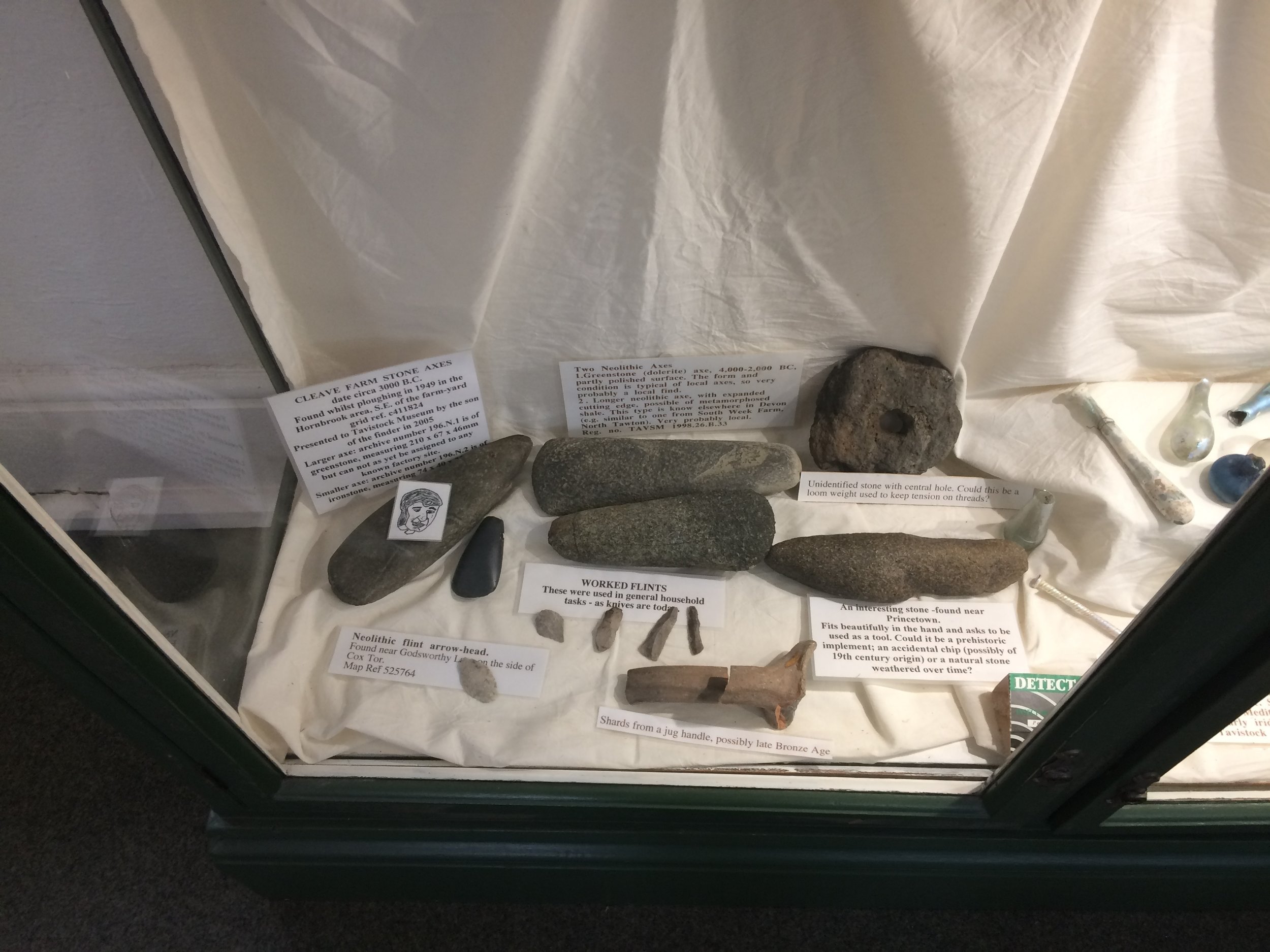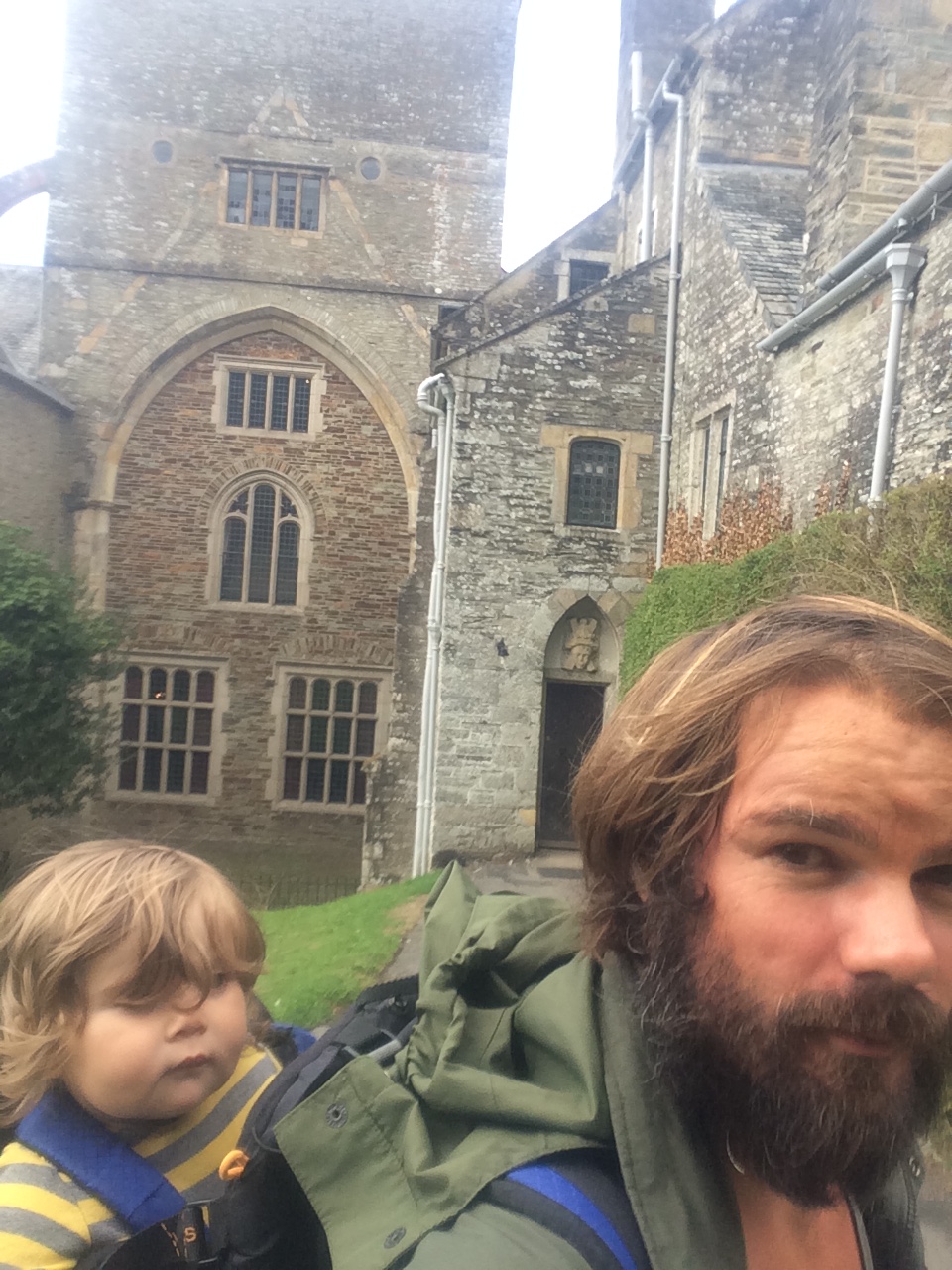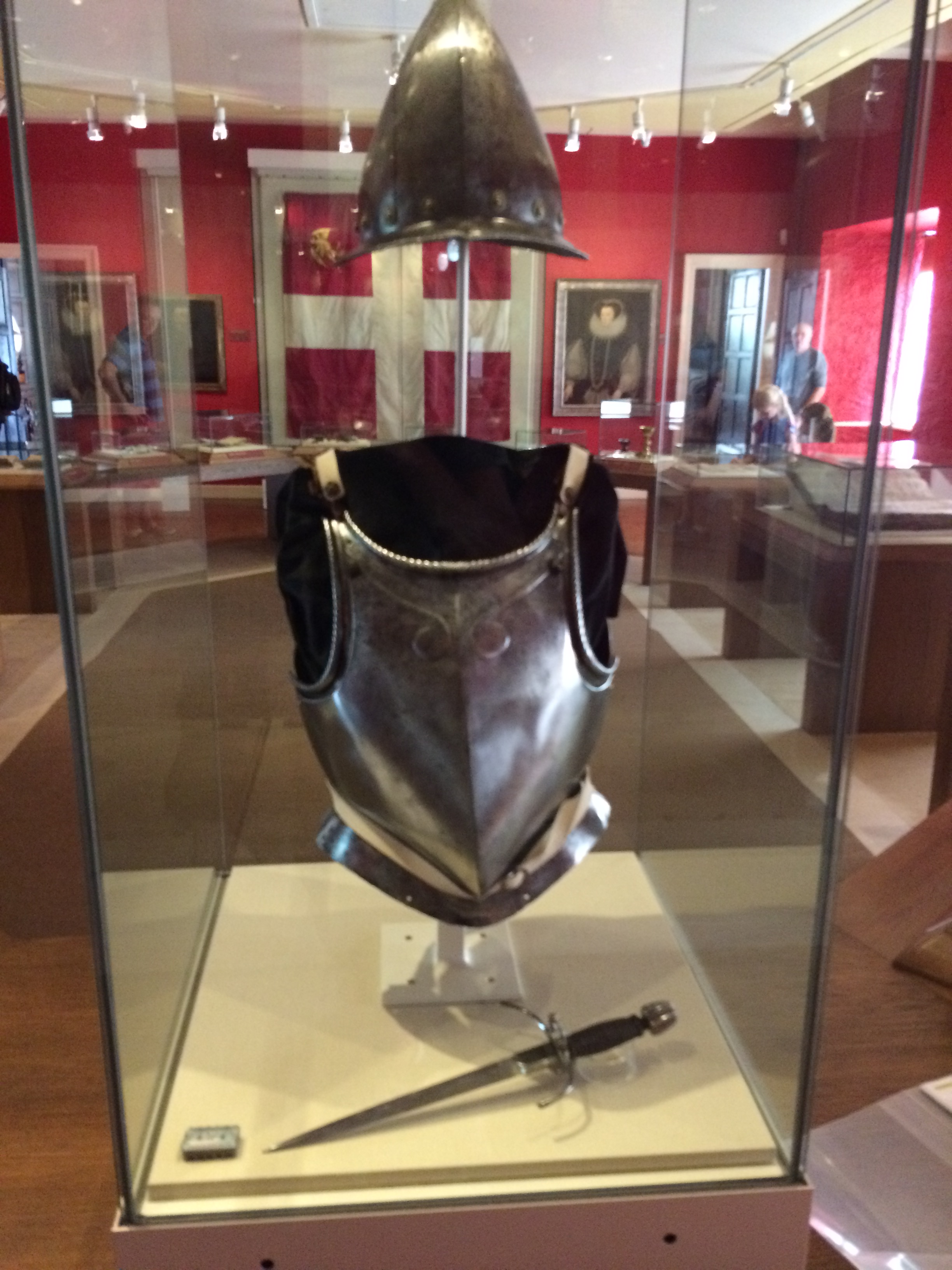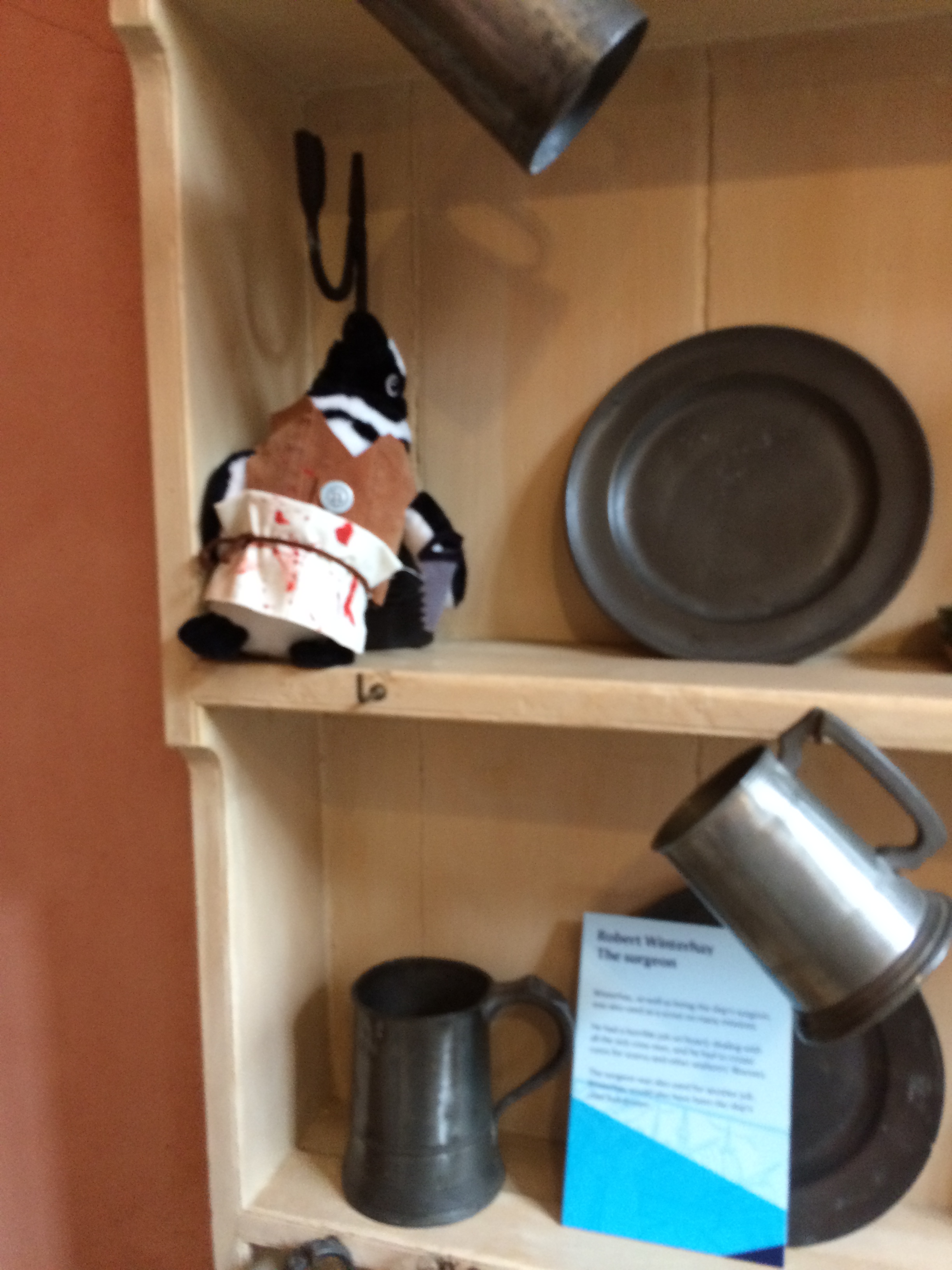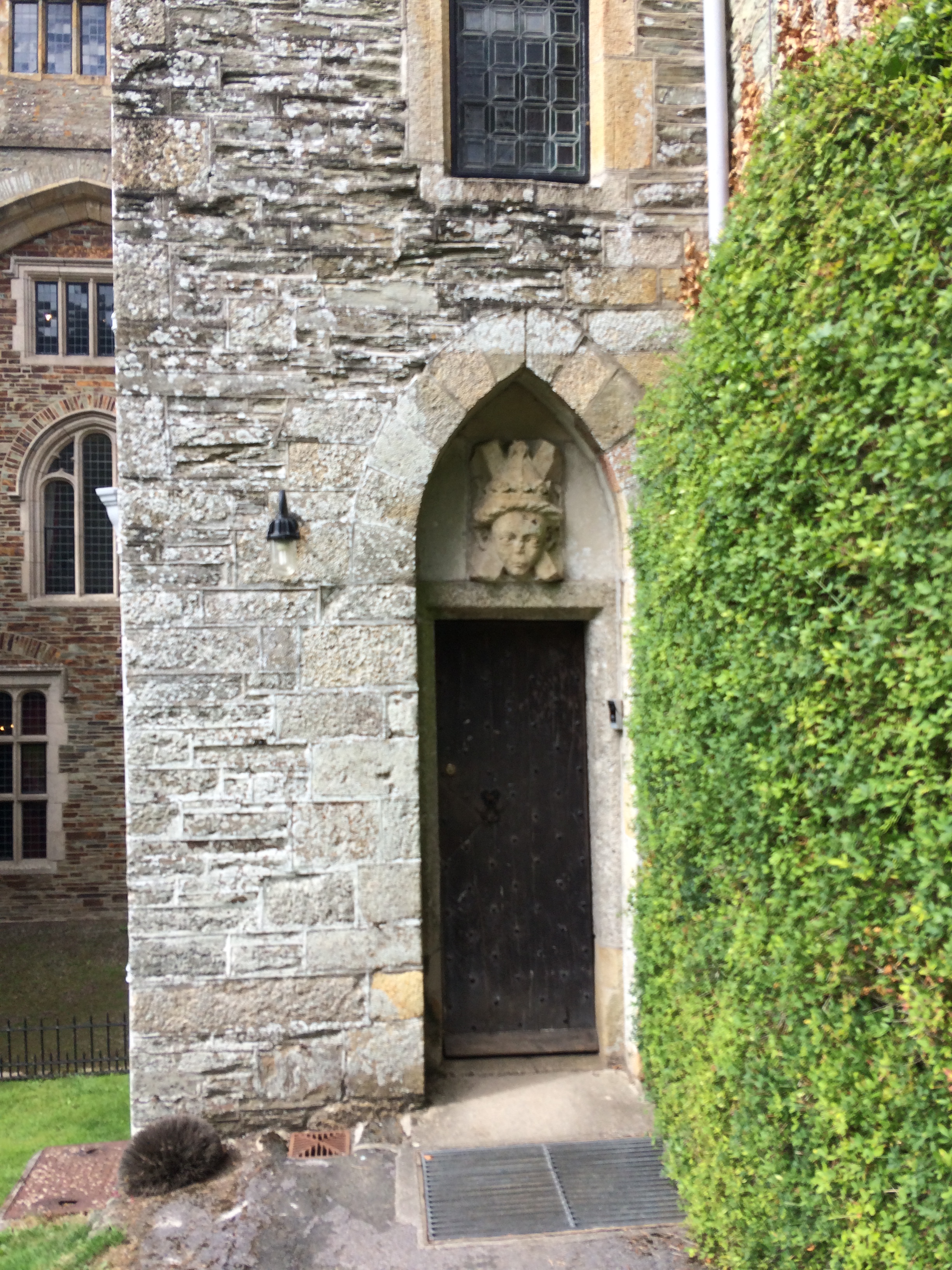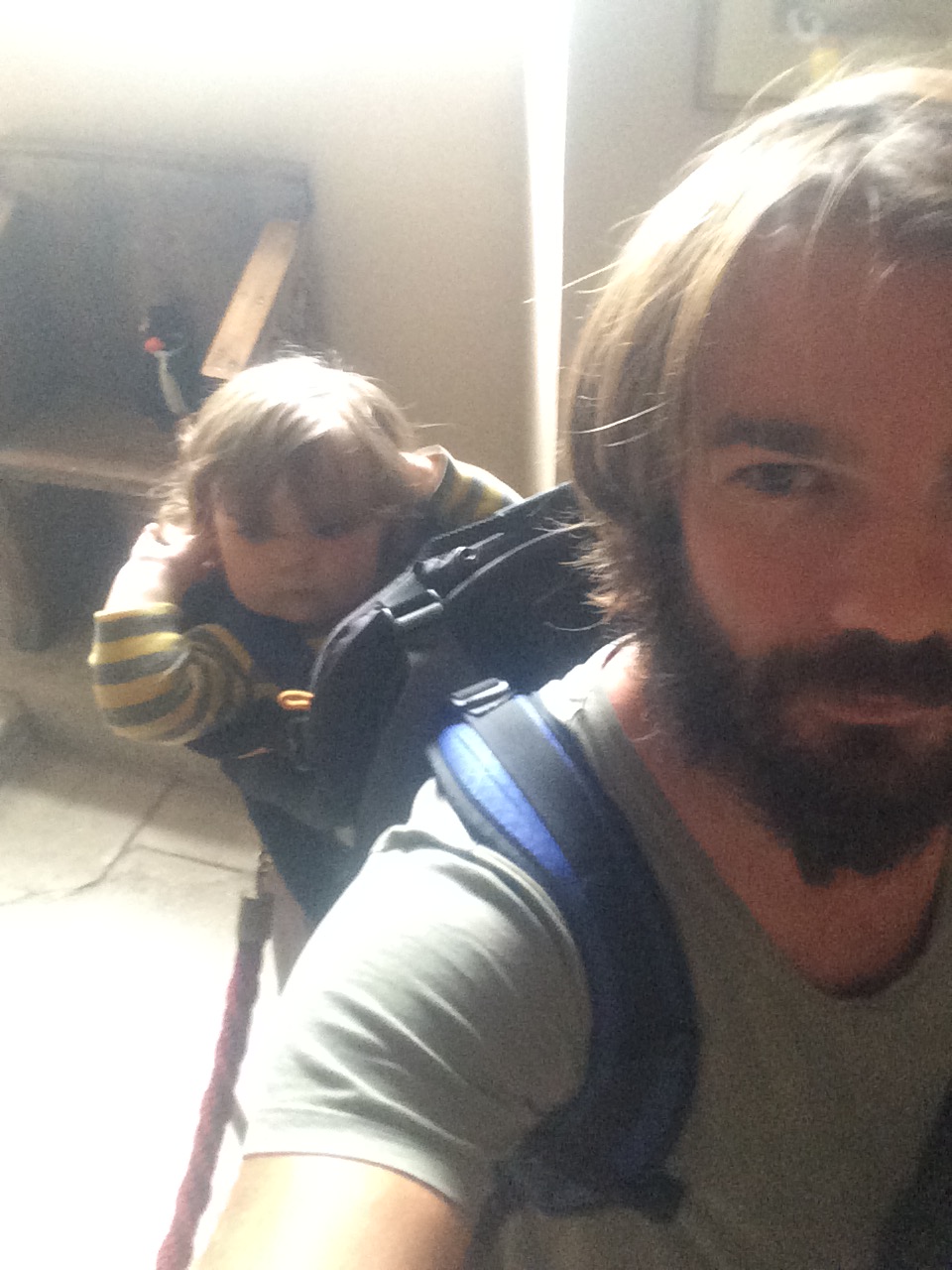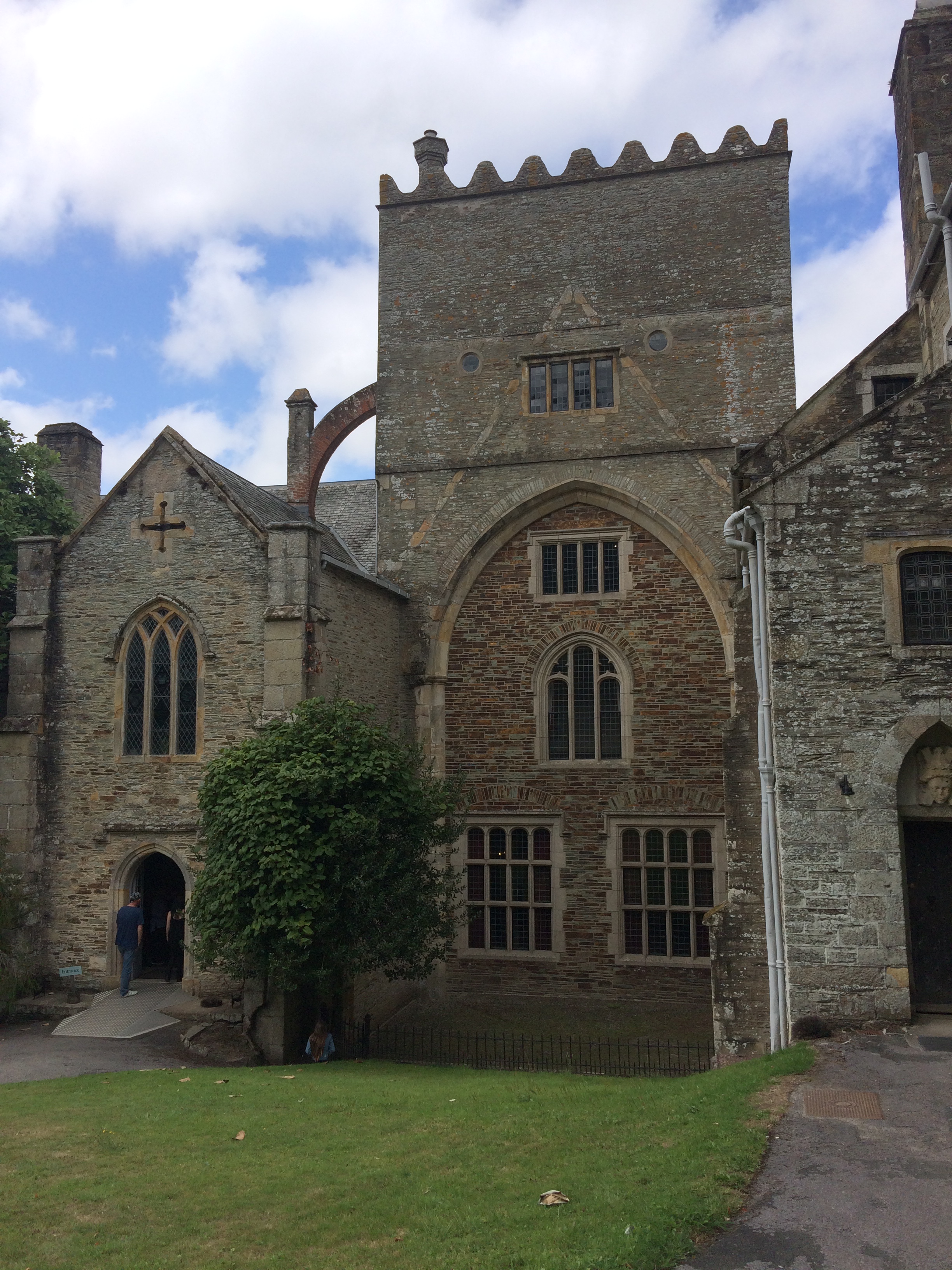Transcript follows:
There were disturbing scenes yesterday evening [6th January 2019] close to the former national village of the decade, St Neot. Local residents have described their terror as a vicious raid and prolonged gun fight took place on the outskirts of the village.
The explosive assault broke out at approximately 19.35 GMT. Witness reports indicate that an archaeological expedition had been working around the clock at a protected site to unearth ‘at risk’ prehistoric remains thought to have survived beneath the ground. The site lies close to known archaeological remains on Berry Down, understood to be an Iron Age hillfort. Professional investigators were researching linked communities in the area when the gang of masked raiders arrived on quad bikes and attacked.
Despite the isolation of the area, and the surprise of the attack, the archaeology team were able to act swiftly to protect all members of their staff and escape the hill top unharmed, however, it is feared the site may have been significantly damaged during the raid.
The parish of St Neot resides within a dynamic landscape and boasts part of Bodmin Moor on its northern border. The Moor is famed for its thriving Bronze Age community with over 200 settlements recorded in the landscape, including the remains of a vast quantity of roundhouses. This style of structure continued into the Iron Age and buildings here are likely to have belonged to the Dumnonii tribe, thought to hold the balance of power in Iron Age Cornwall.
Though there is clear evidence for prehistoric farming communities throughout the area; sites close to St Neot are believed to have gained prevalence due to the thriving tin trade for which Cornwall is famous. Tin was a valuable commodity and was traded globally from this corner of ancient Britain. The wealth of the metal, used in the manufacture of bronze, was well known and documented in classical accounts of the age from Pytheas to Herodotus, amongst others.
Mining and metalwork is thought to have been closely associated with ancient perceptions of magic. It is argued that these hidden treasures from deep within the earth and the alchemy of merging liquid metals to create beautiful and possibly sacred objects, were highly regarded mystical aspects of Bronze and Iron Age life.
The excavations in St Neot are funded by local societies and businesses hoping to further understand the communities residing in the area 2500 years ago. Rumours were sparked amongst local residents earlier in the month when a journalist reported the discovery of an unusual artefact from a structure on one of the several archaeological sites. These rumours are as yet unconfirmed and the archaeology unit involved have so far been unavailable for comment, leading to further speculation surrounding the nature of last night’s raids. Enforced legal restrictions mean neither the unit involved nor the object in question can be named at this time, but the archaeology unit are confirmed to be cooperating and working closely with police on the matter.
“I heard they found a new type of metal, 100 times stronger than steel and it’s gonna revolutionise the aerospace industry, so they’re trying to keep it under wraps,” said one resident who preferred to remain anonymous.
“It’s a seam of gold they found, worth billions, but they don’t want residents to know anything about it because they know it belongs to the public,” claimed Bryan Berrywinkle, a customer relations officer at a Plymouth based gift store.
“I think they unearthed some bodies, but they were not anatomically correct… not for this planet anyway. That’s why the government have been stopping people getting through,” said Jilly Perry, a local school teacher.
Whatever has been excavated on the hill top, authorities are keen to keep publicity to a minimum. This reporter was threatened with severe action should this story go to print. It is my personal opinion that the importance of such discoveries belongs in the public realm, implications of the discovery are thought to be far reaching and therefore it is a duty to report on such events. Particularly in light of the incidents yesterday evening.
Police remain at the scene where it is understood excavations will continue once a cleanup operation and an inventory have been completed. A senior officer confirmed the event is not being treated as a terror attack but may involve gang related activity.
The suspects have been described by police as four men in their mid twenties, all above six foot tall with muscular build. They were dressed in grey body suits and wearing dark gas masks during the raid, and were riding four TGB Blade 1000LT deluxe silver quad bikes.
If you have any information regarding the events of last night’s attack, a police hotline has been set up on 01579 957 9921, alternatively an email account has been created for anyone who wishes to relay information, at hilltopincident.info@devonandcornwall.police.uk. Police are urging anyone with information to come forward immediately. The assailants remain on the loose; they are armed and considered a serious threat to public safety. Police are pleading with the public to remain vigilant and under no circumstances to approach suspected gang members.
This publication also welcomes any information which may lead to the capture or identification of the gang members, and any information regarding the findings of the excavation which may assist the enquiries. We pay for your stories. See below for contact details.





